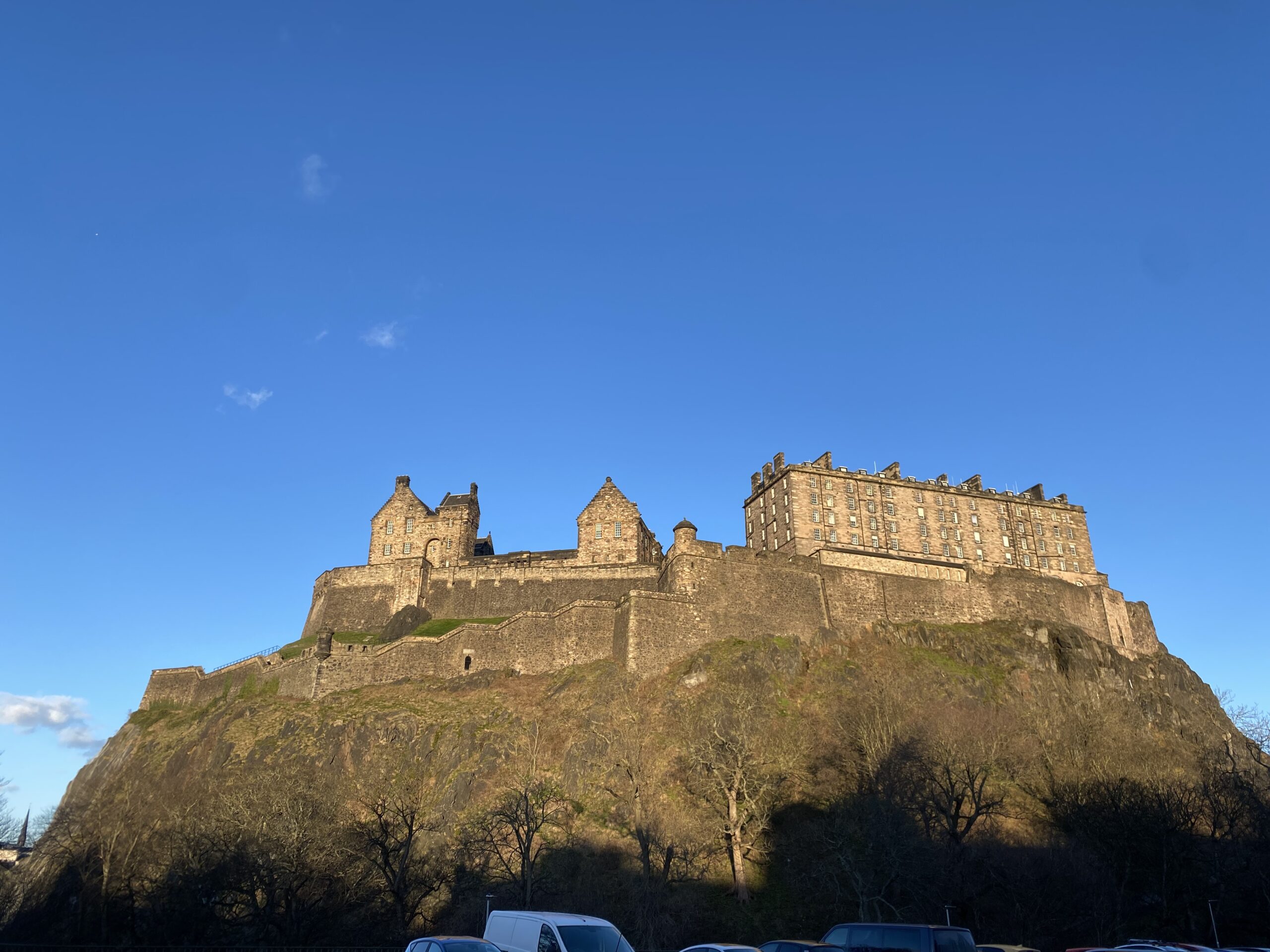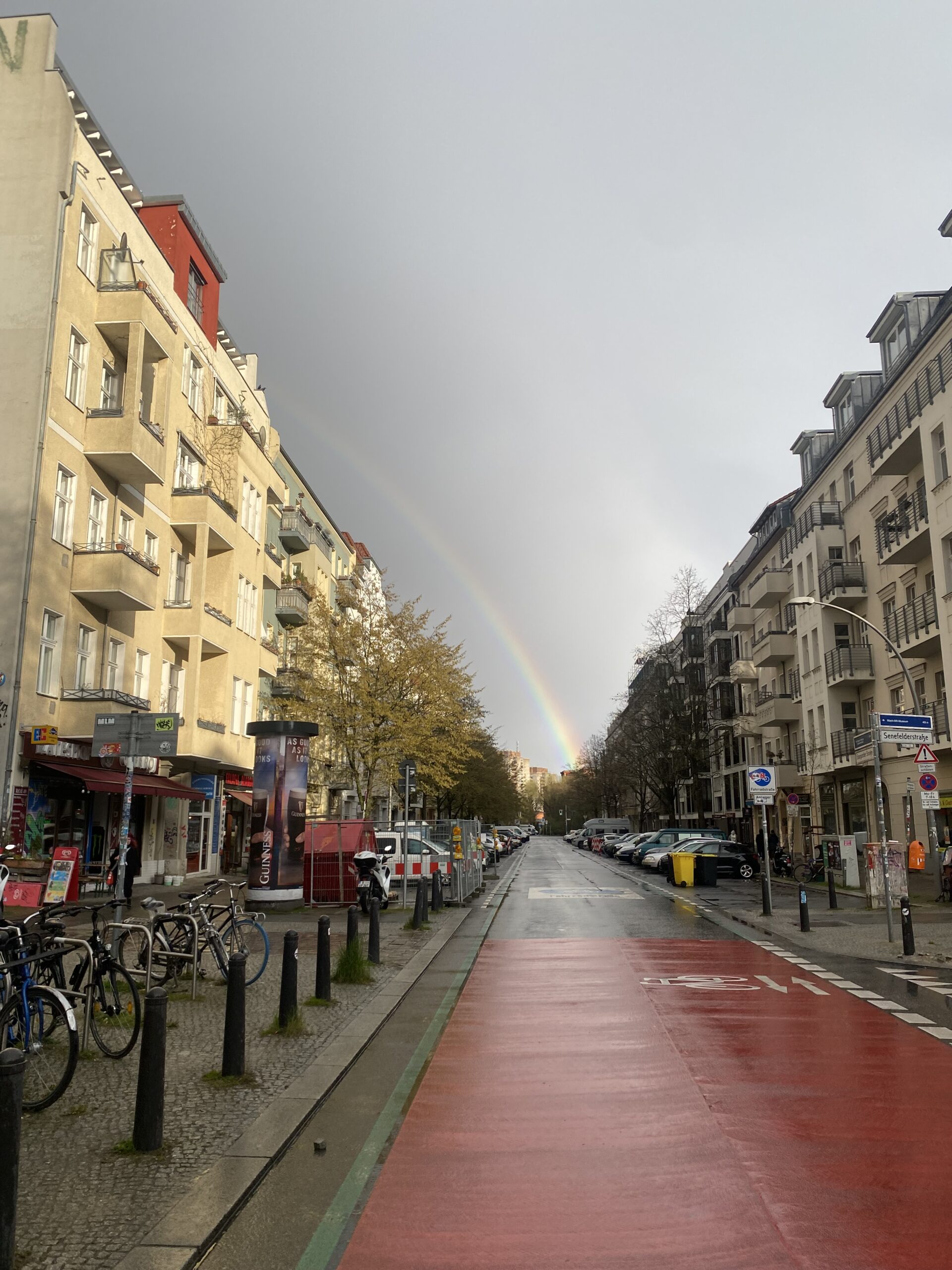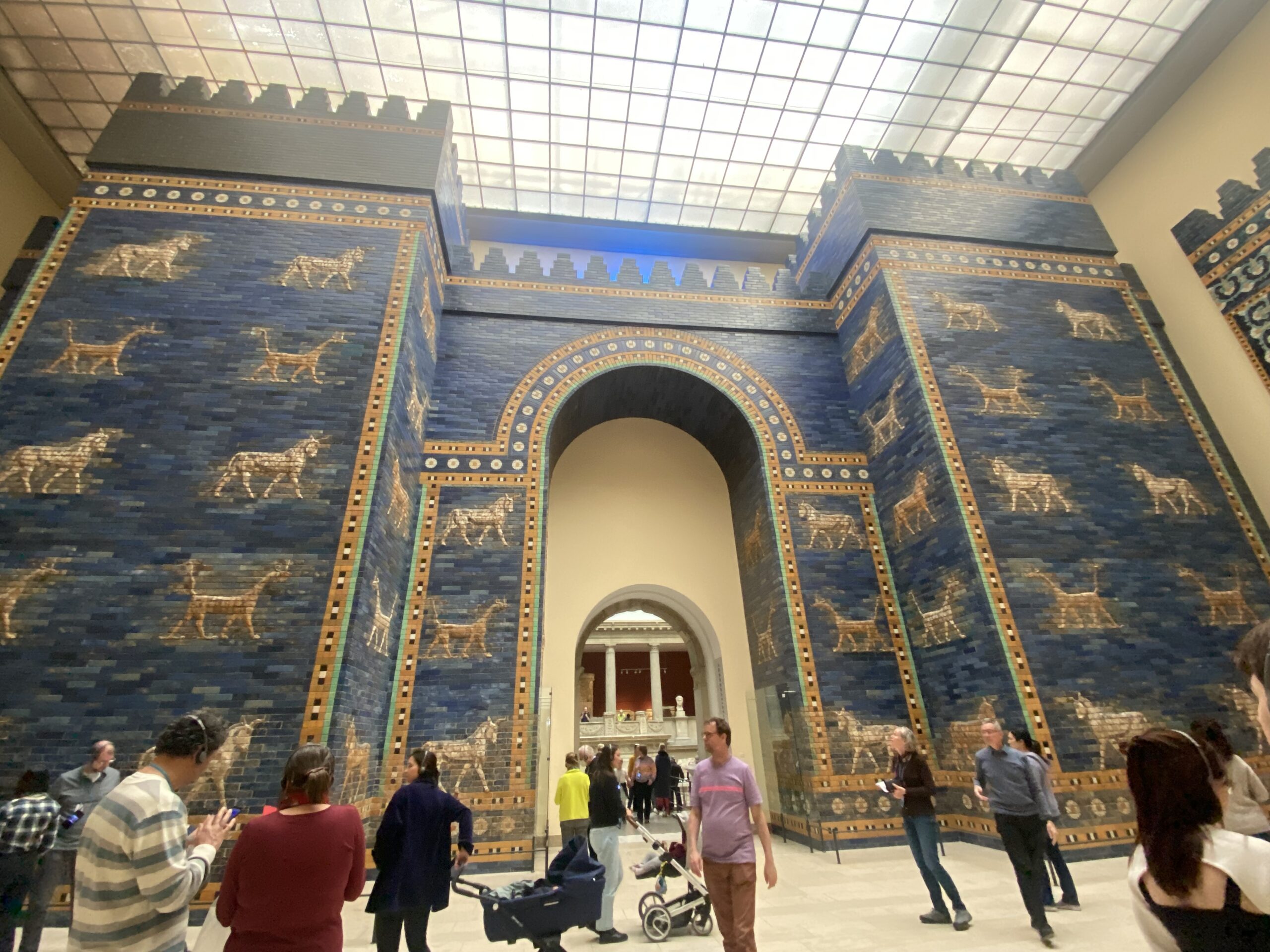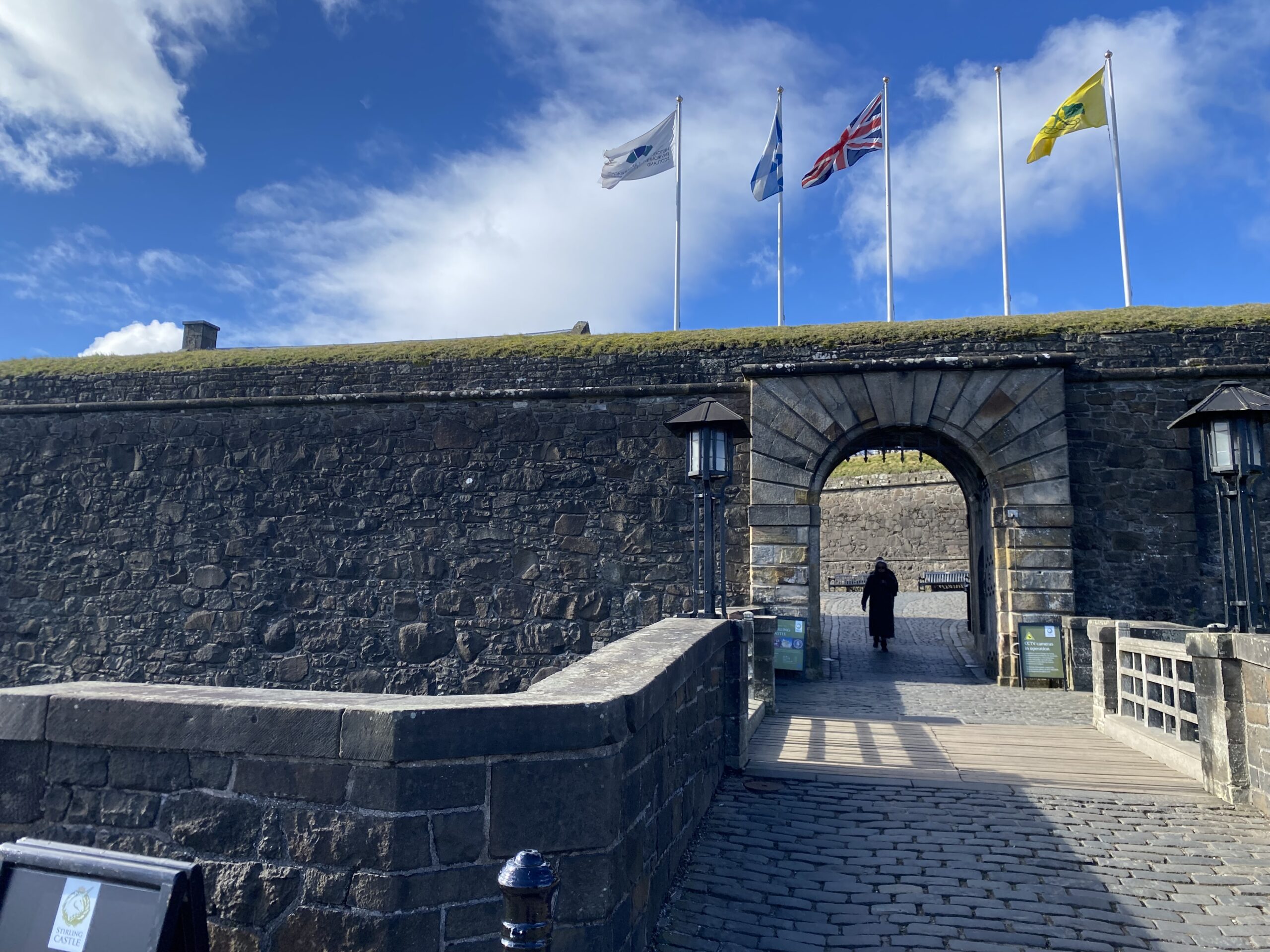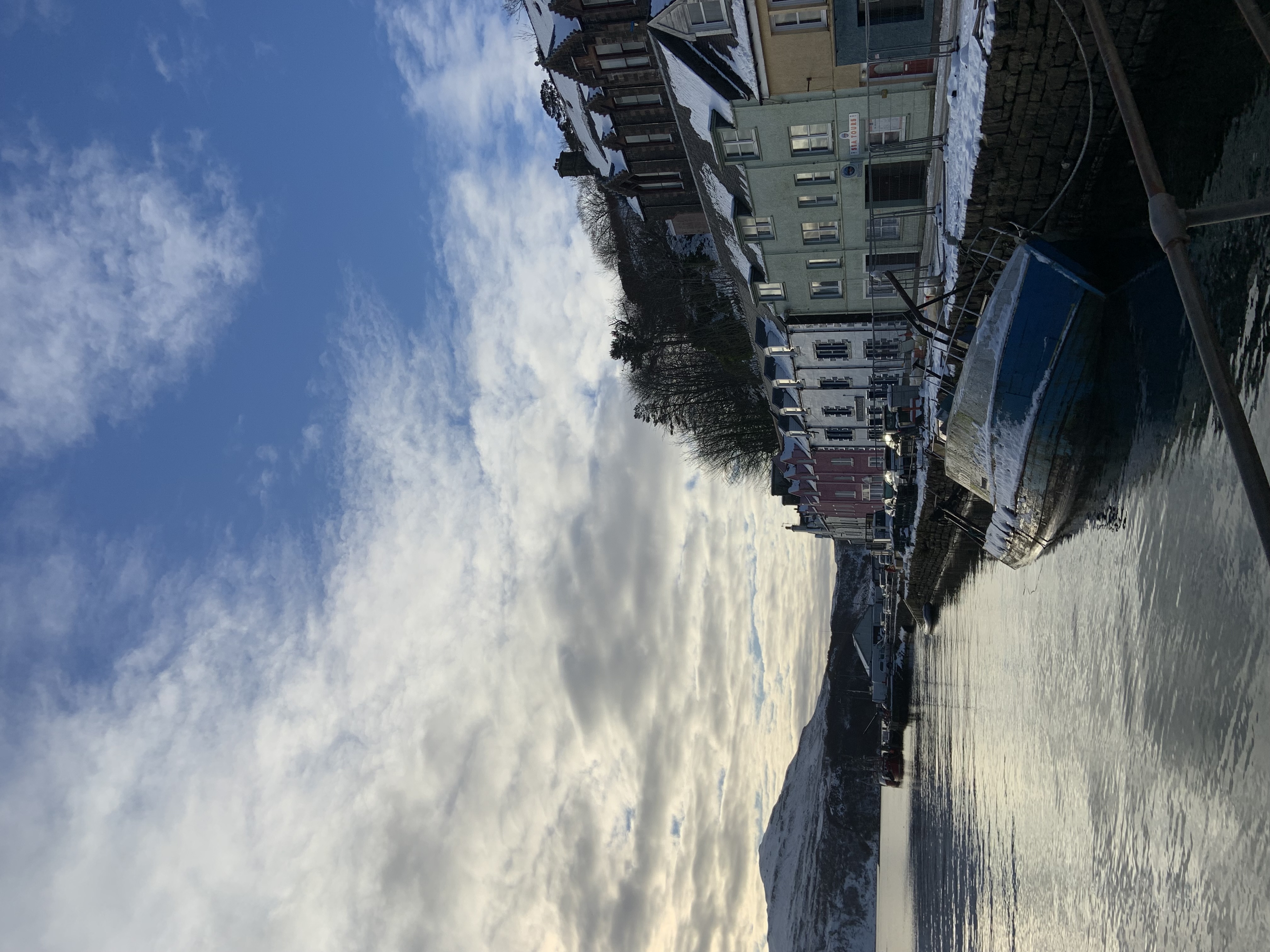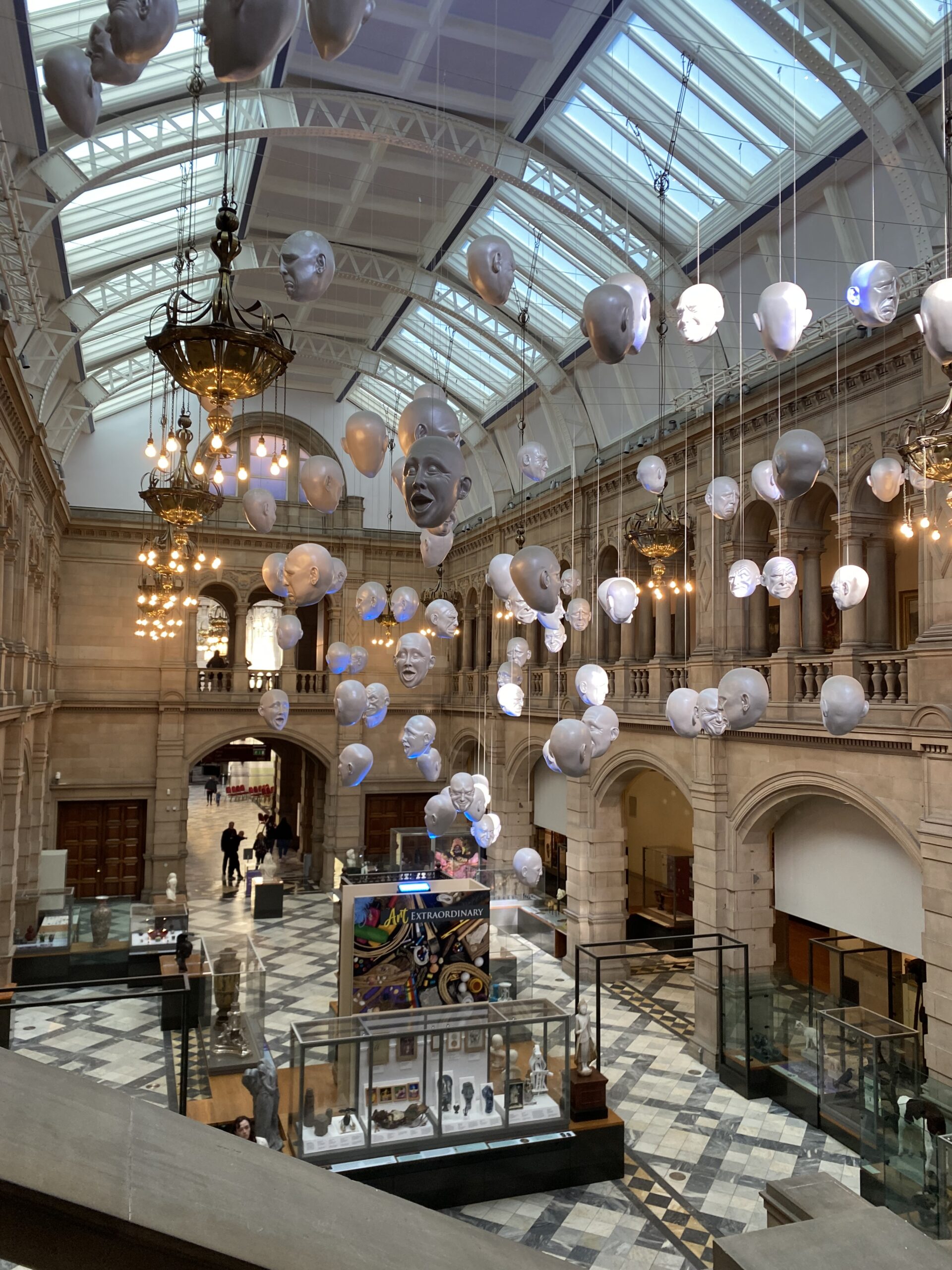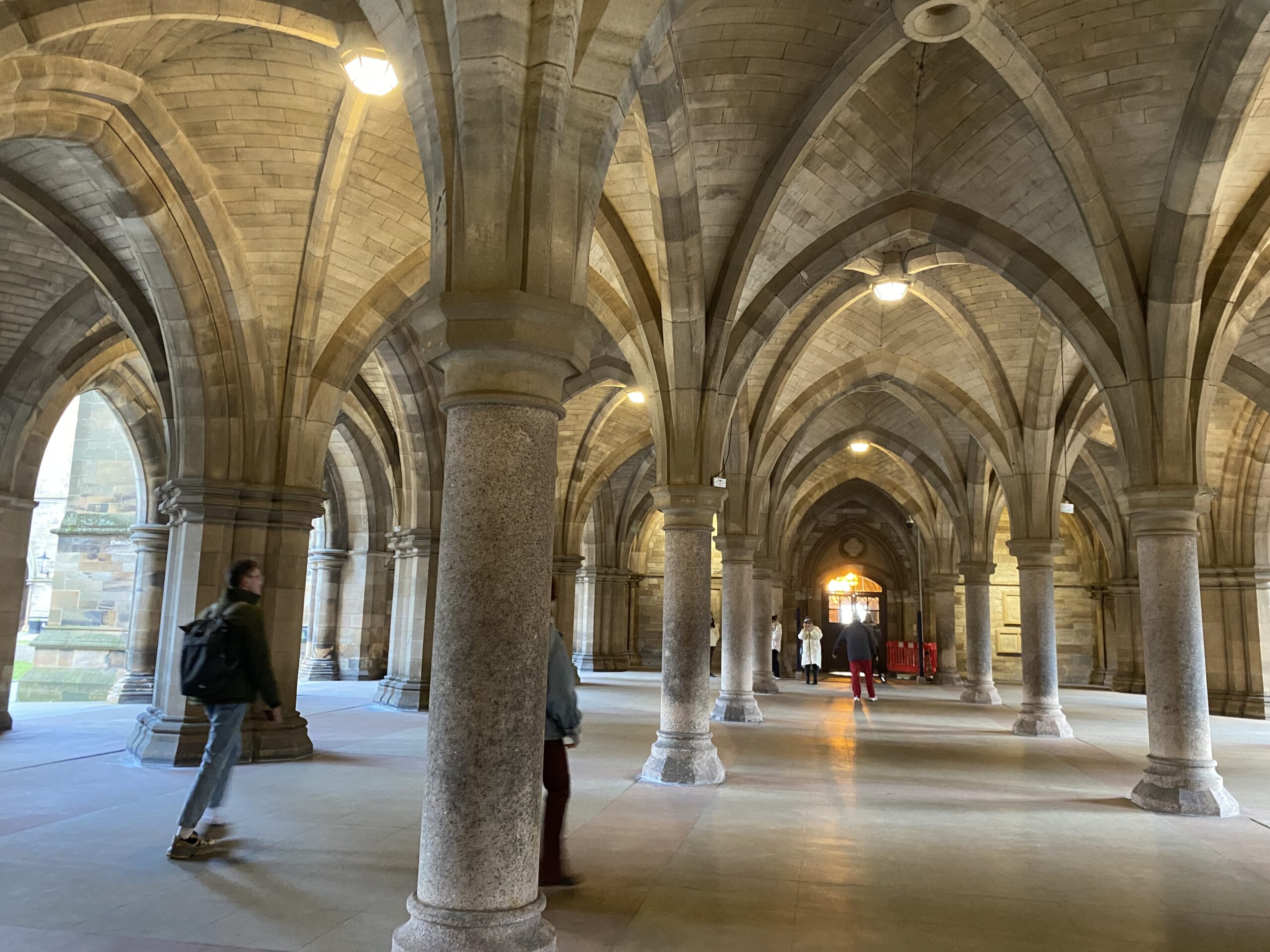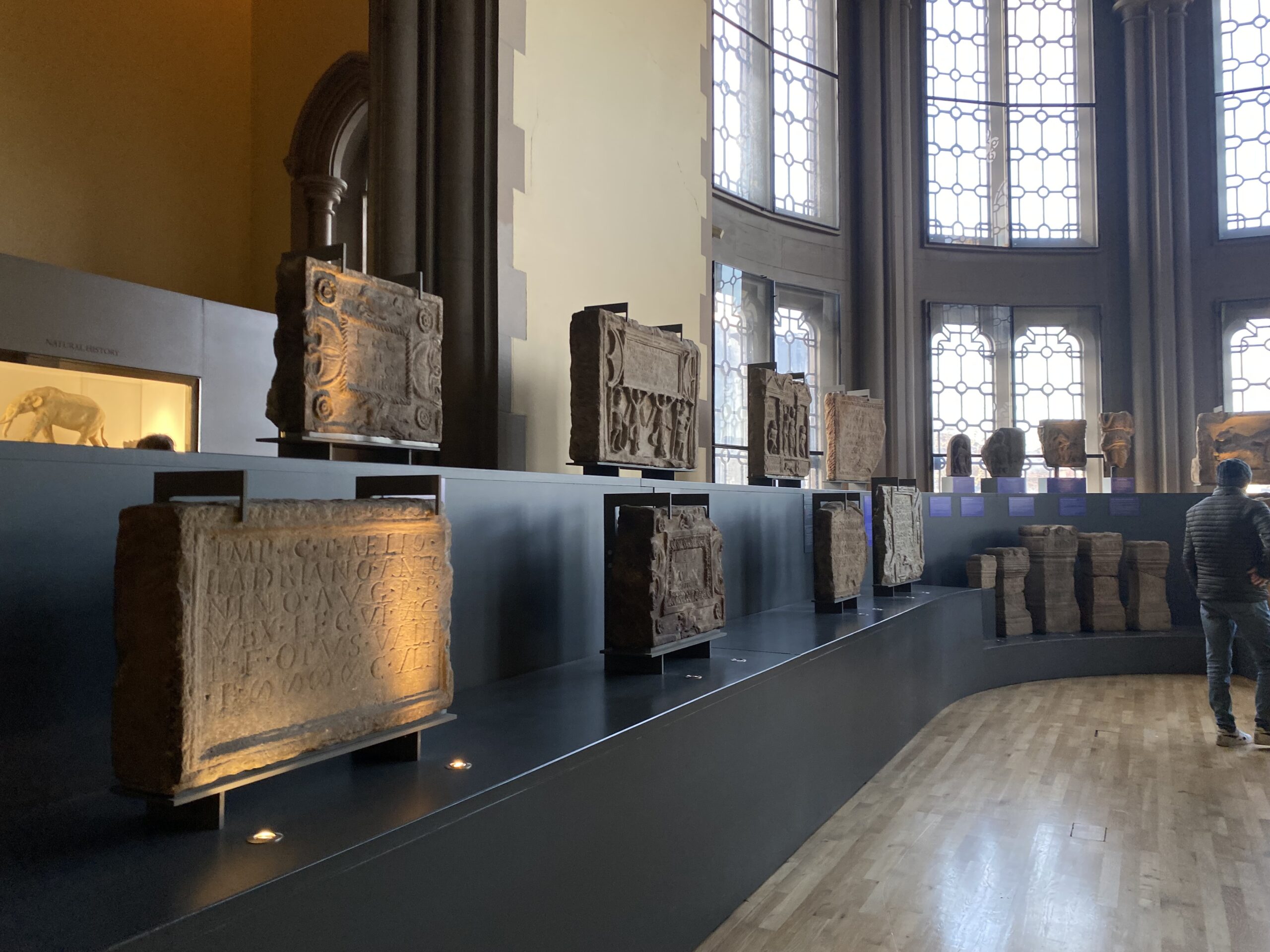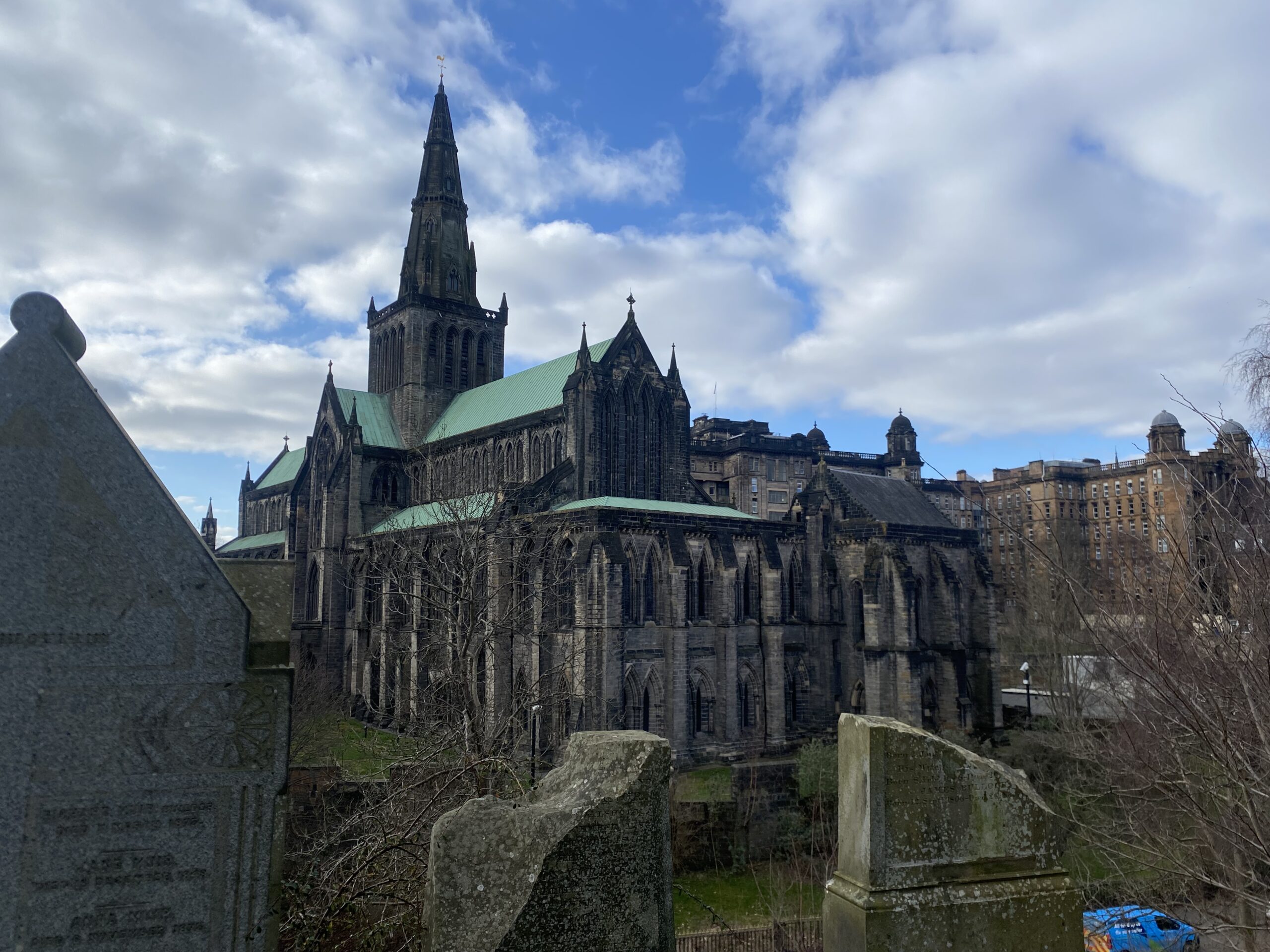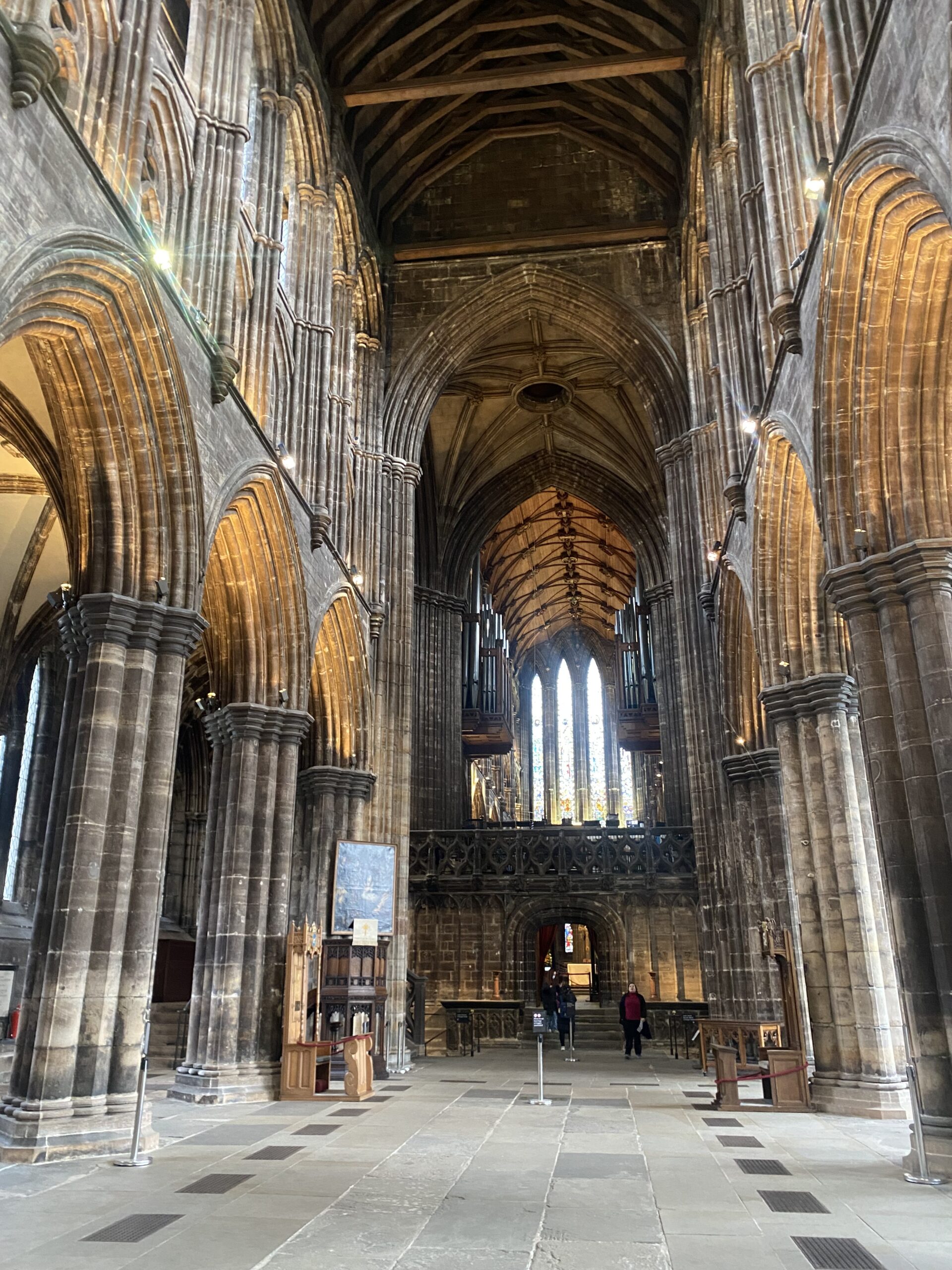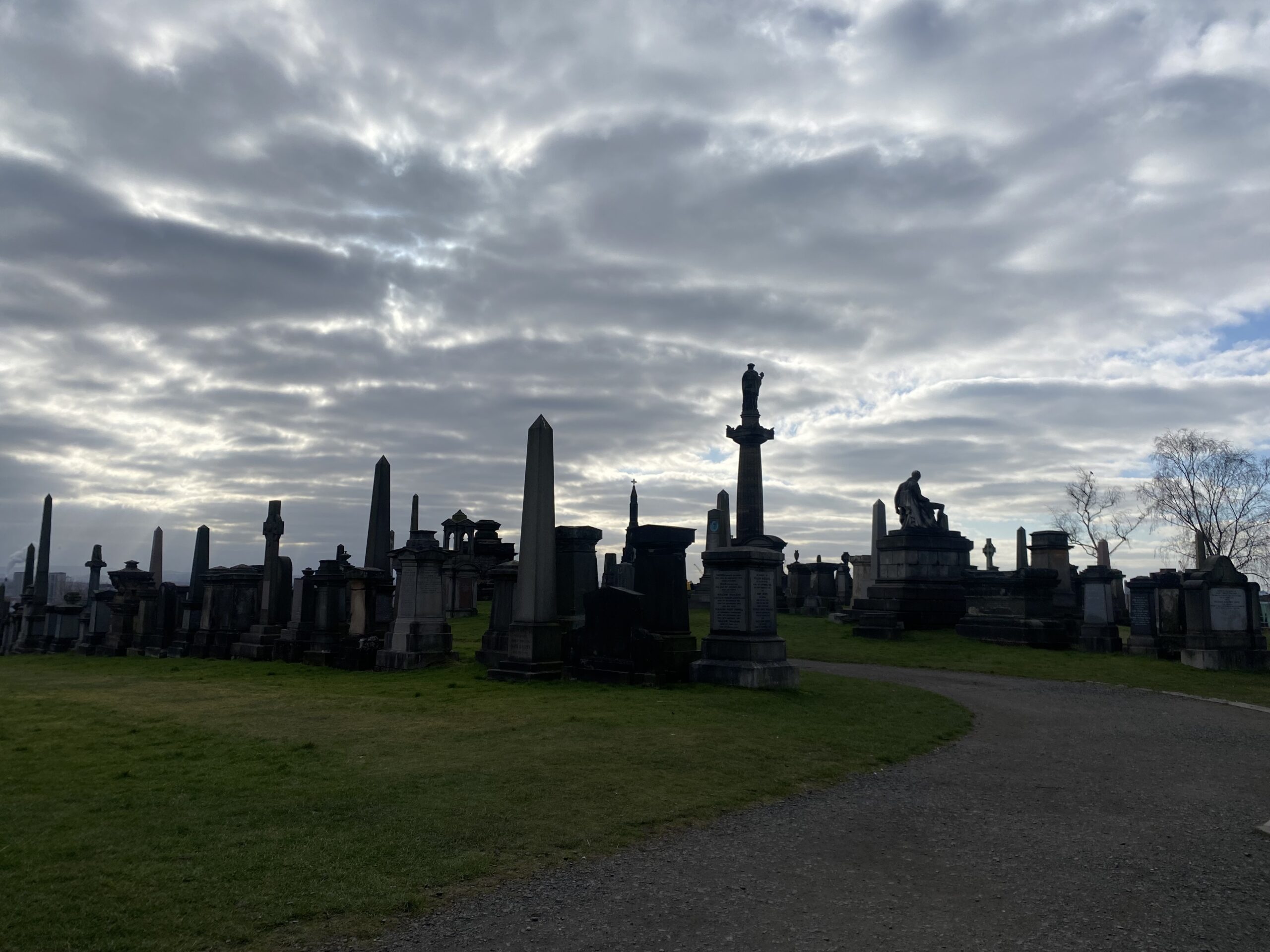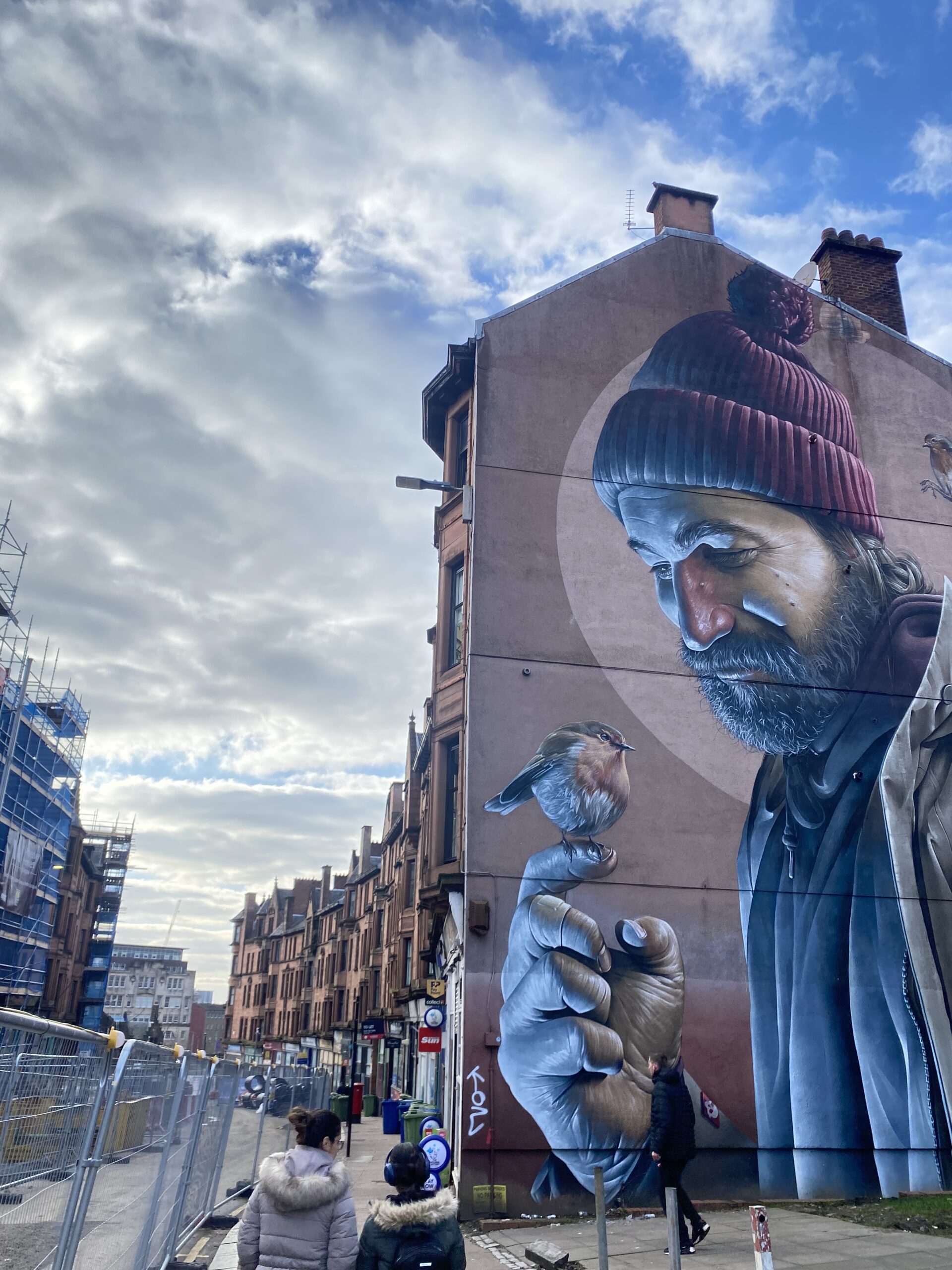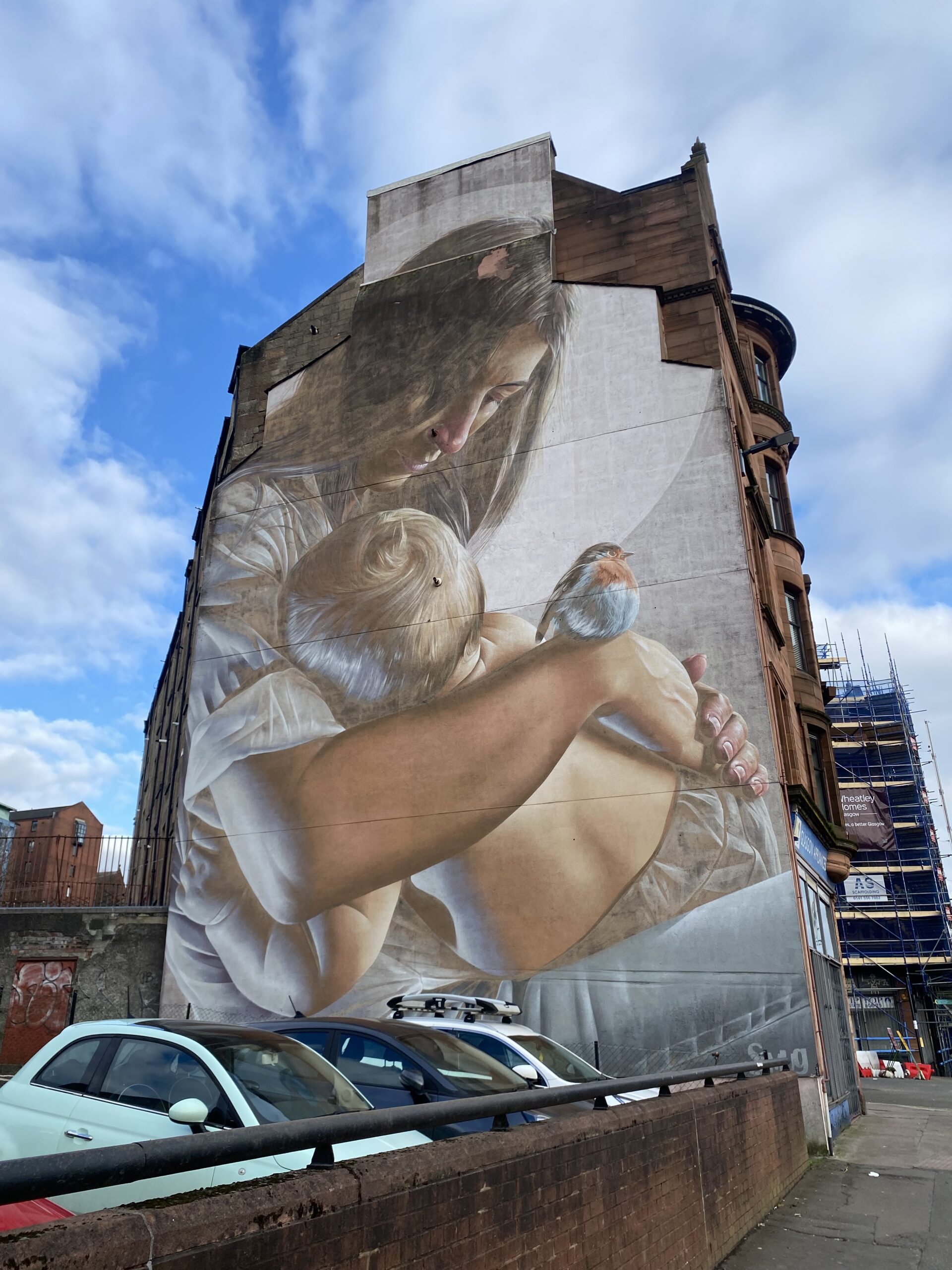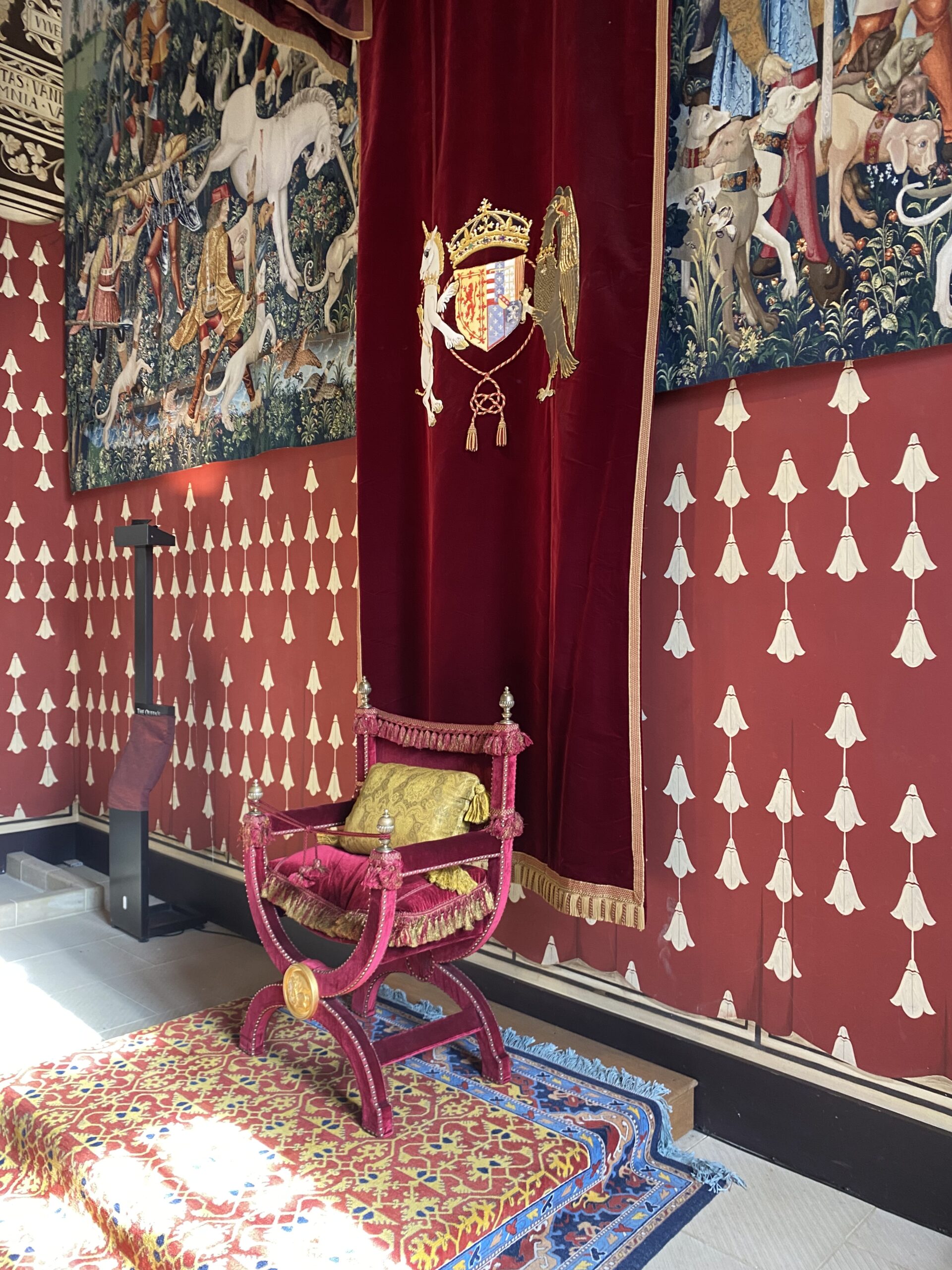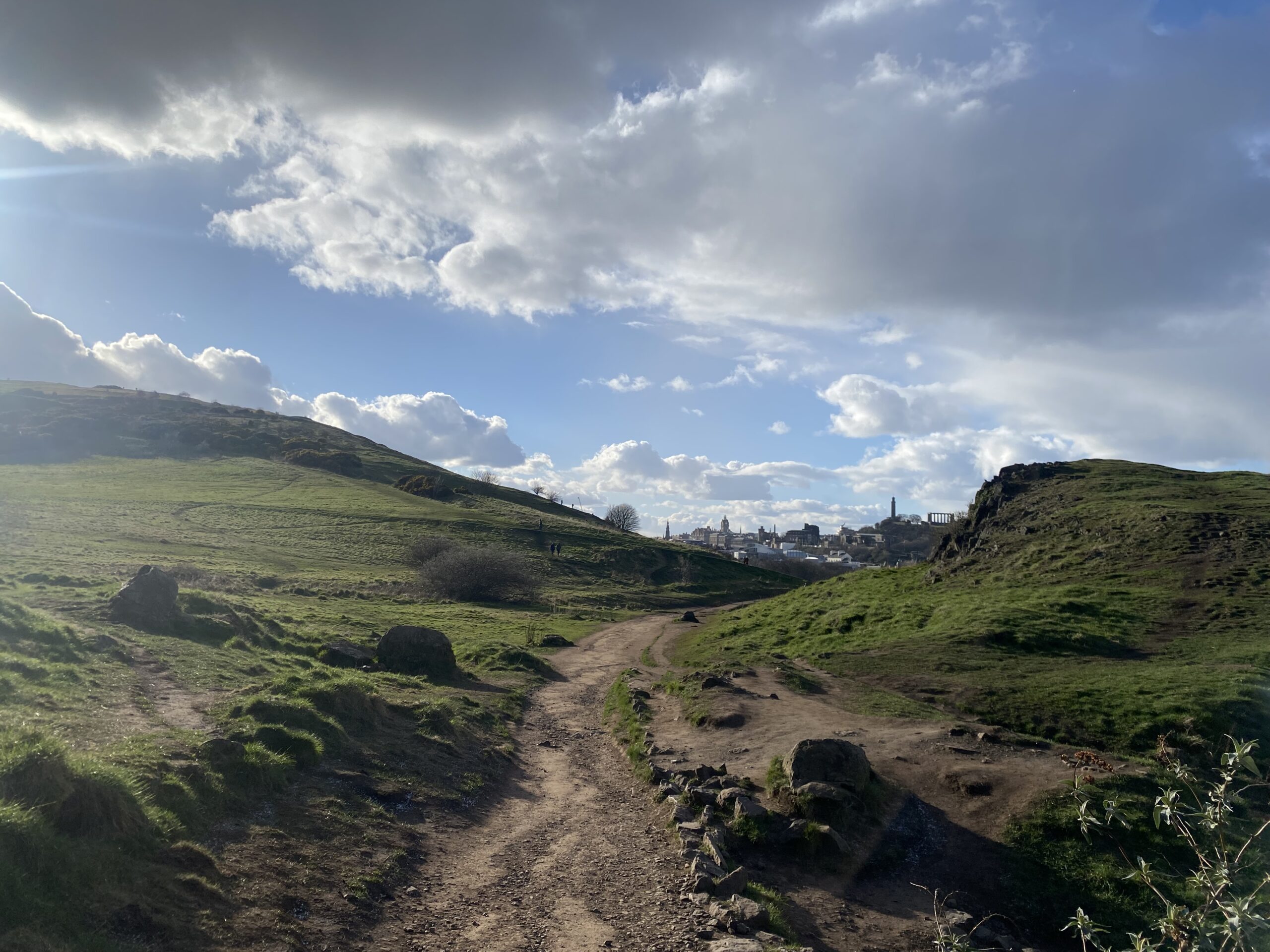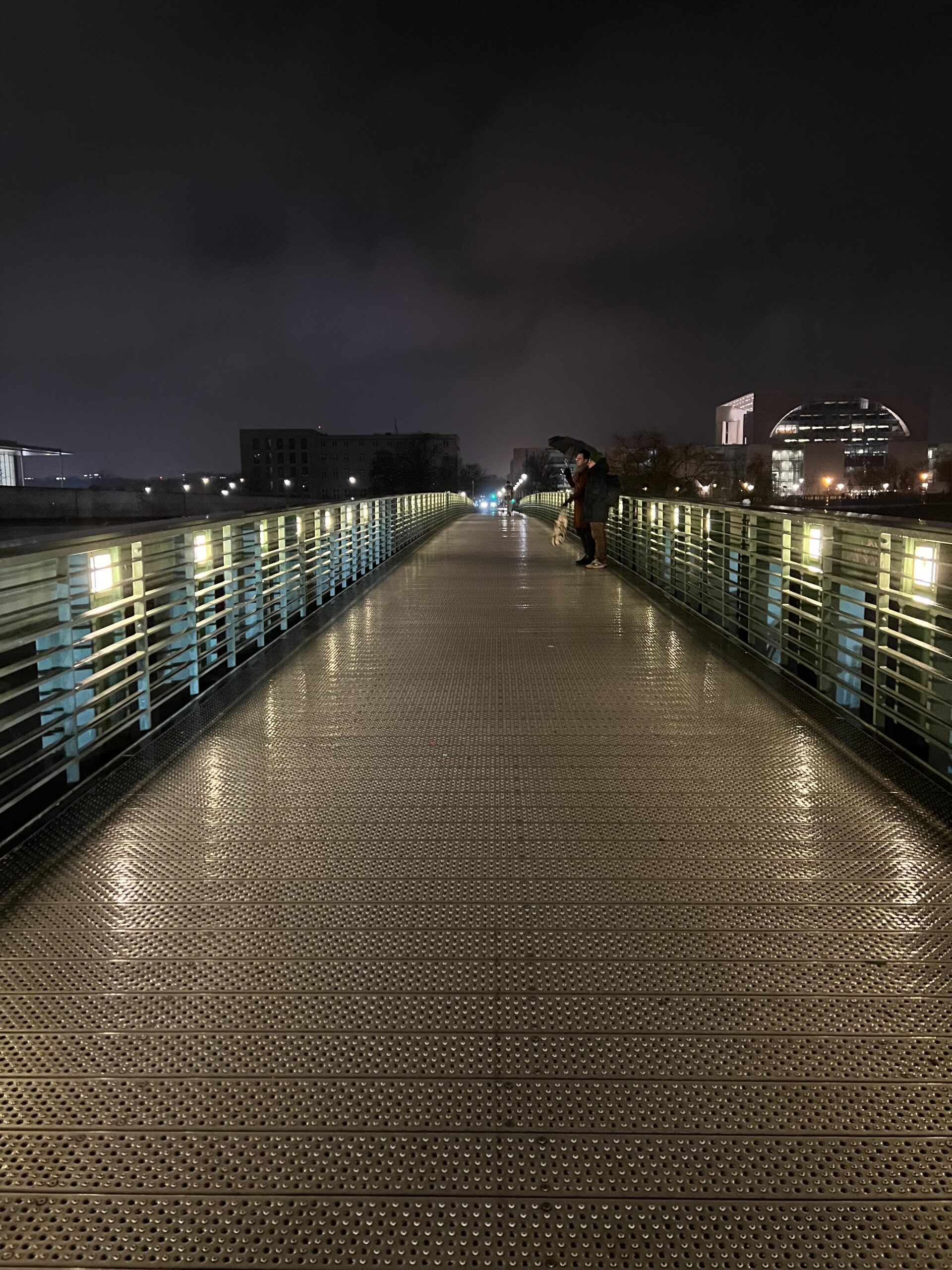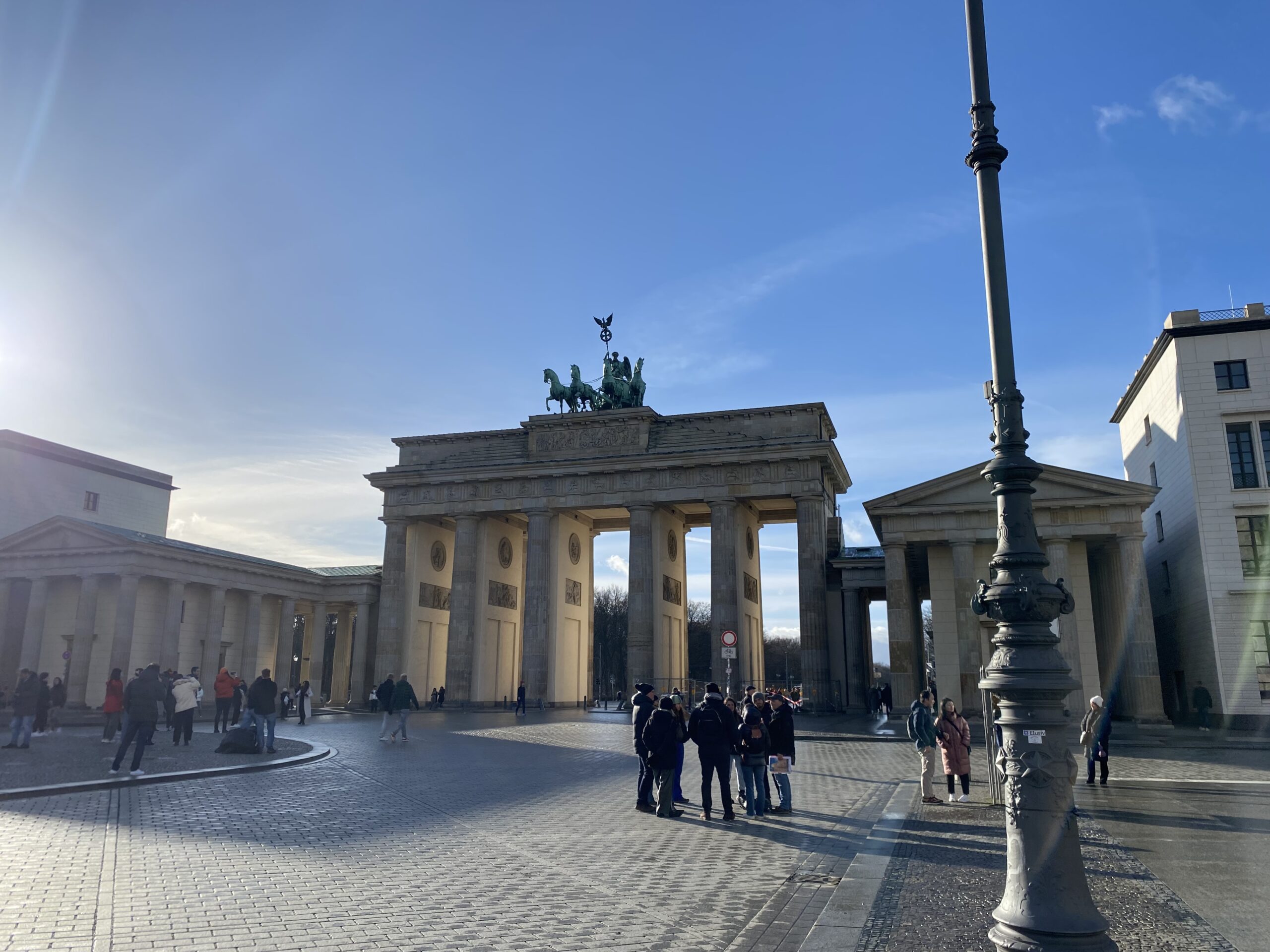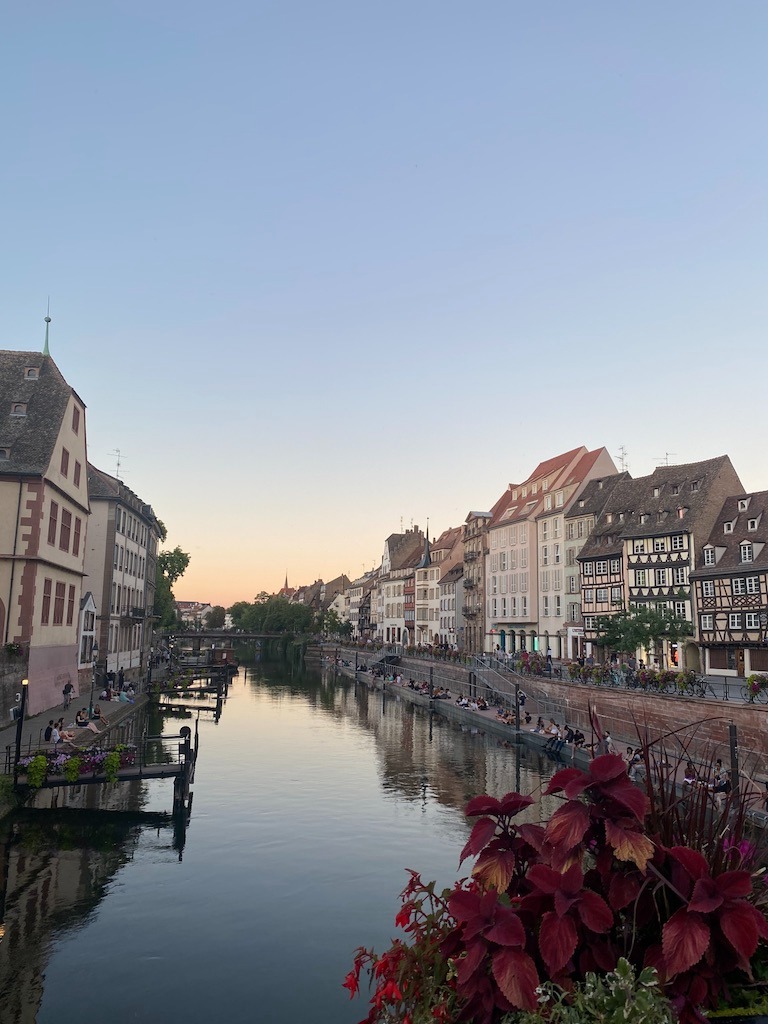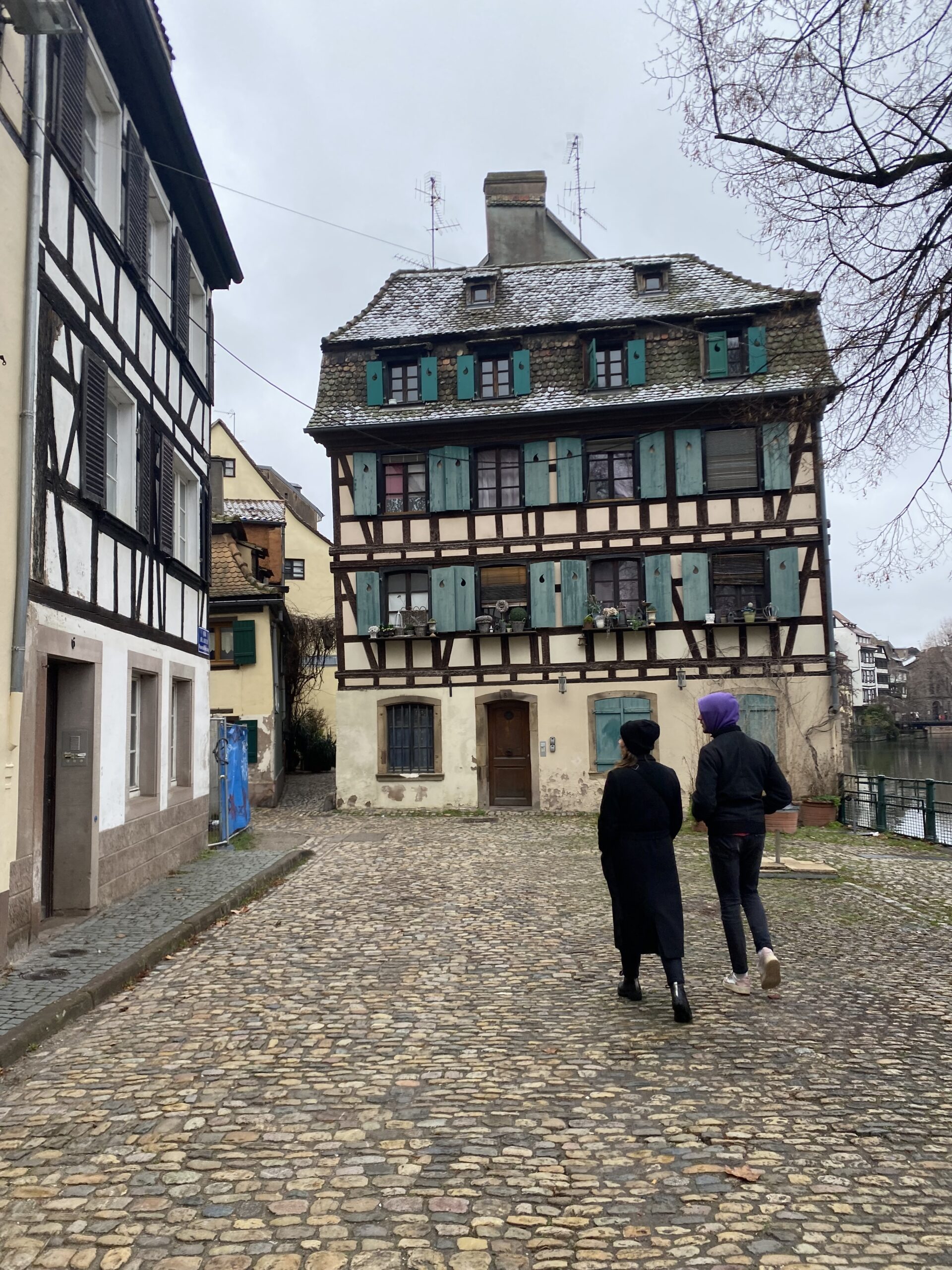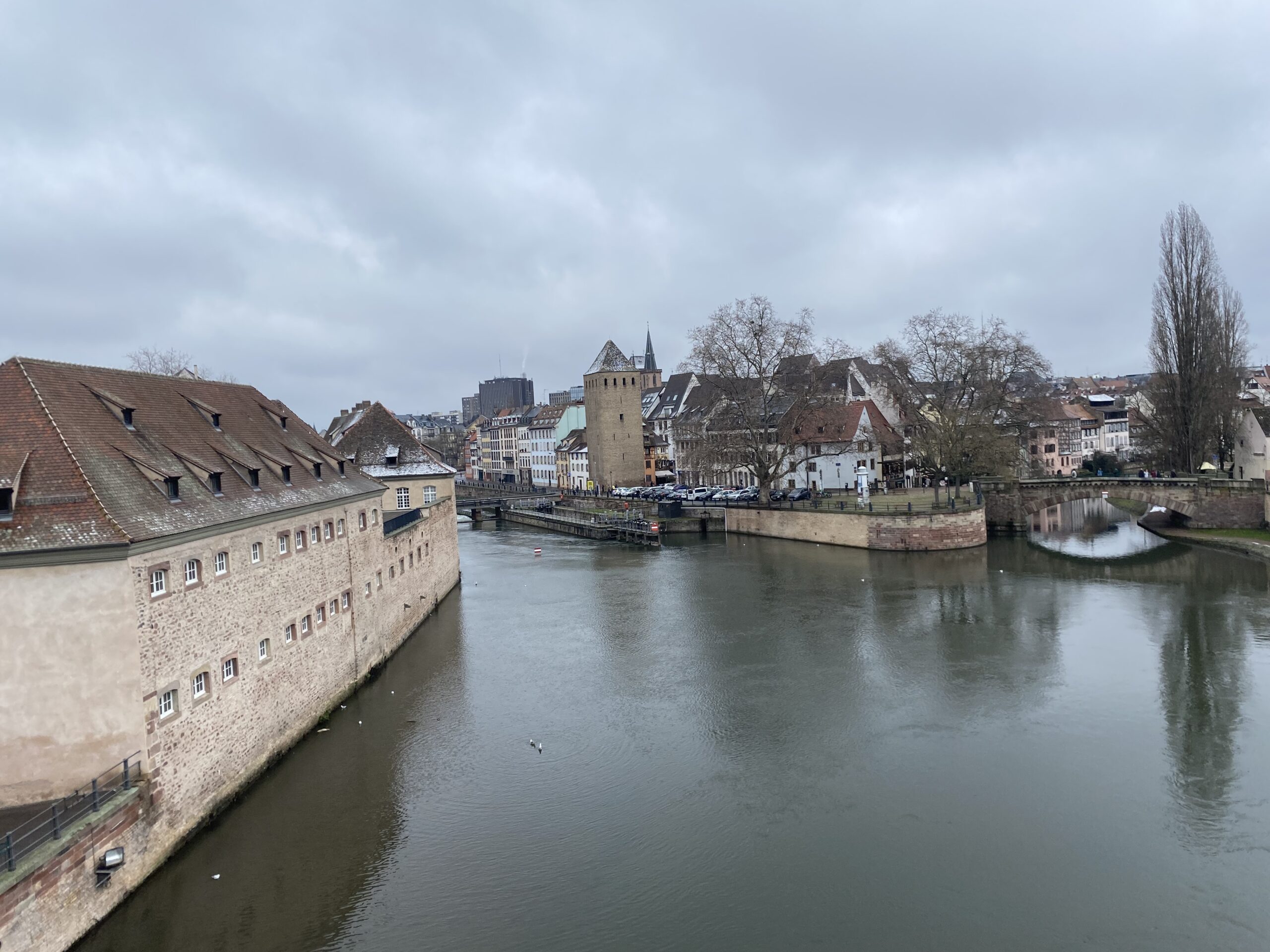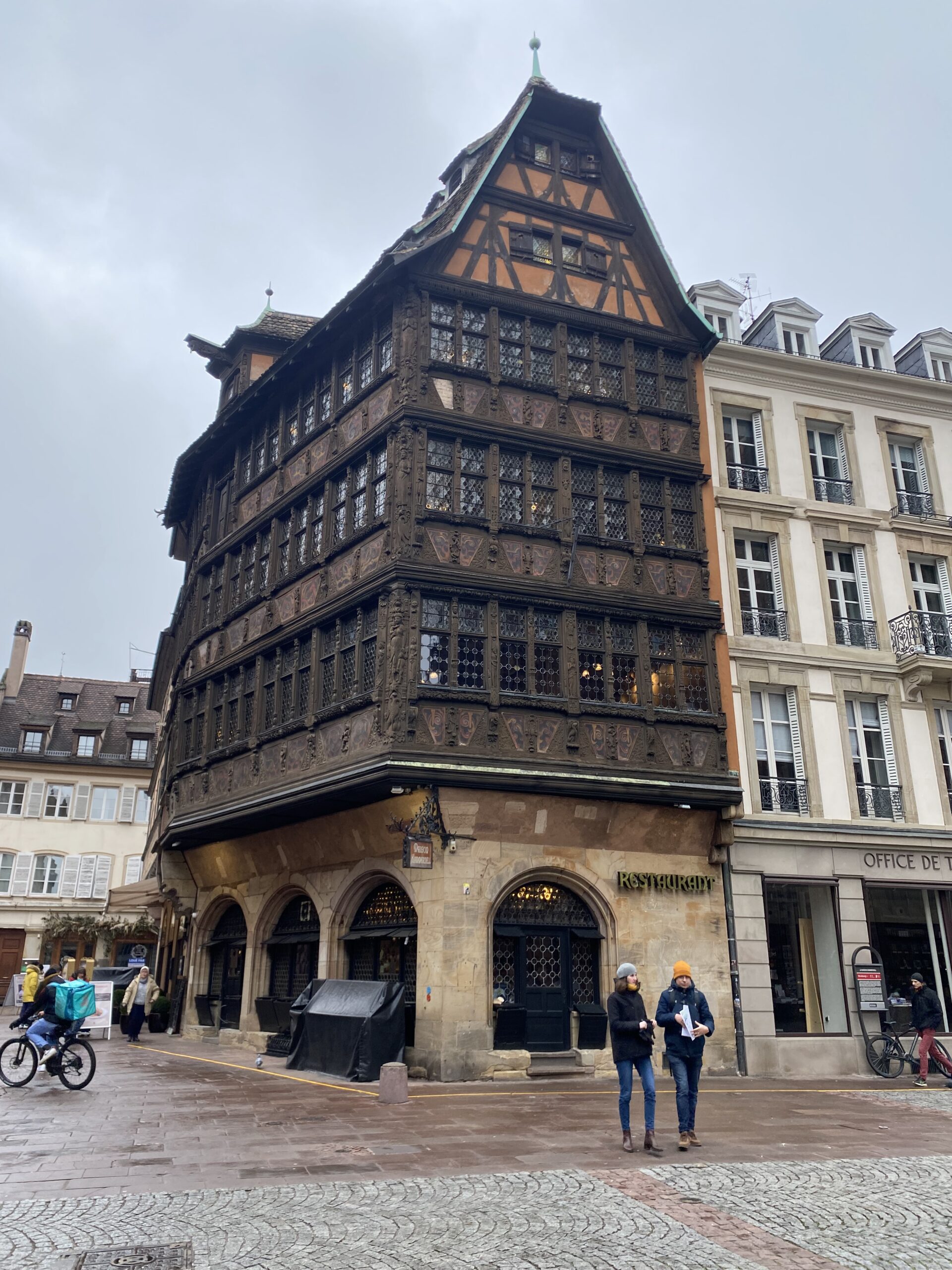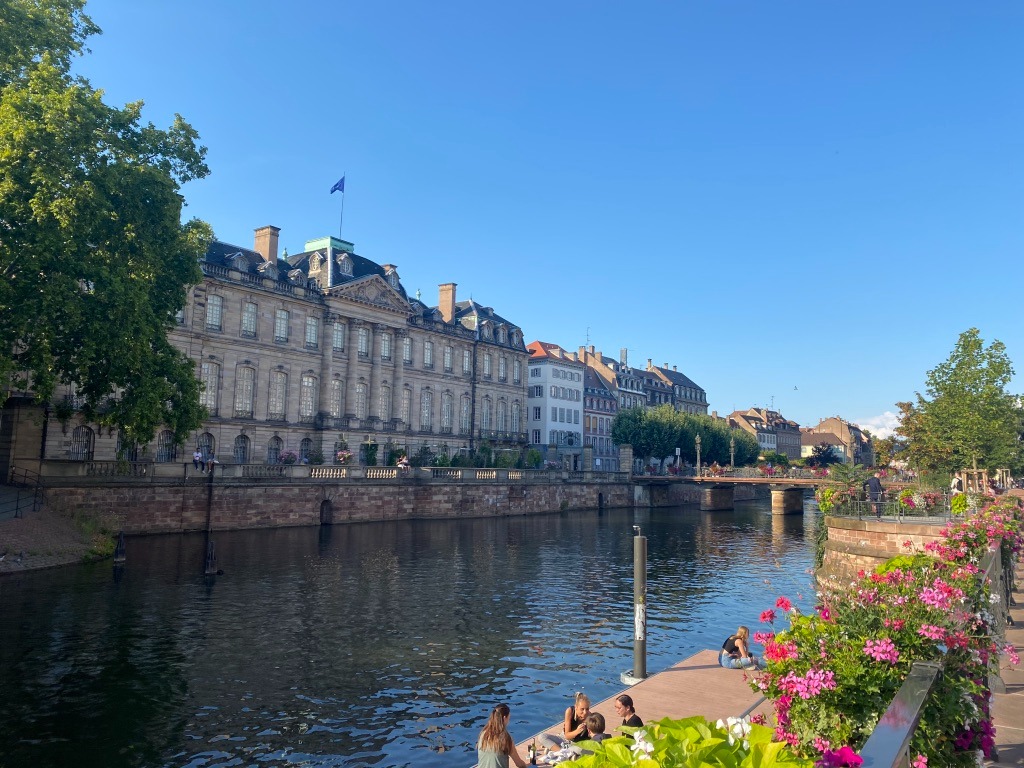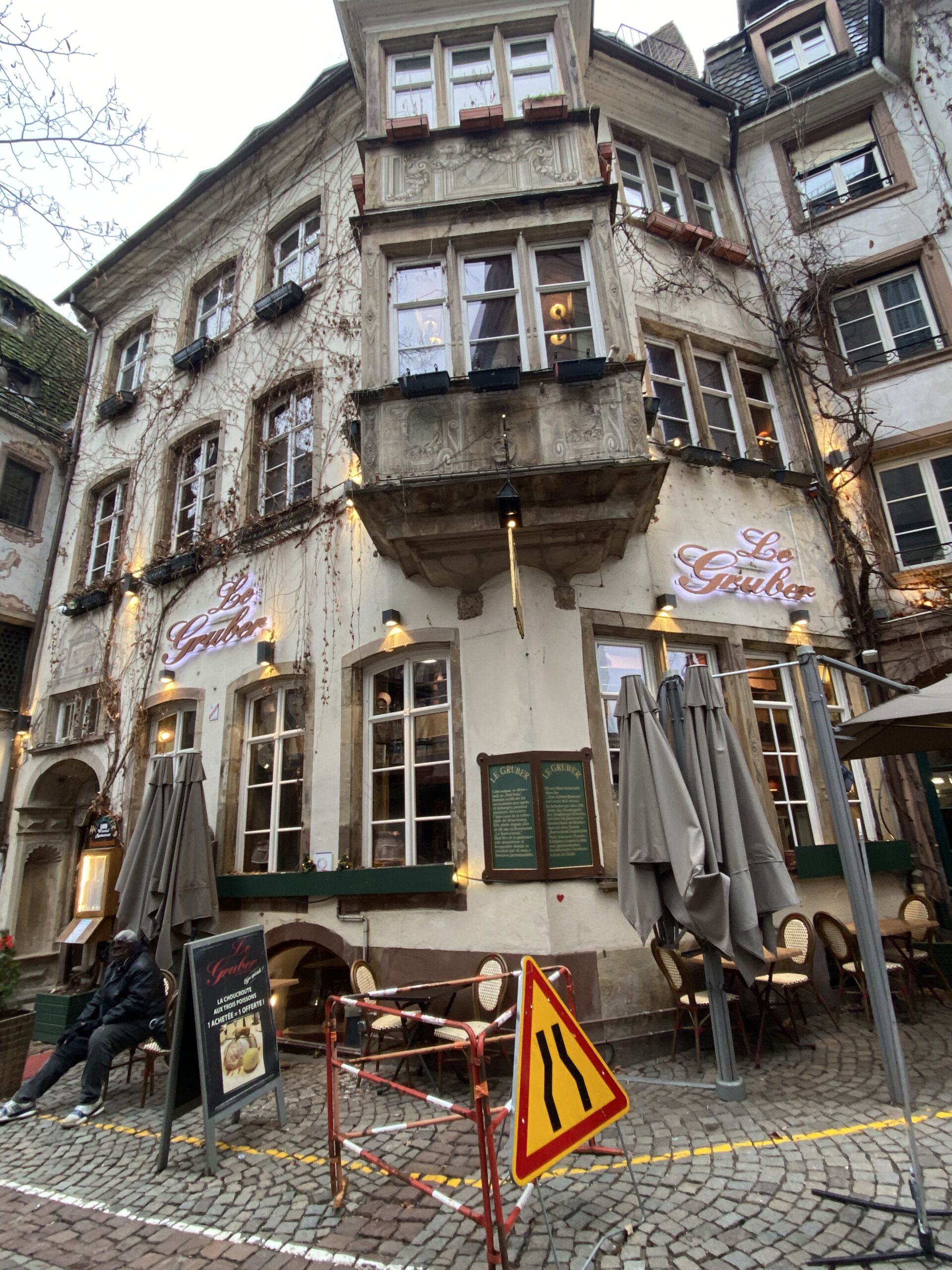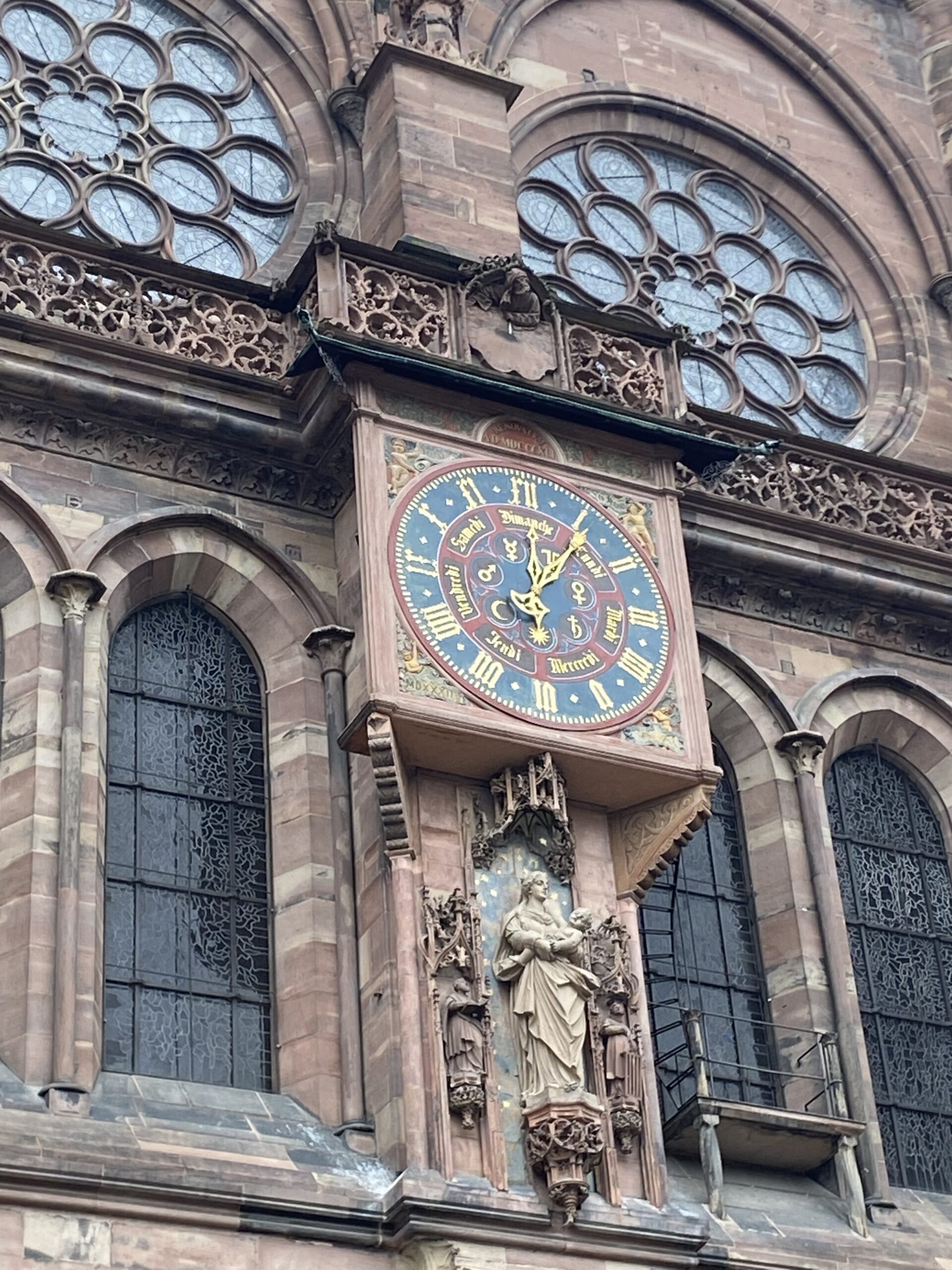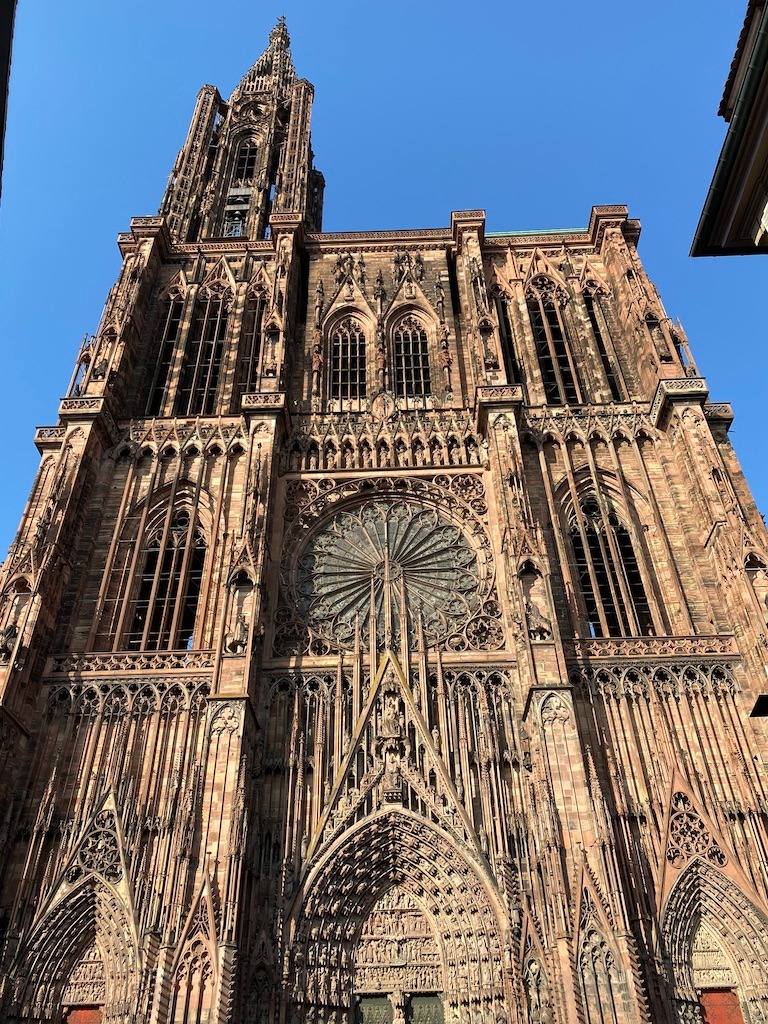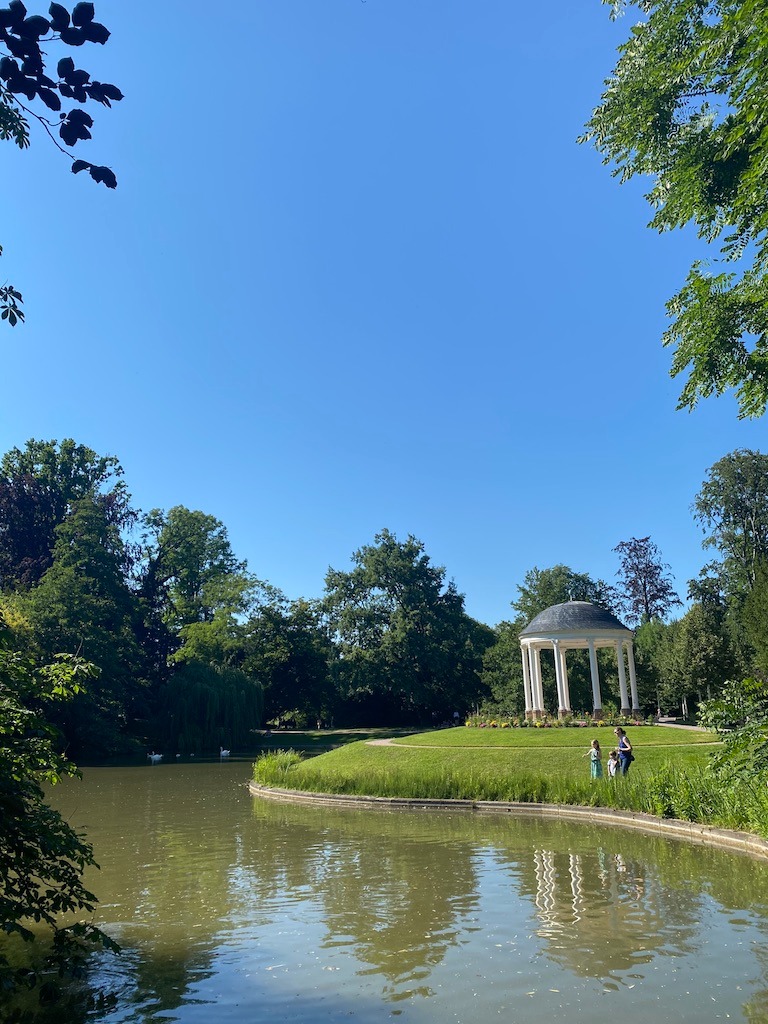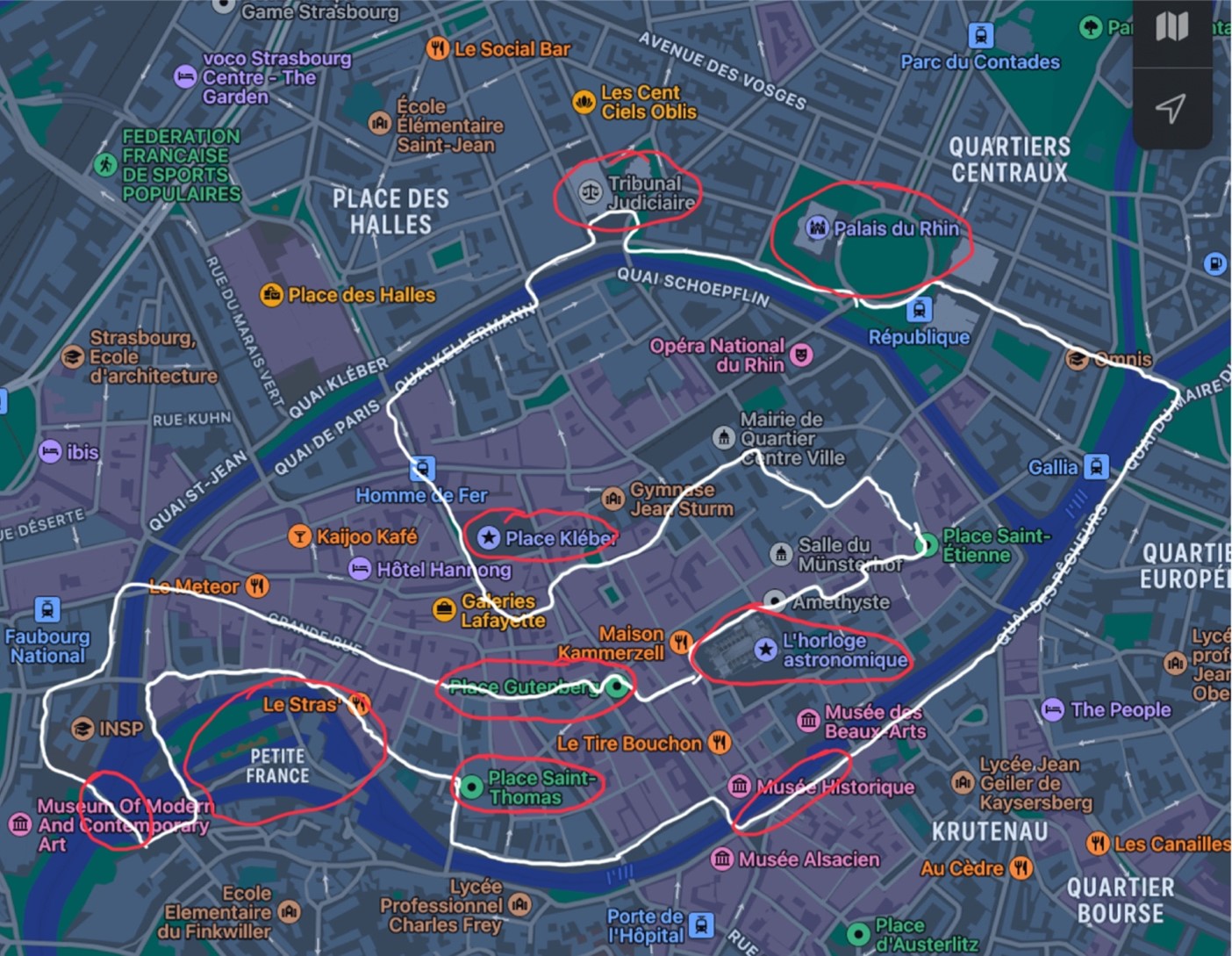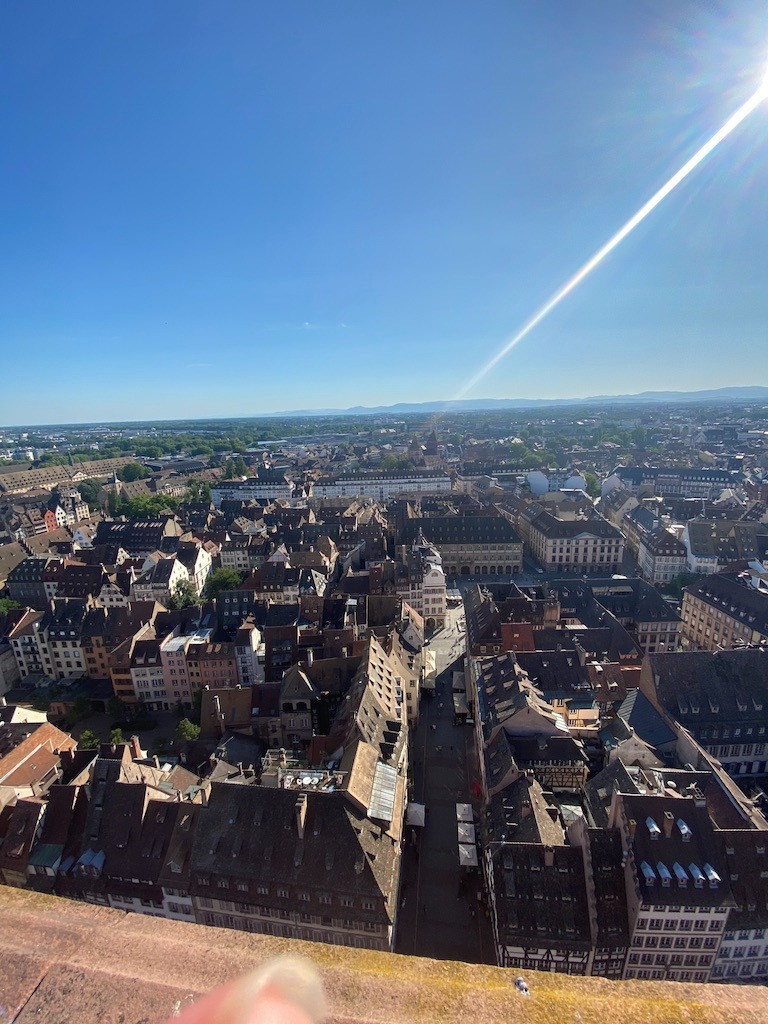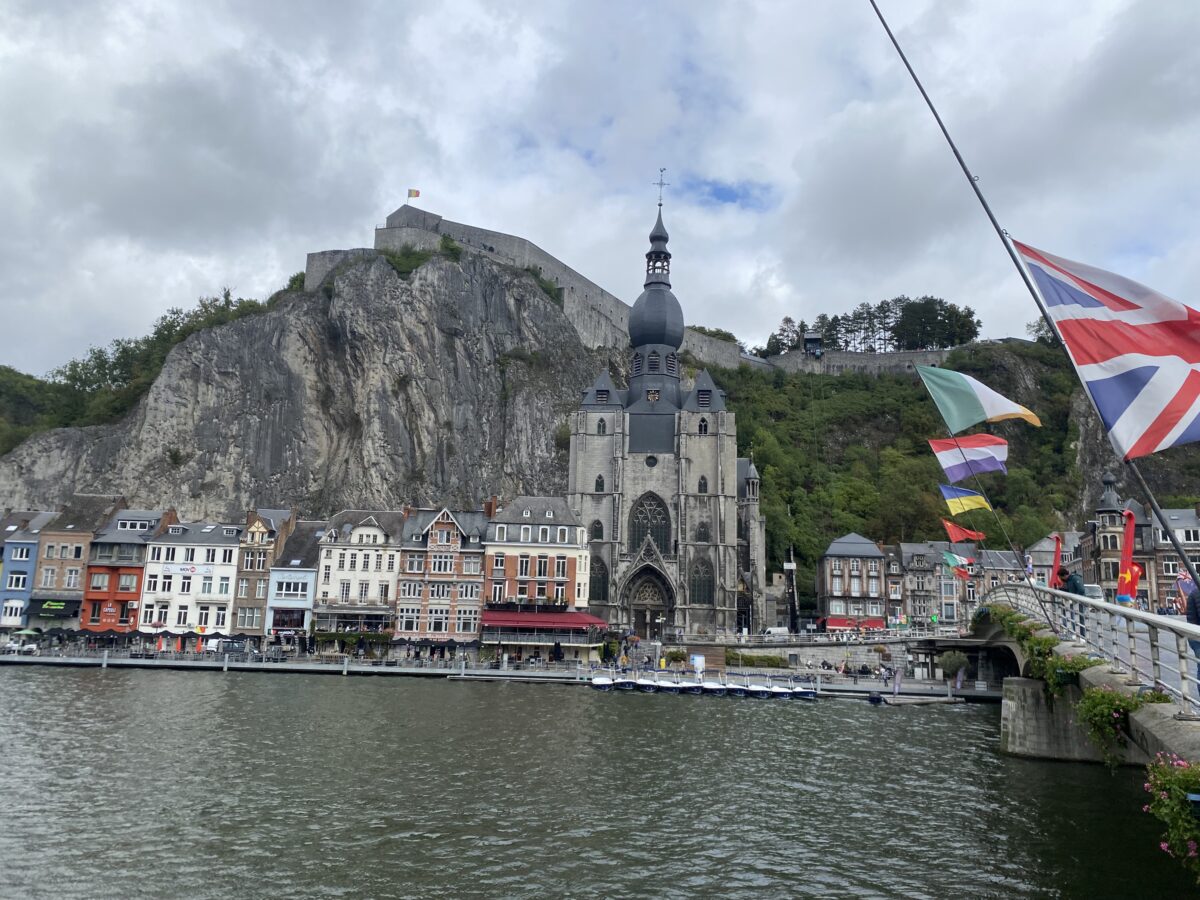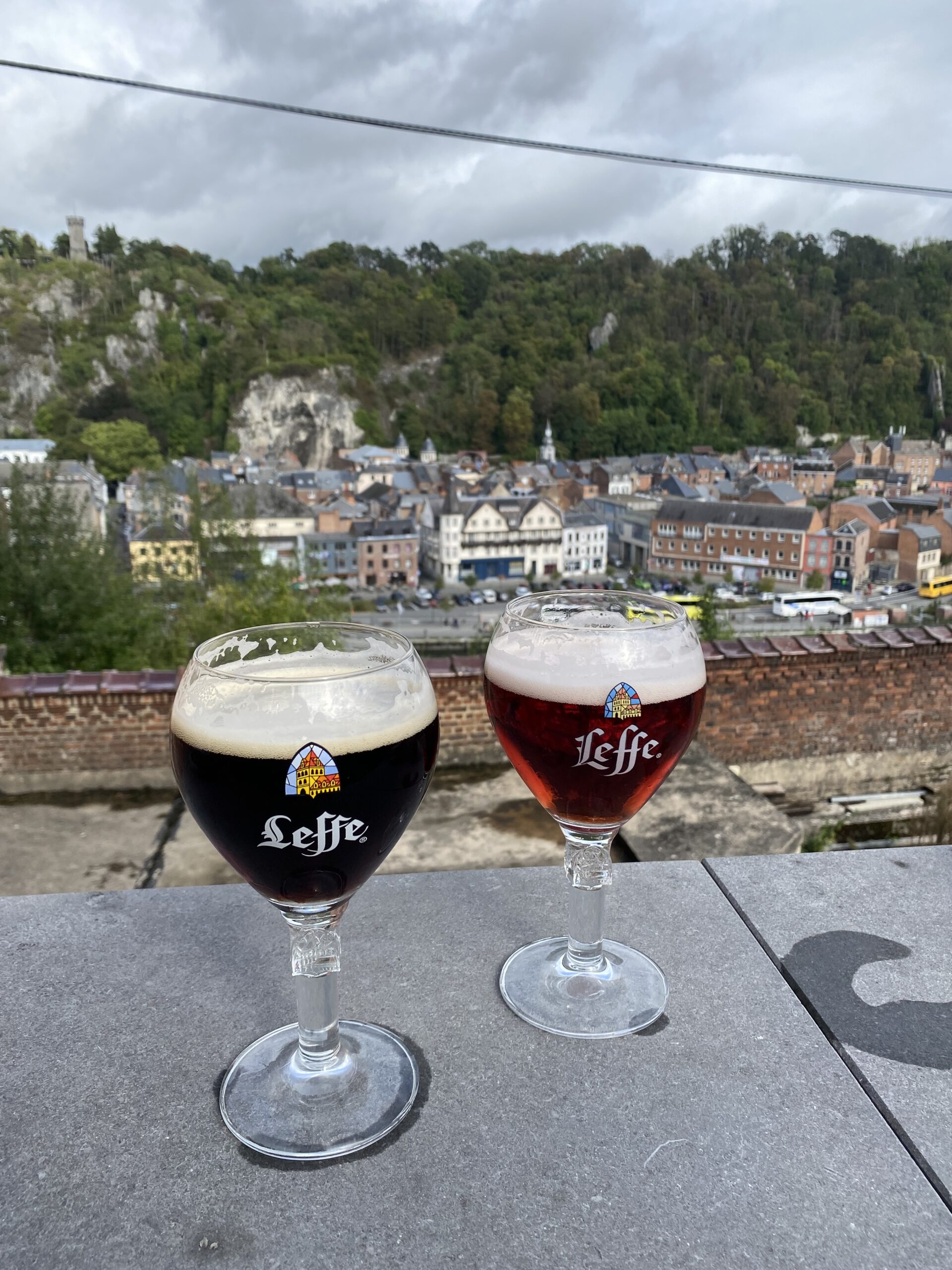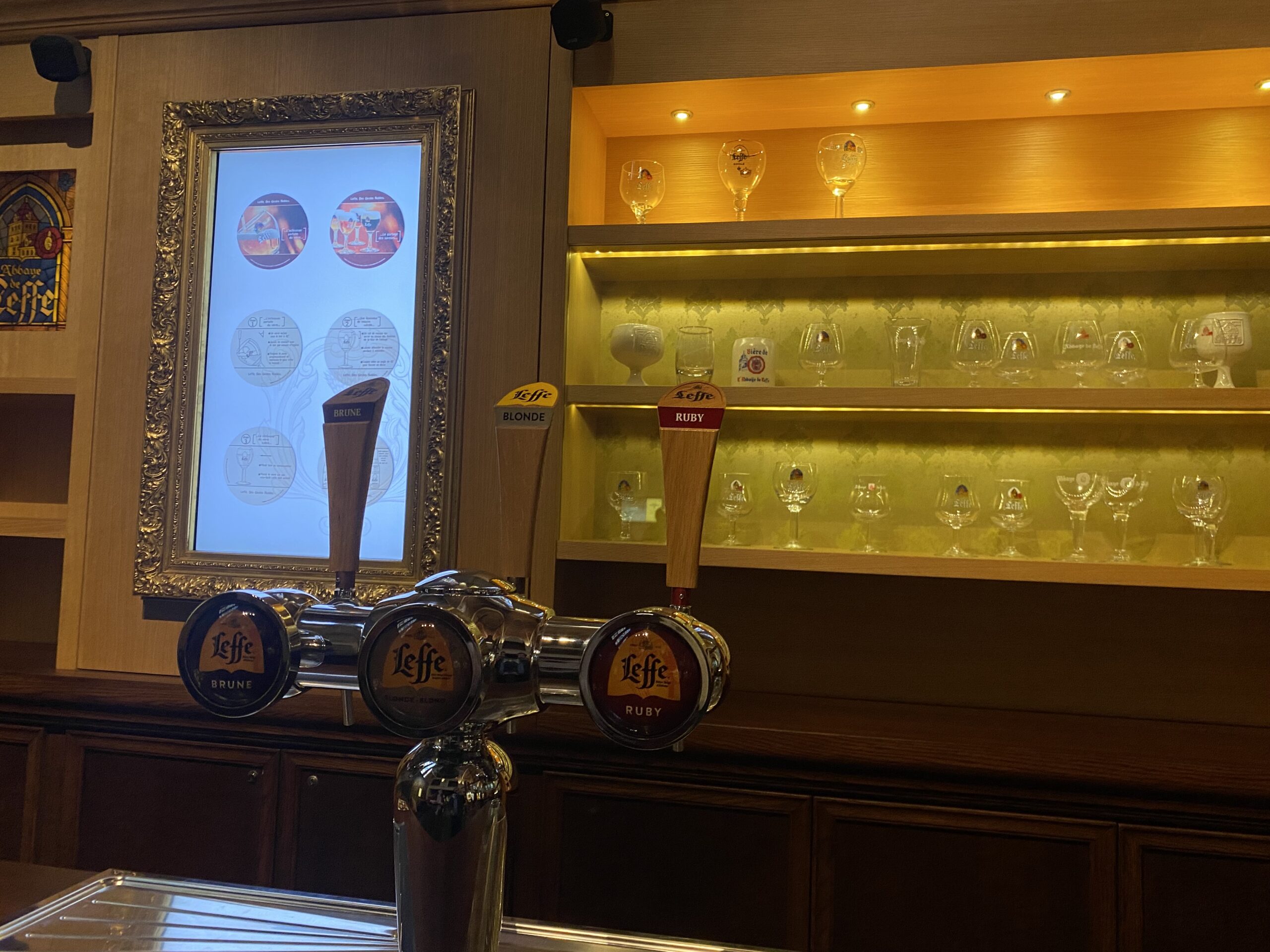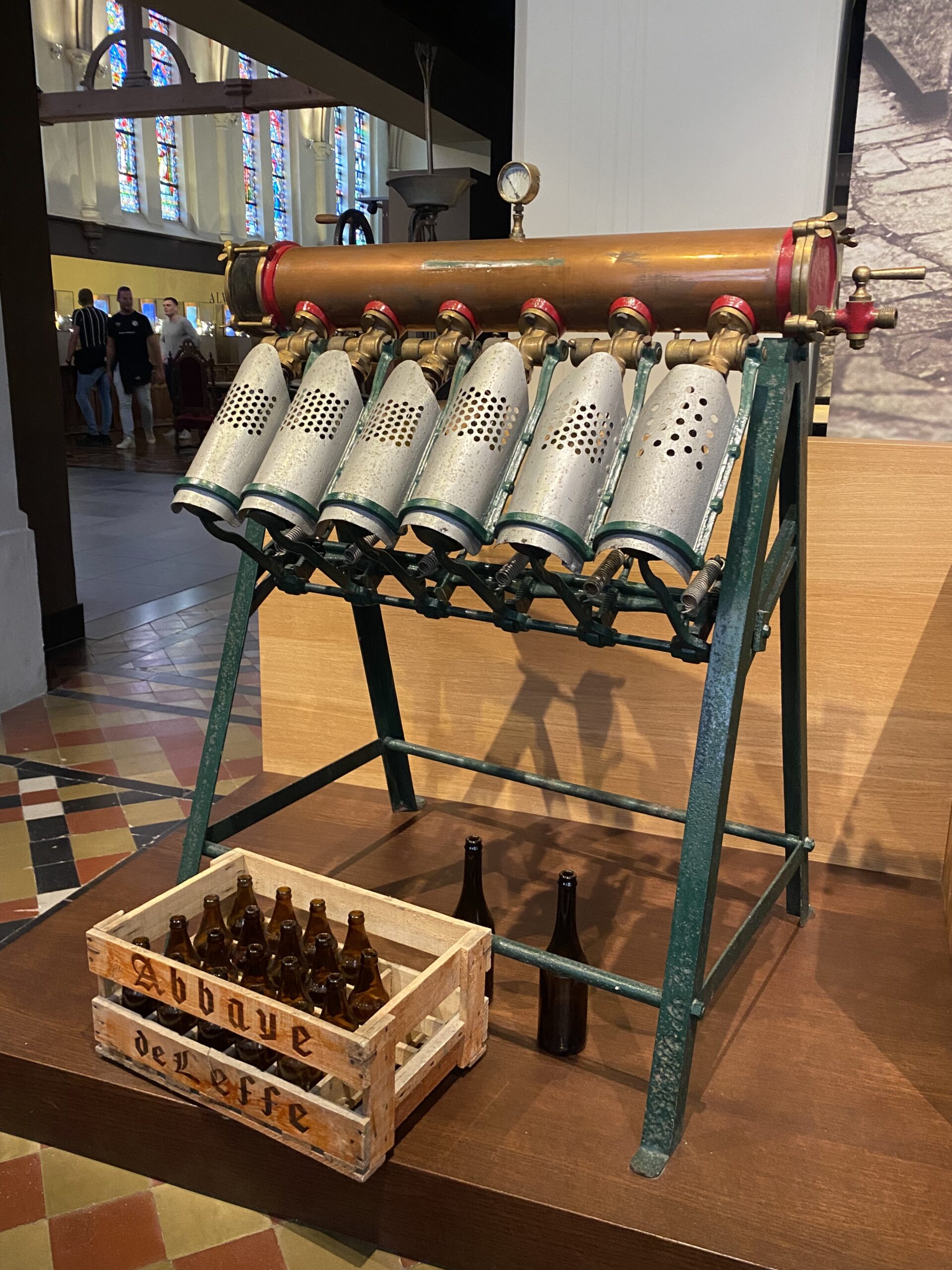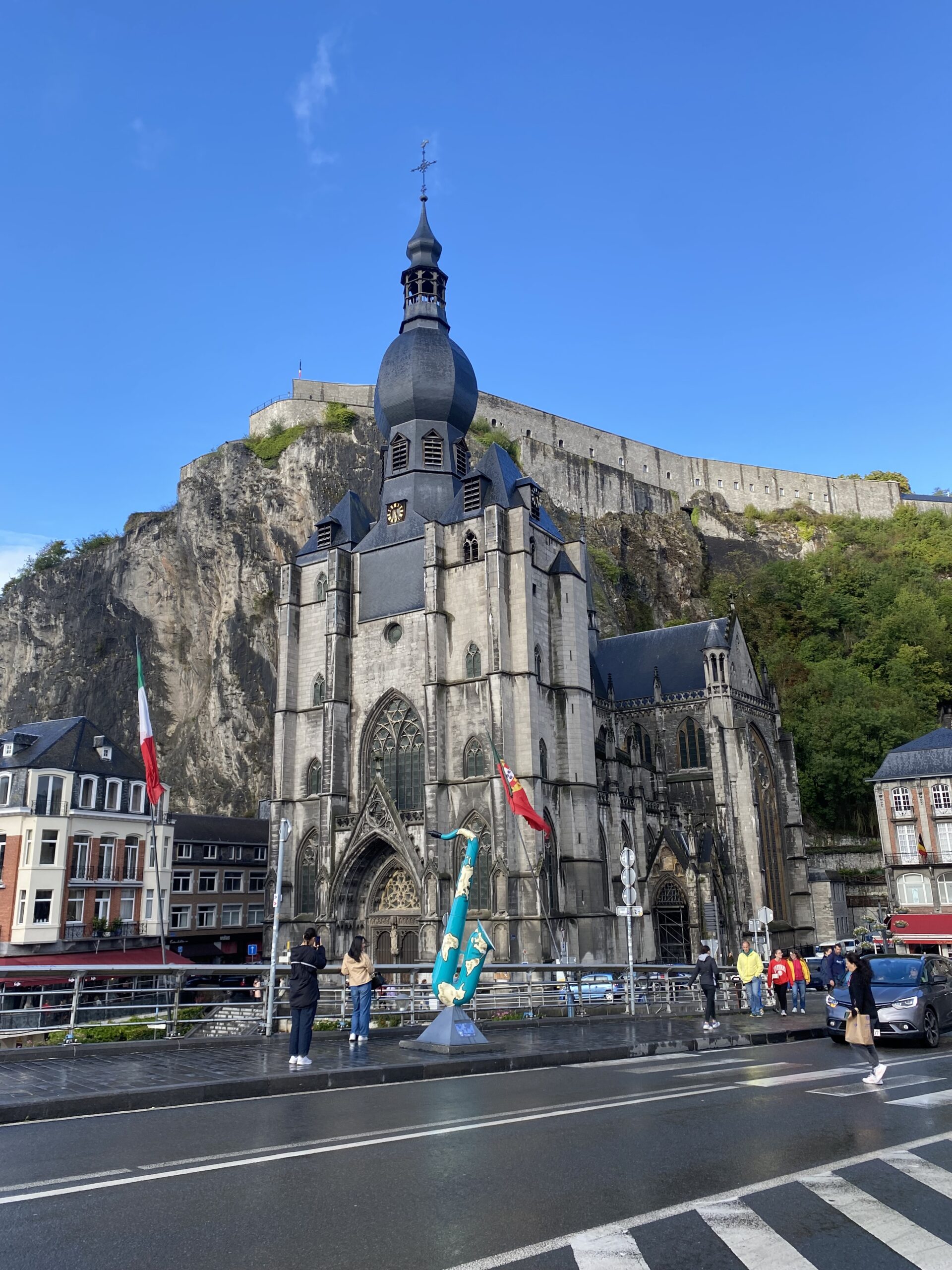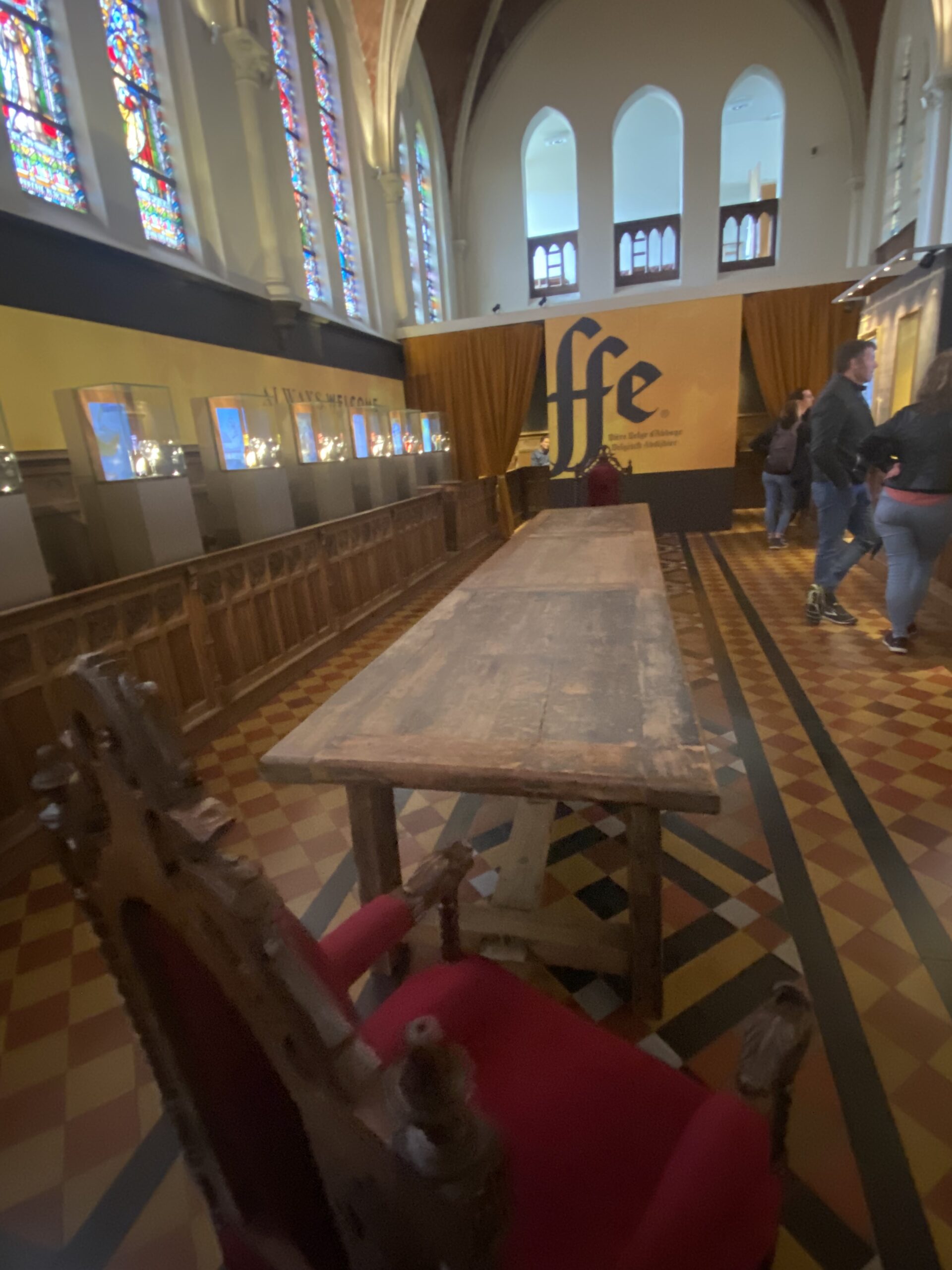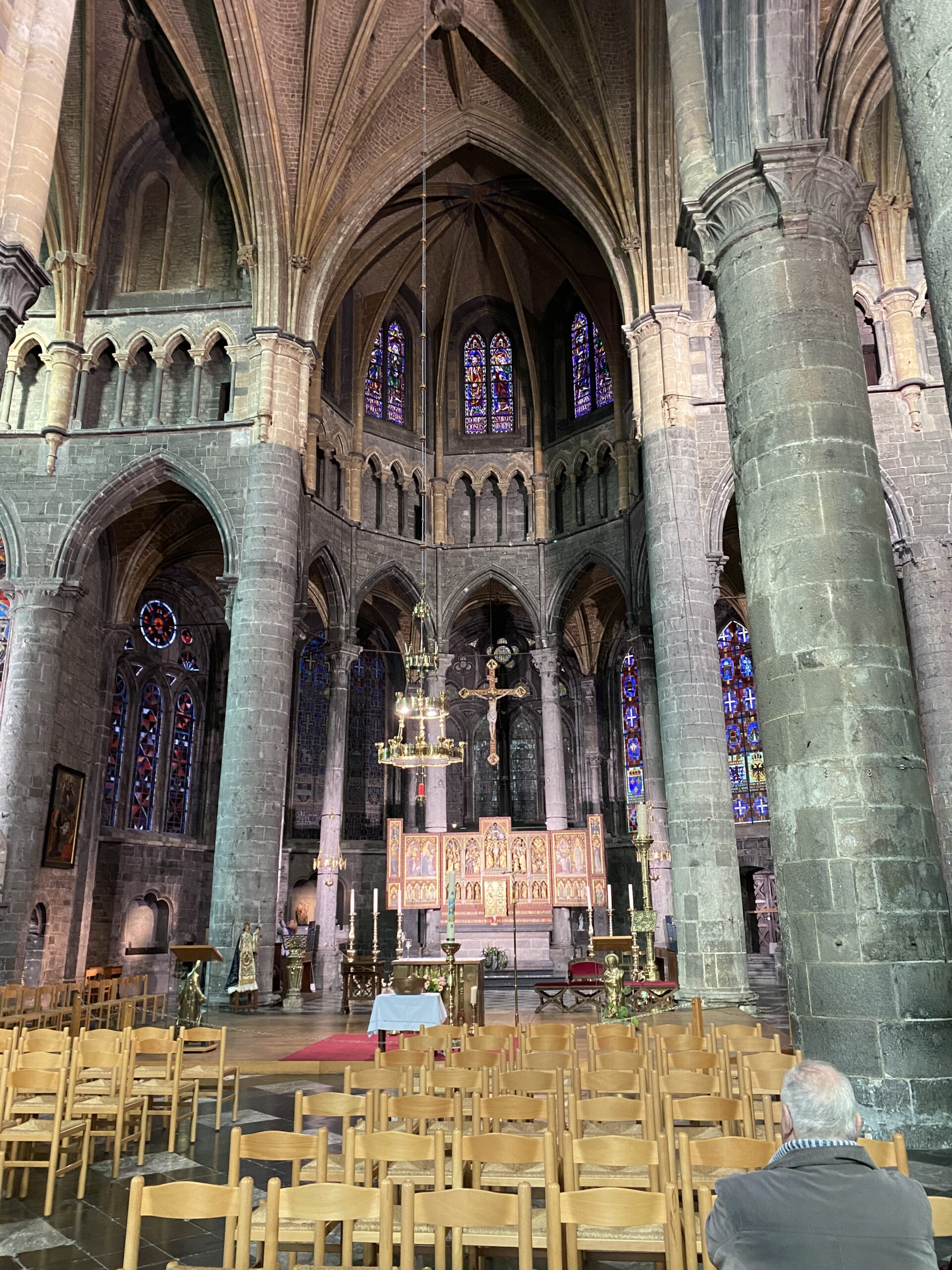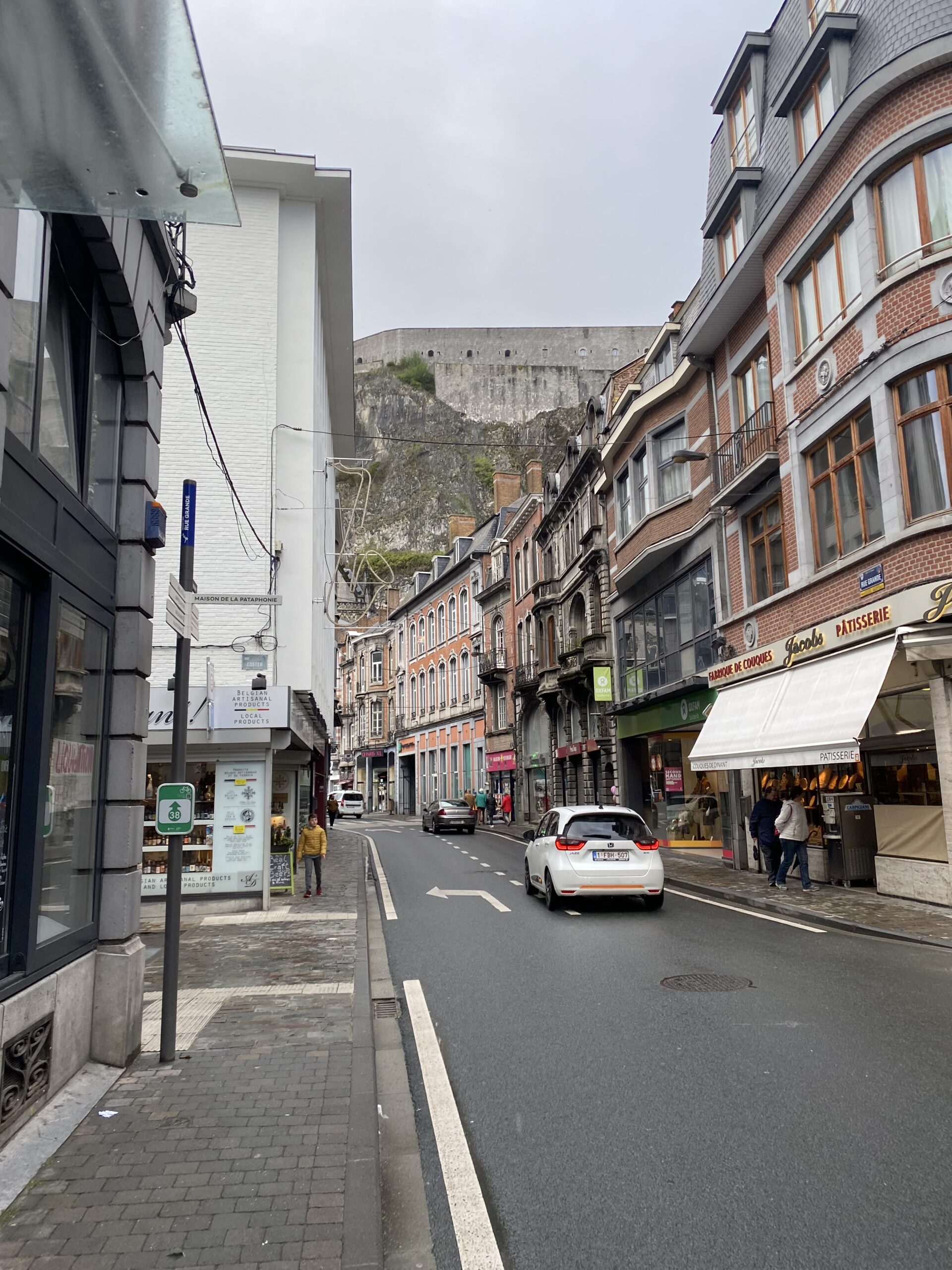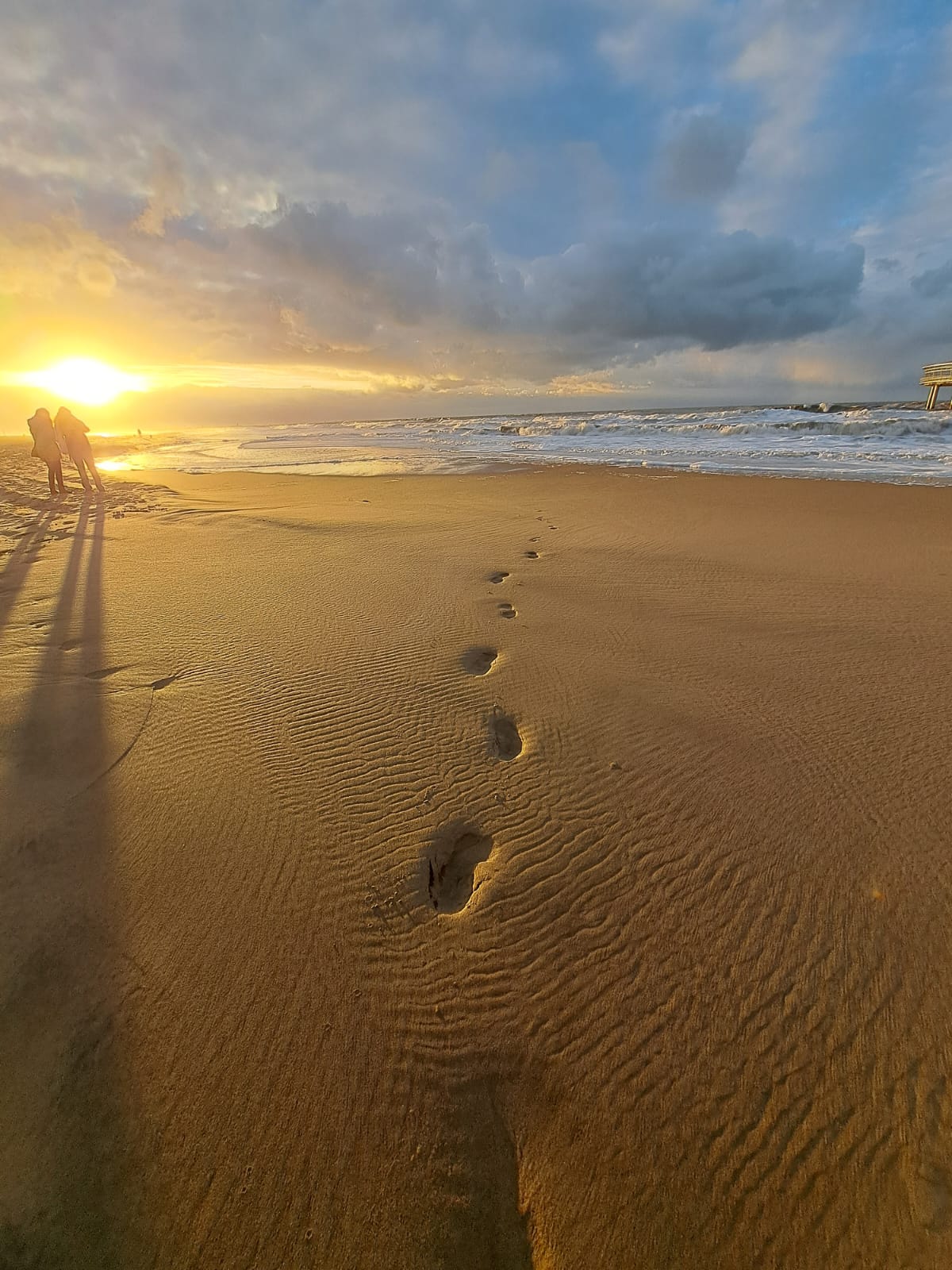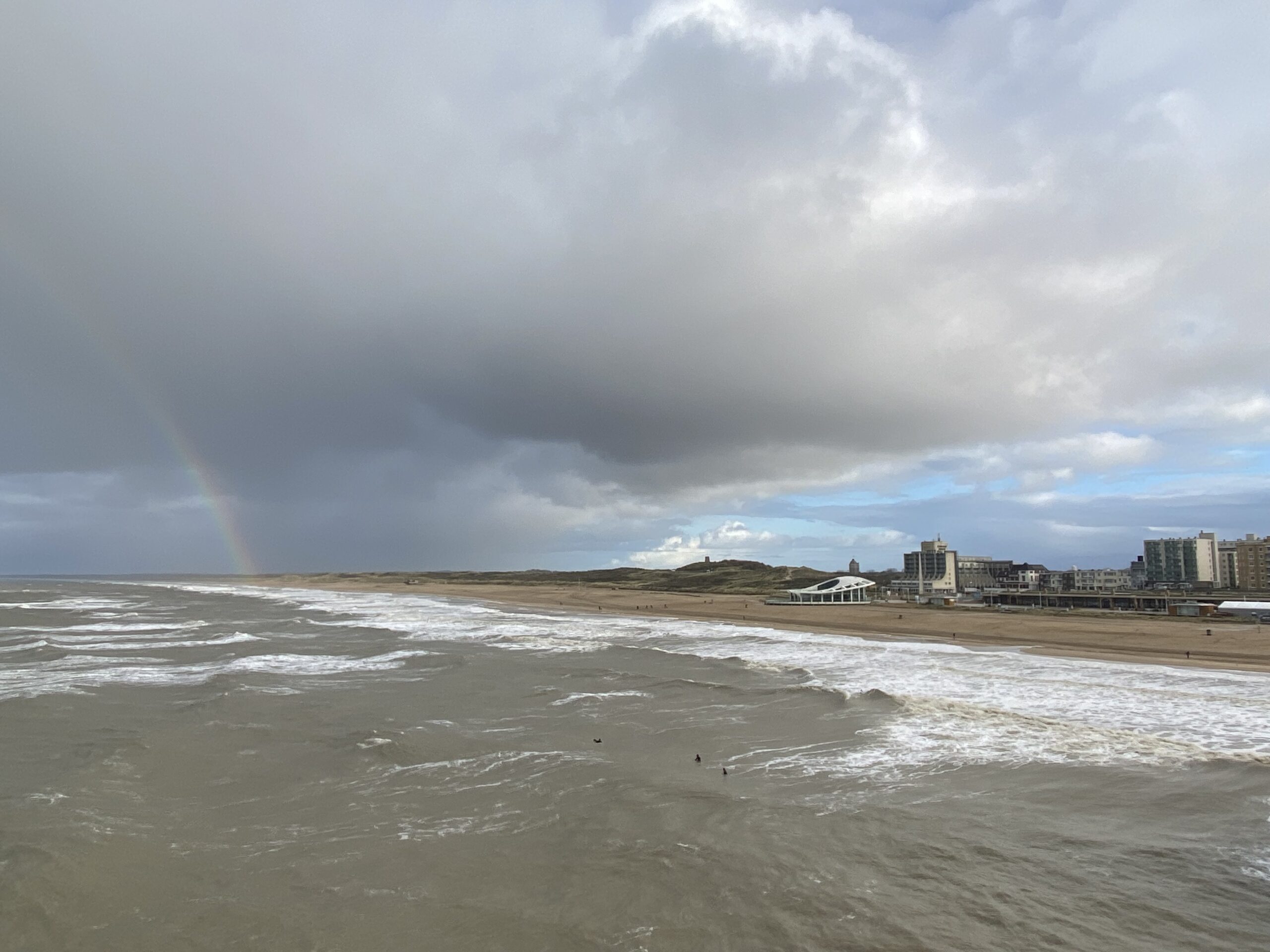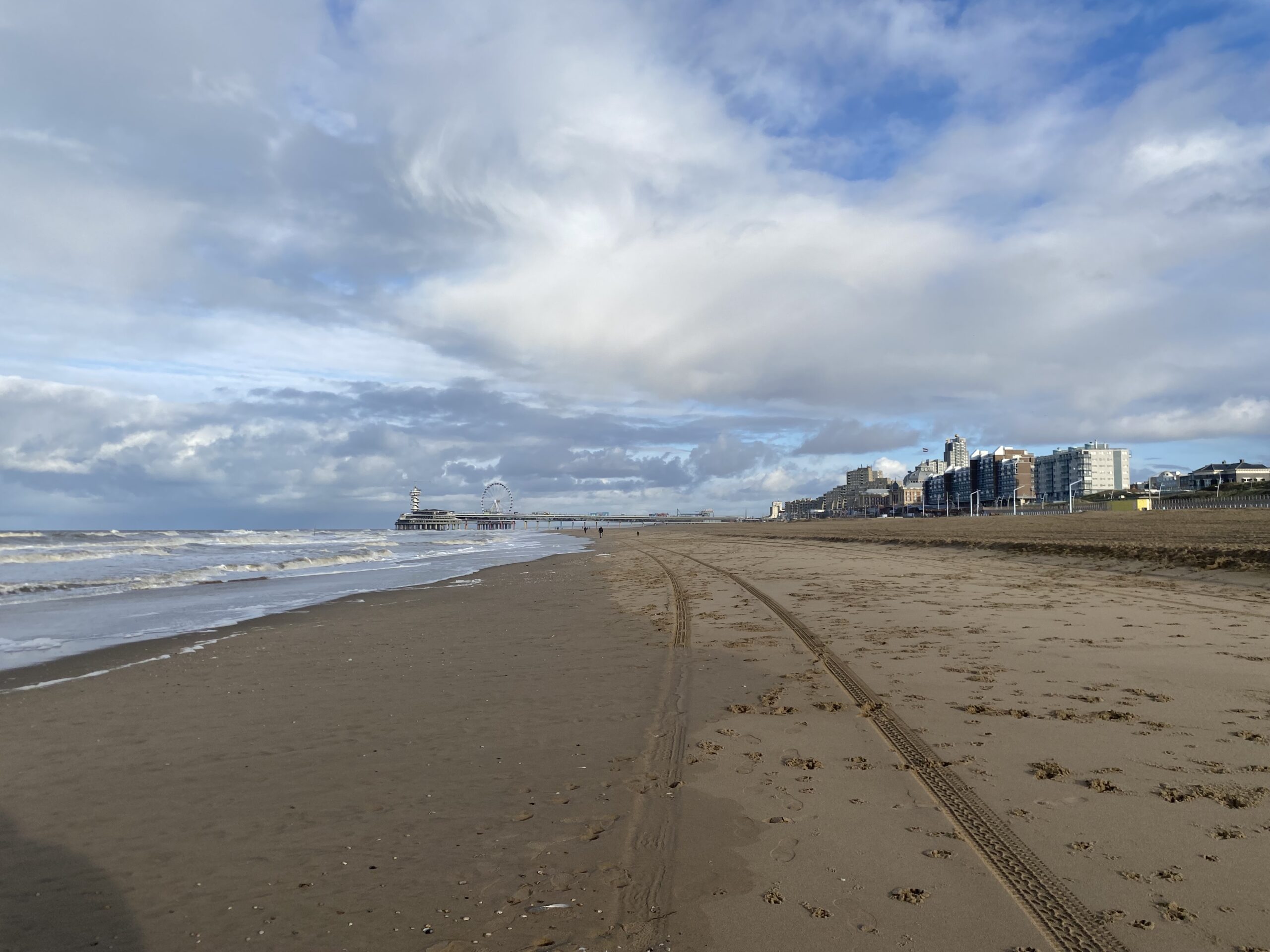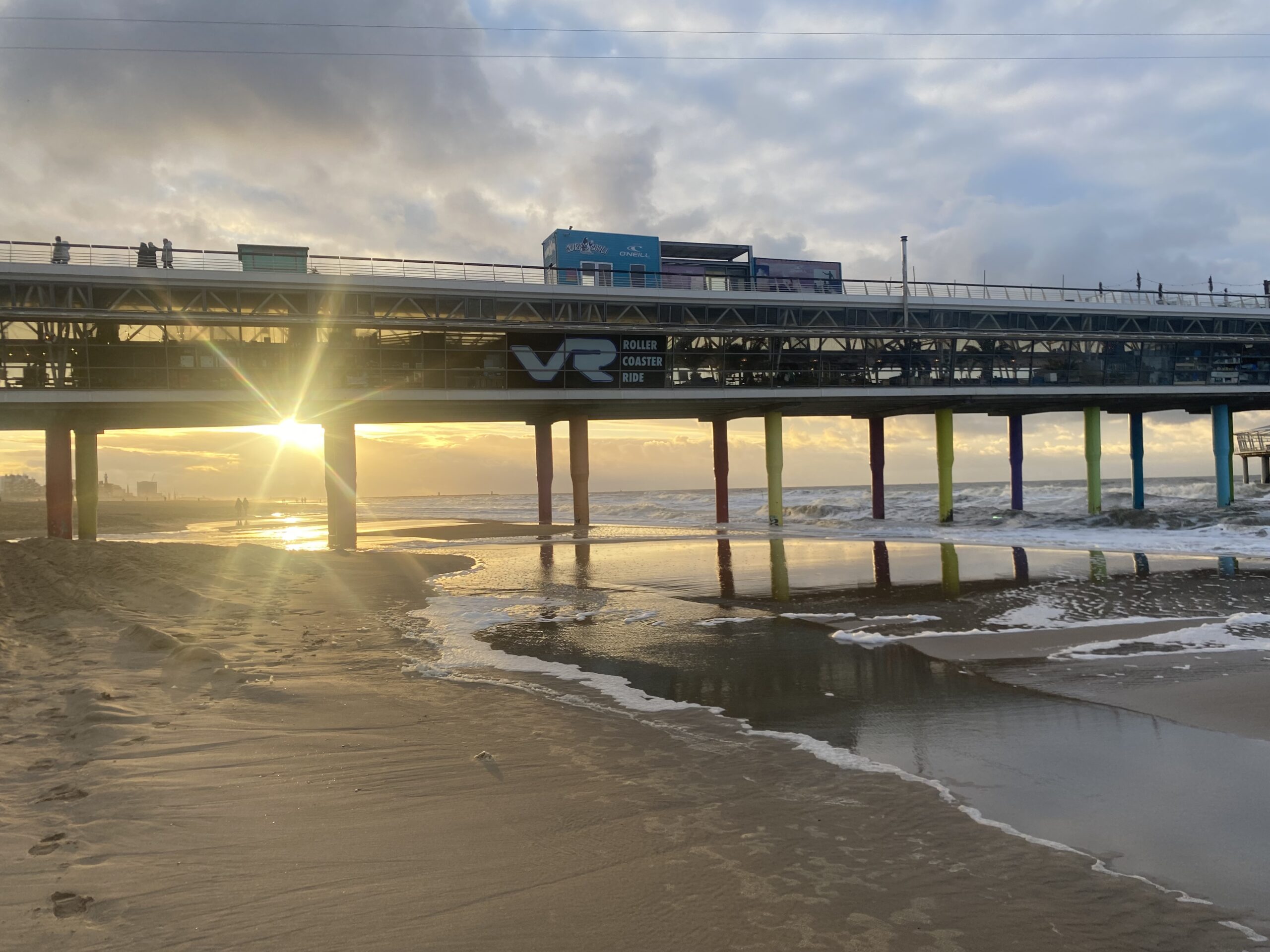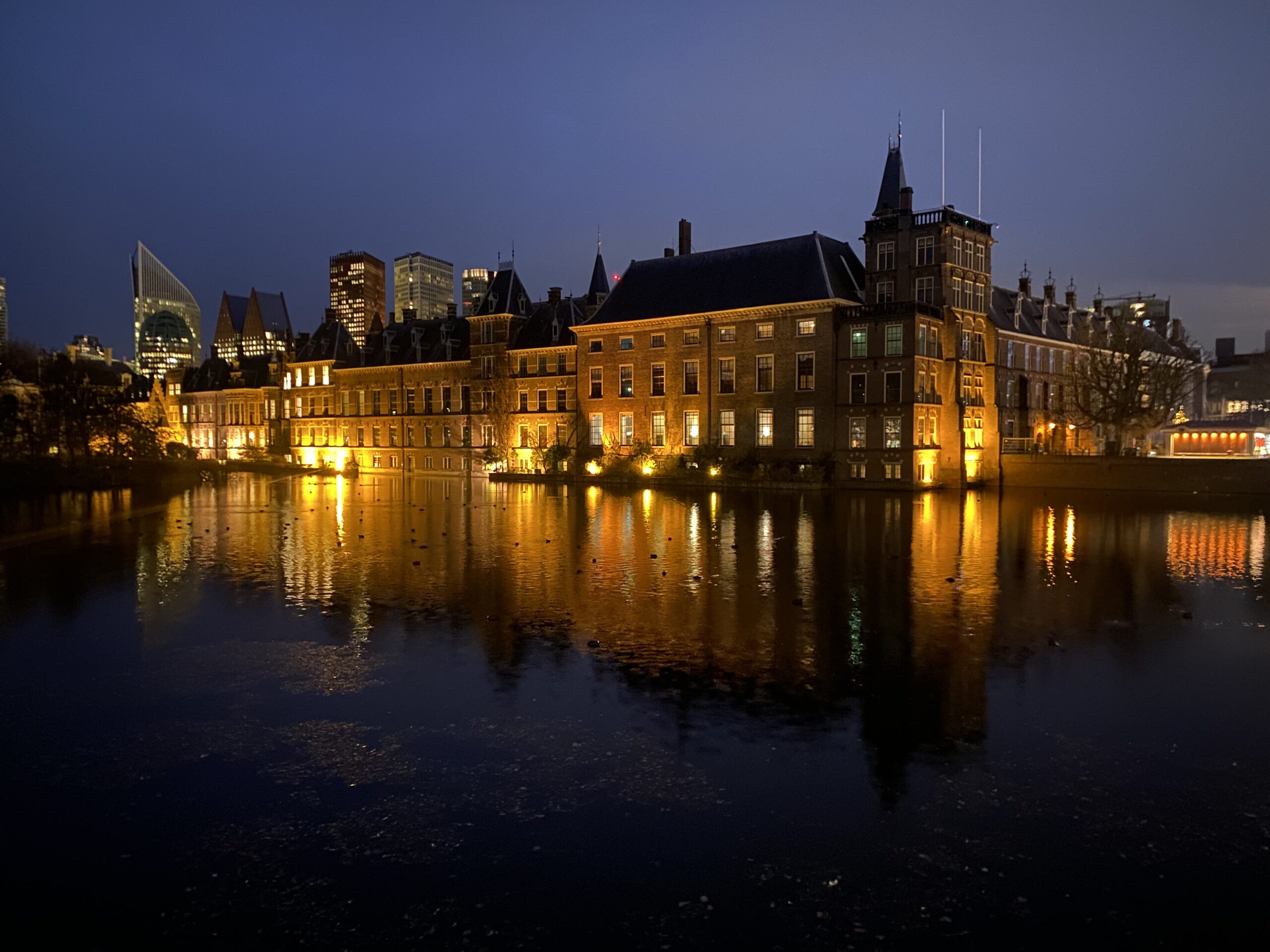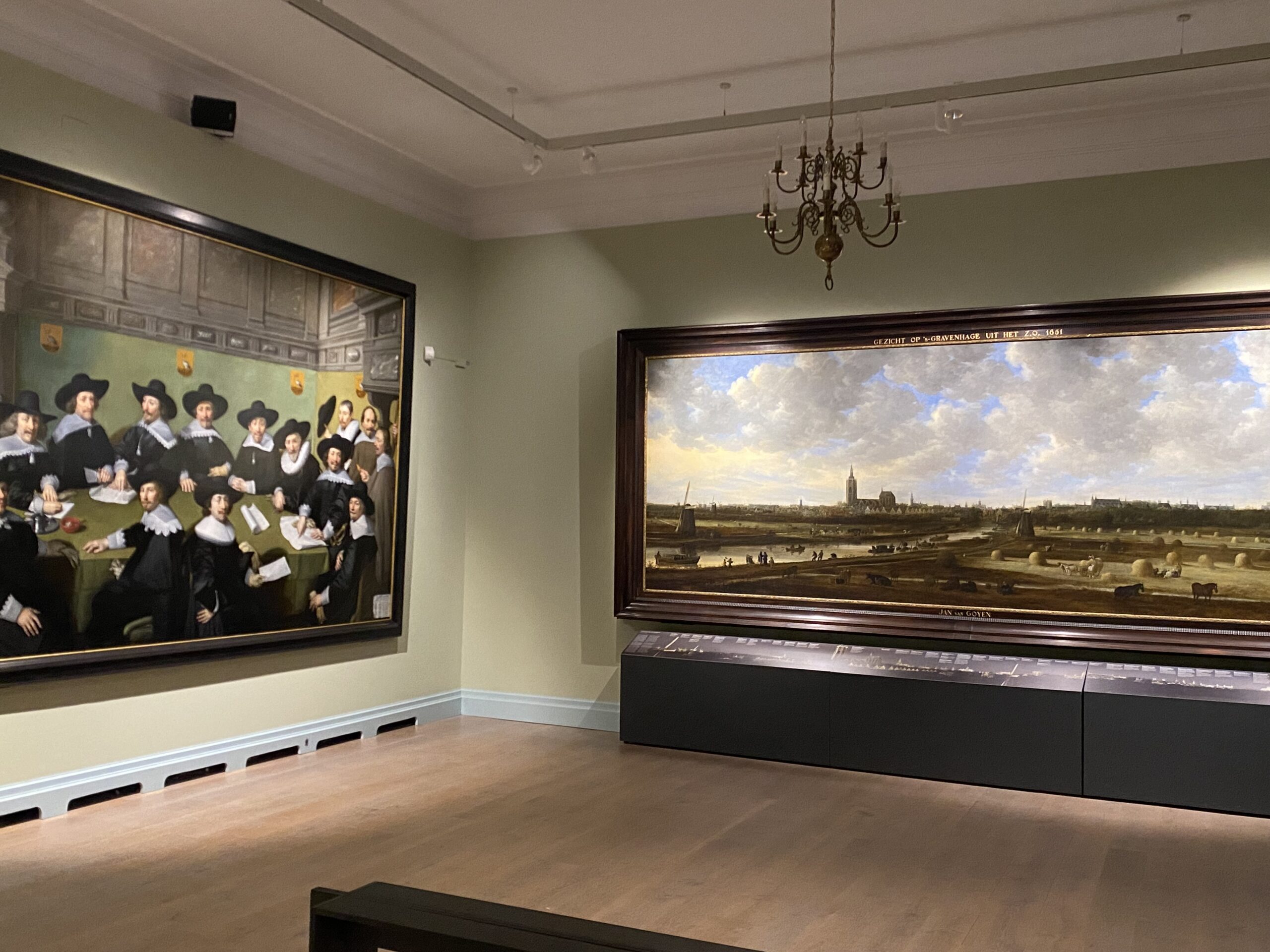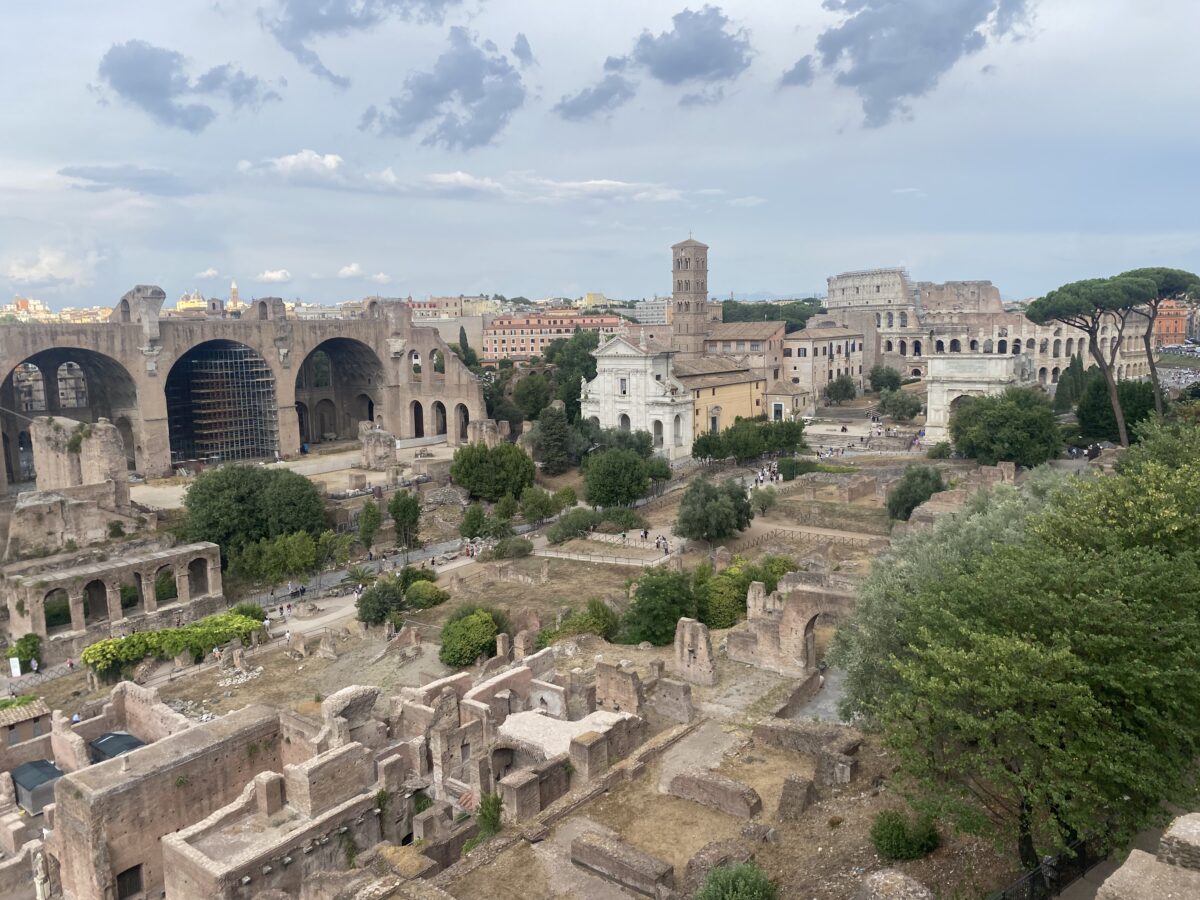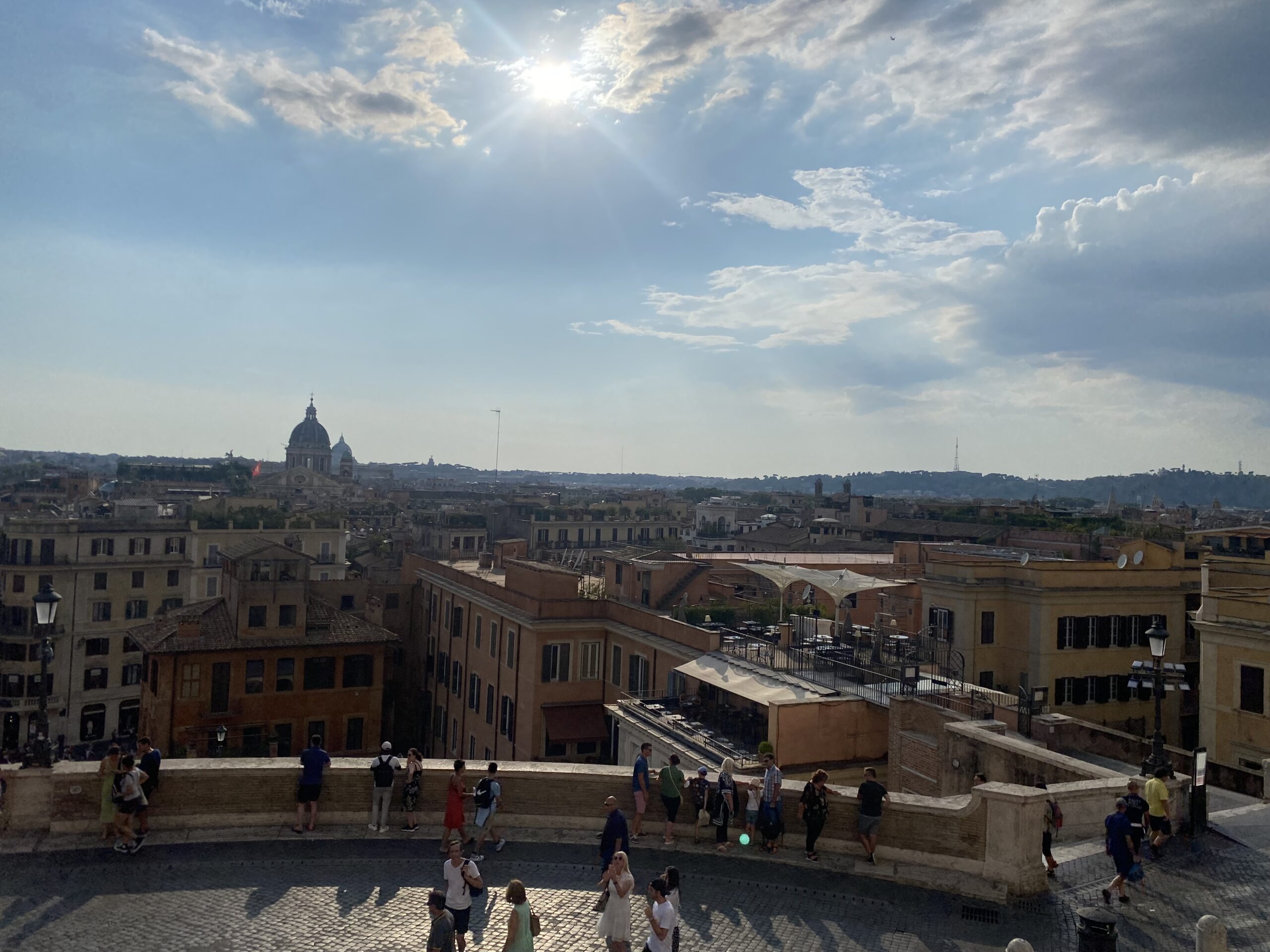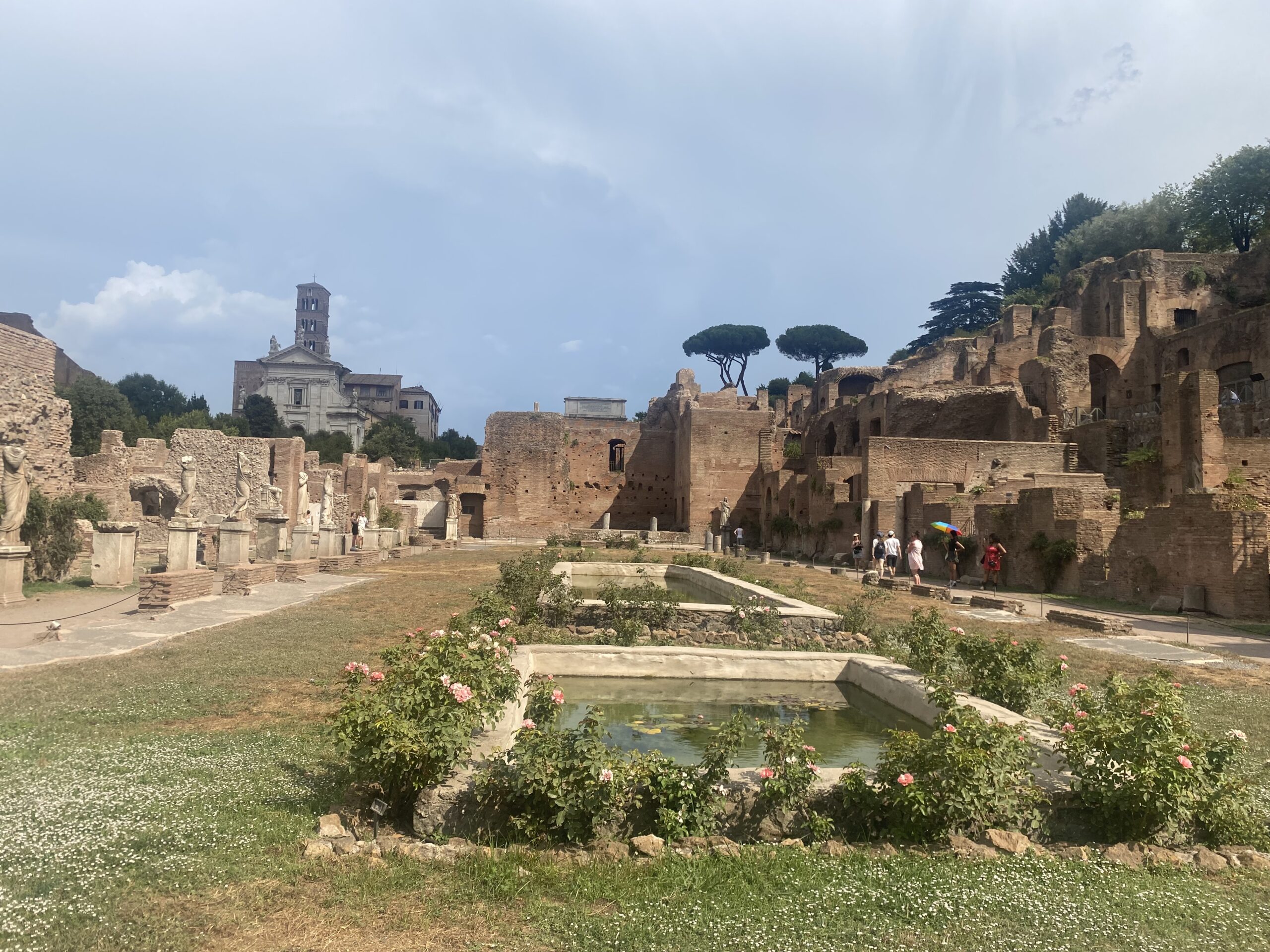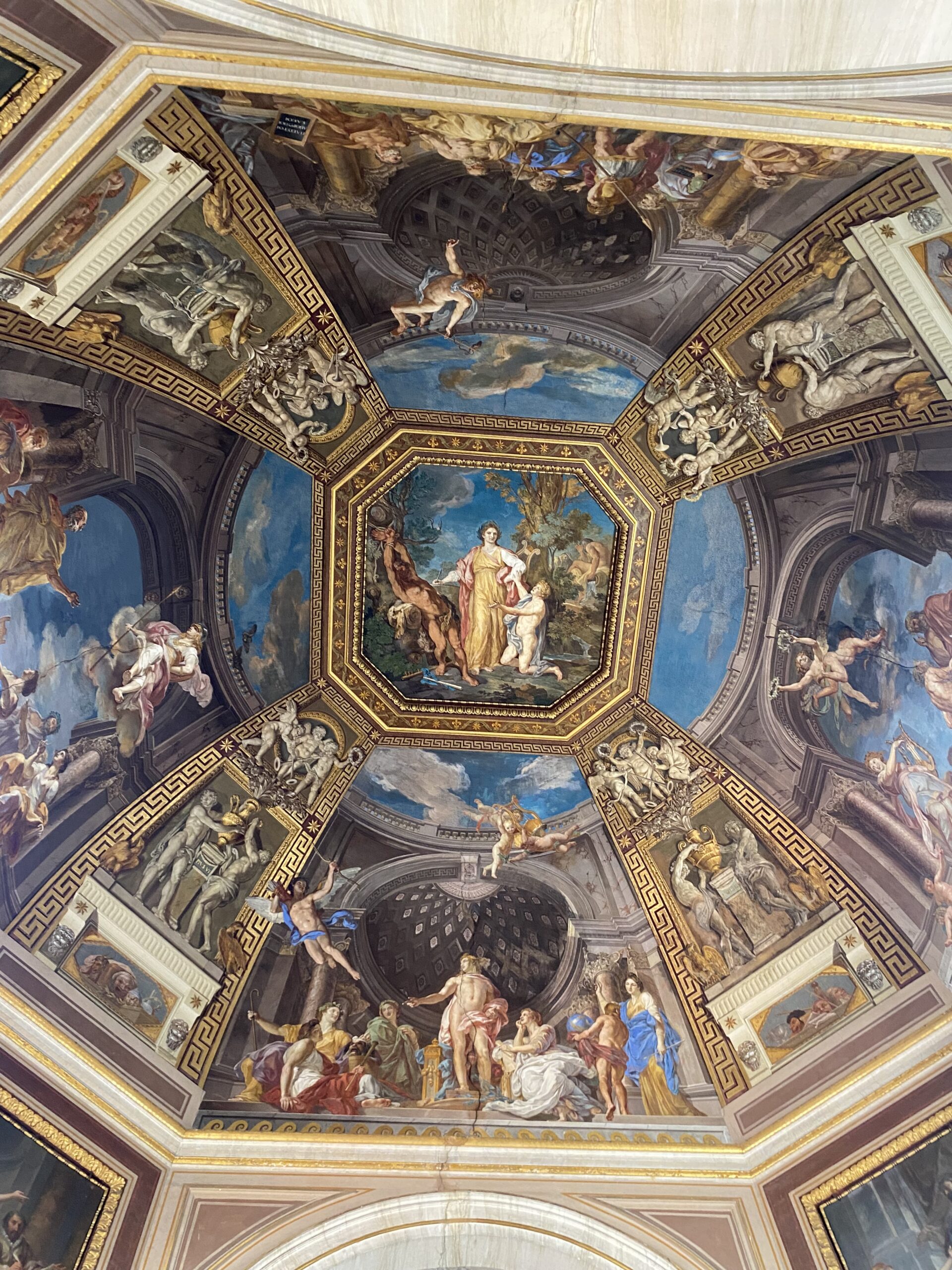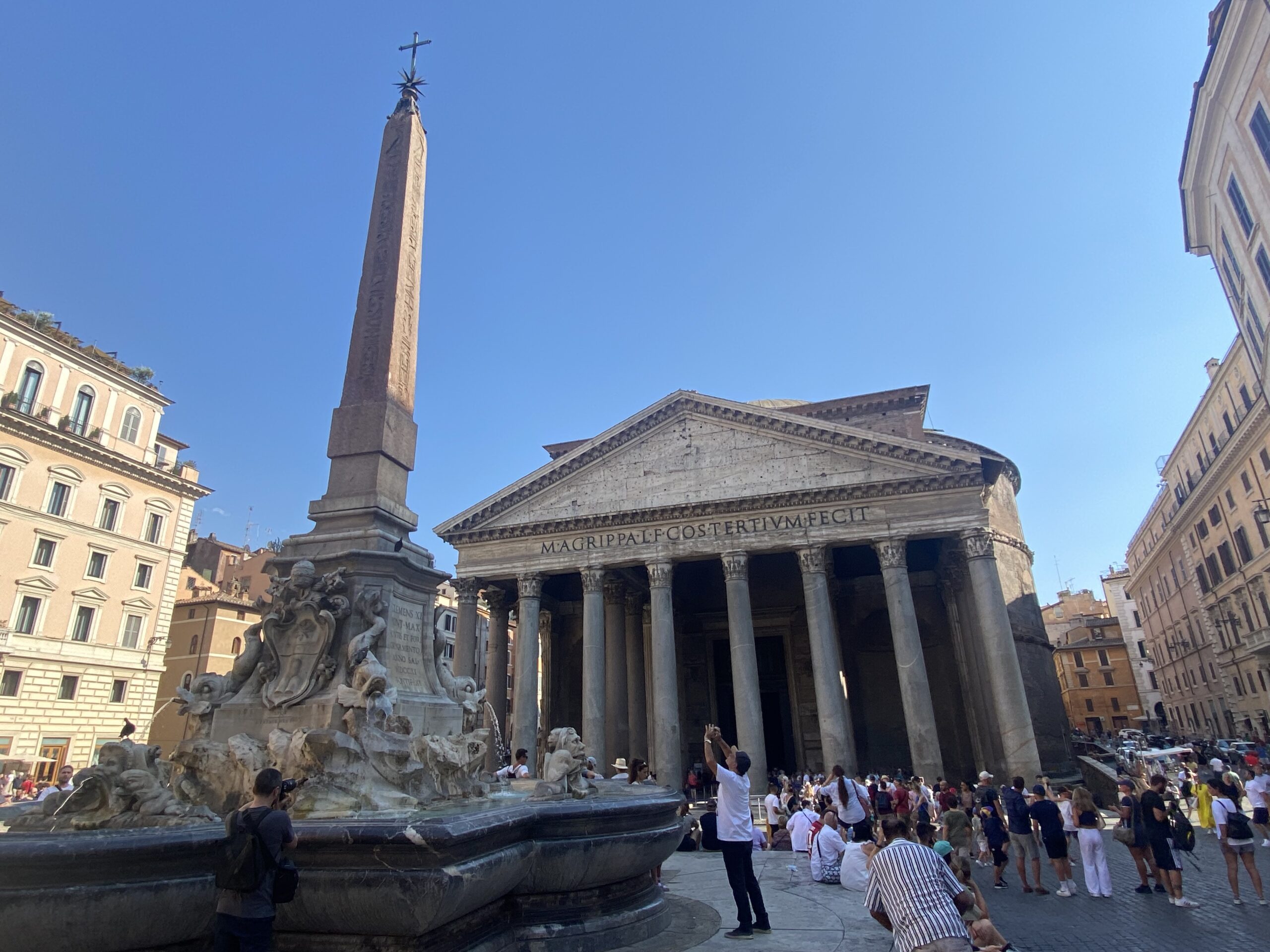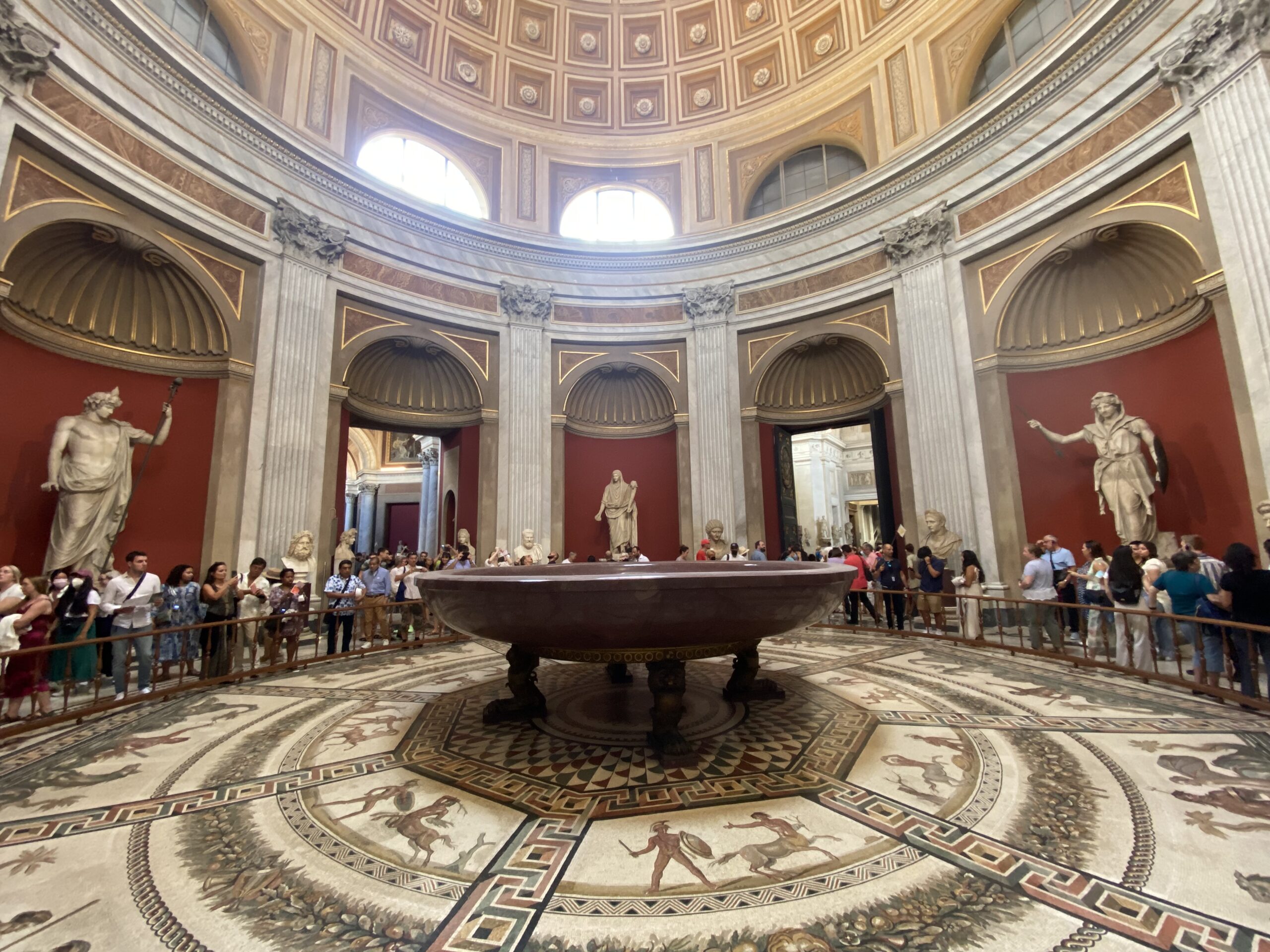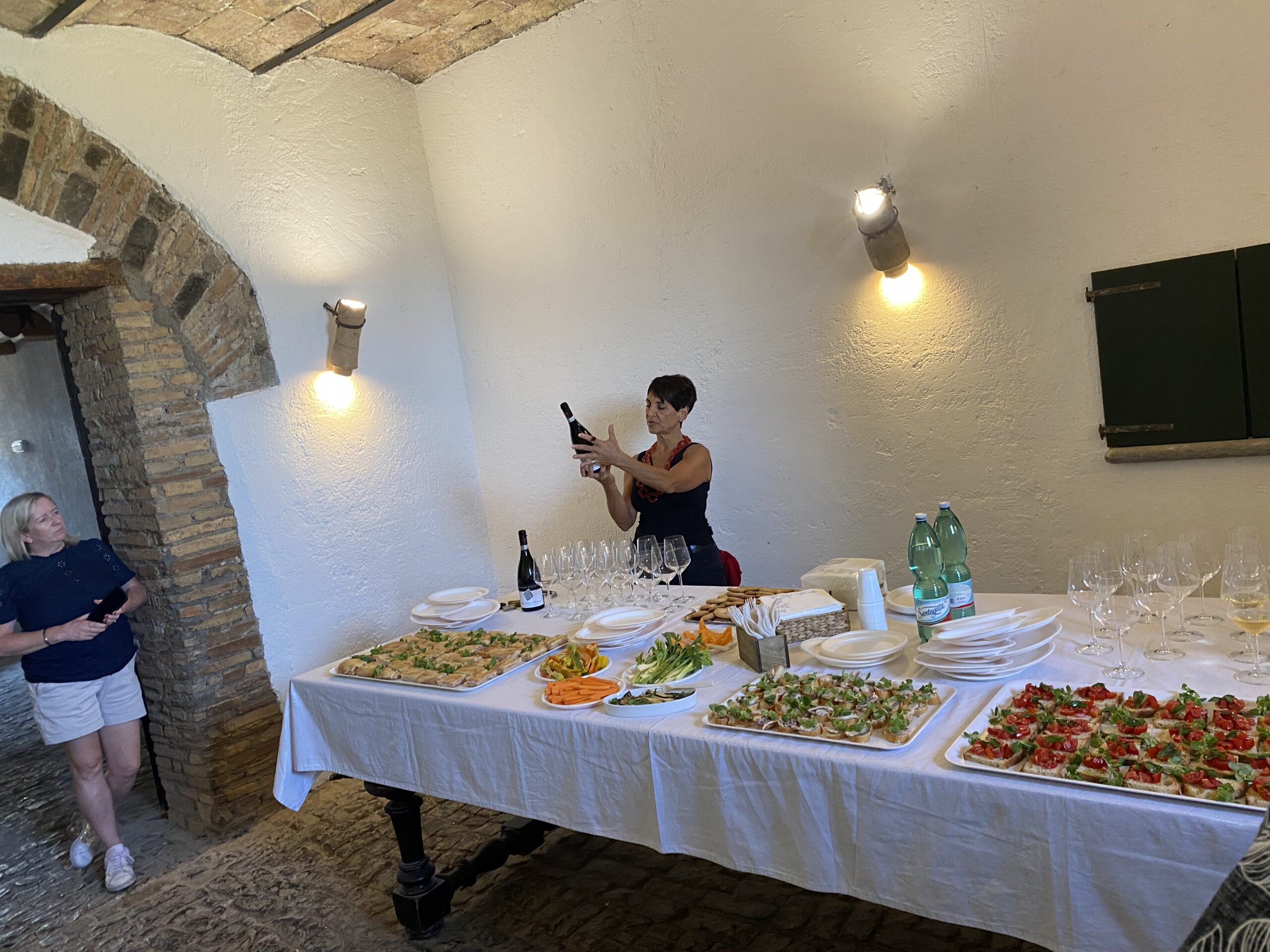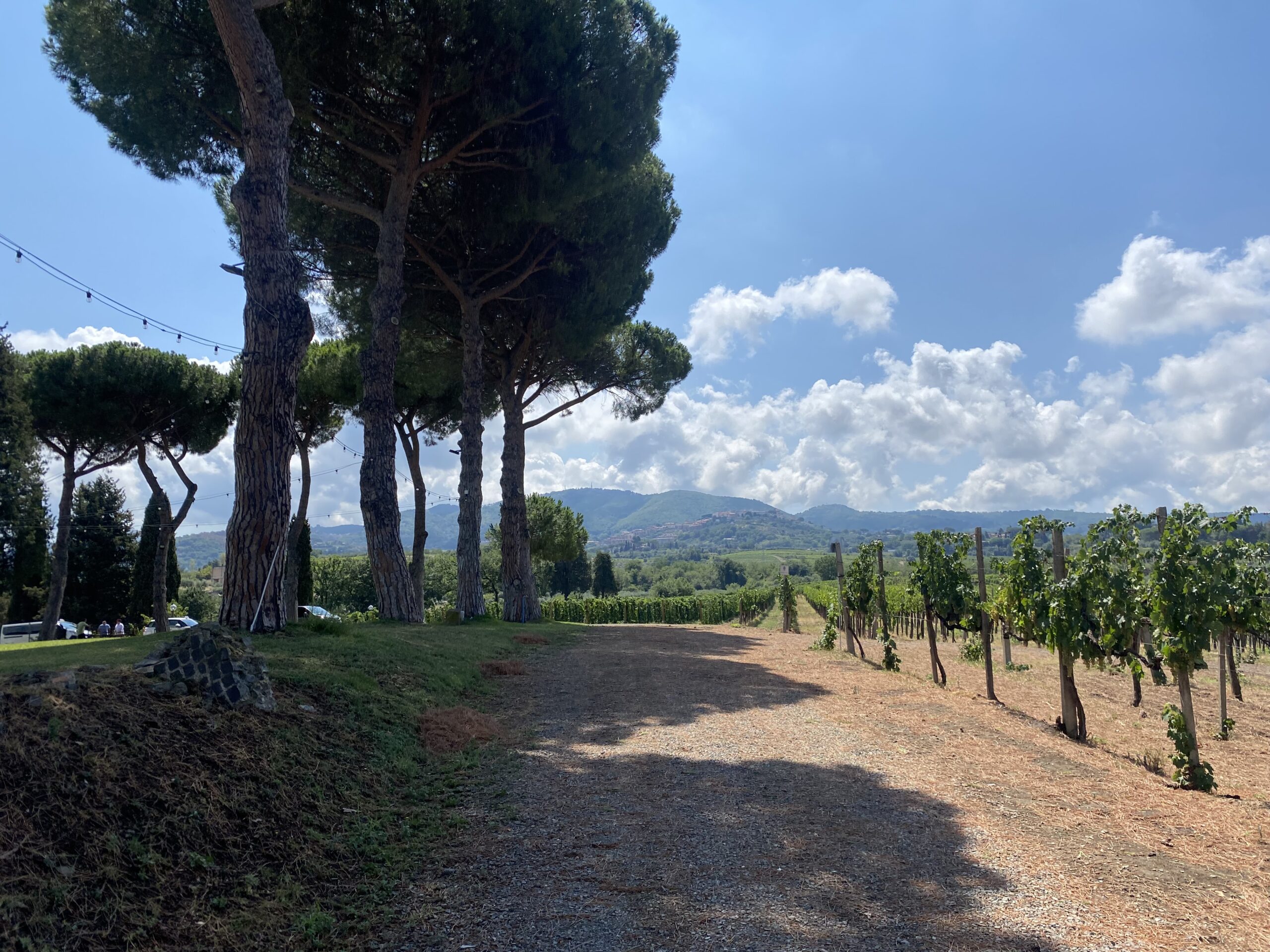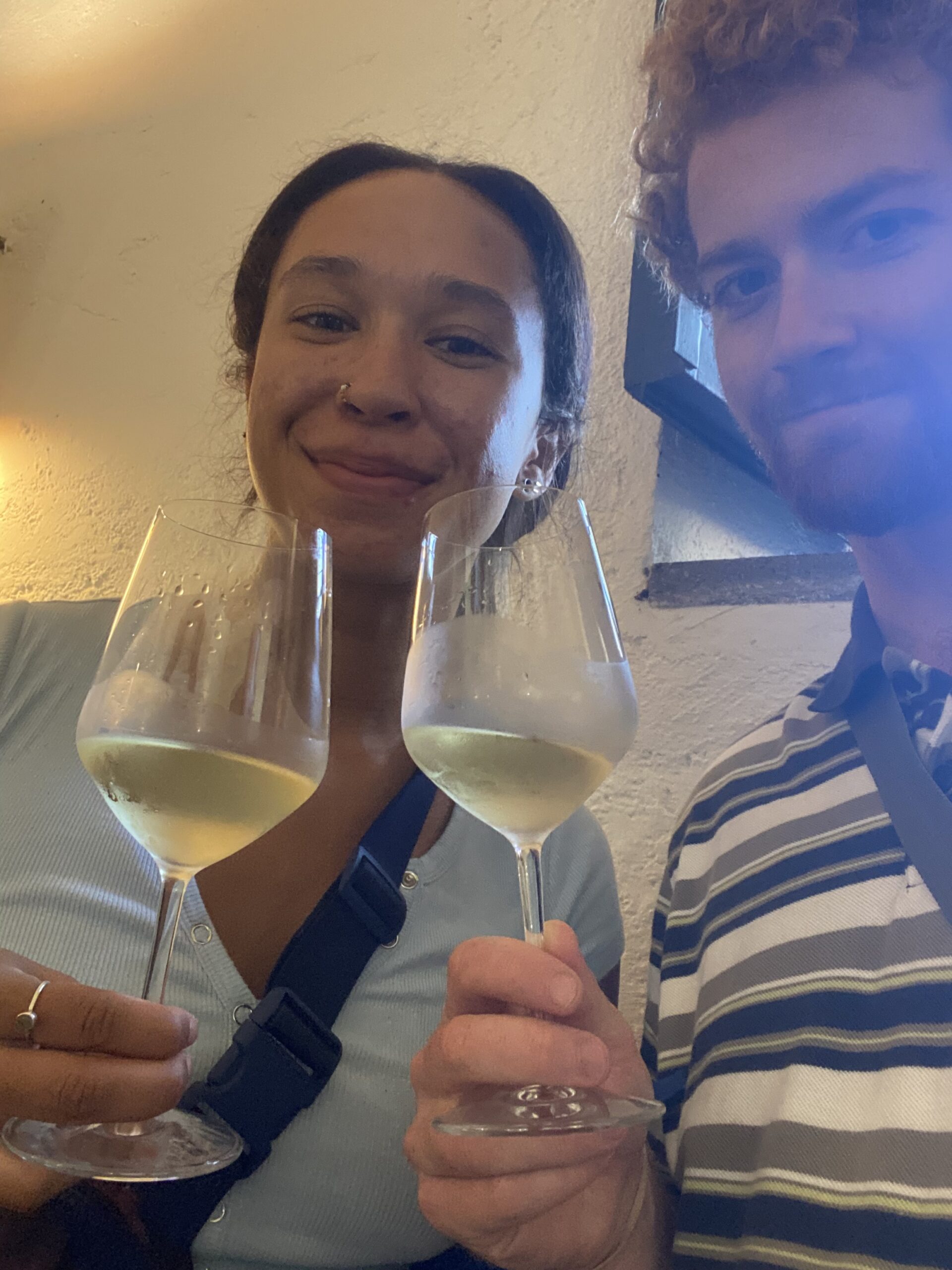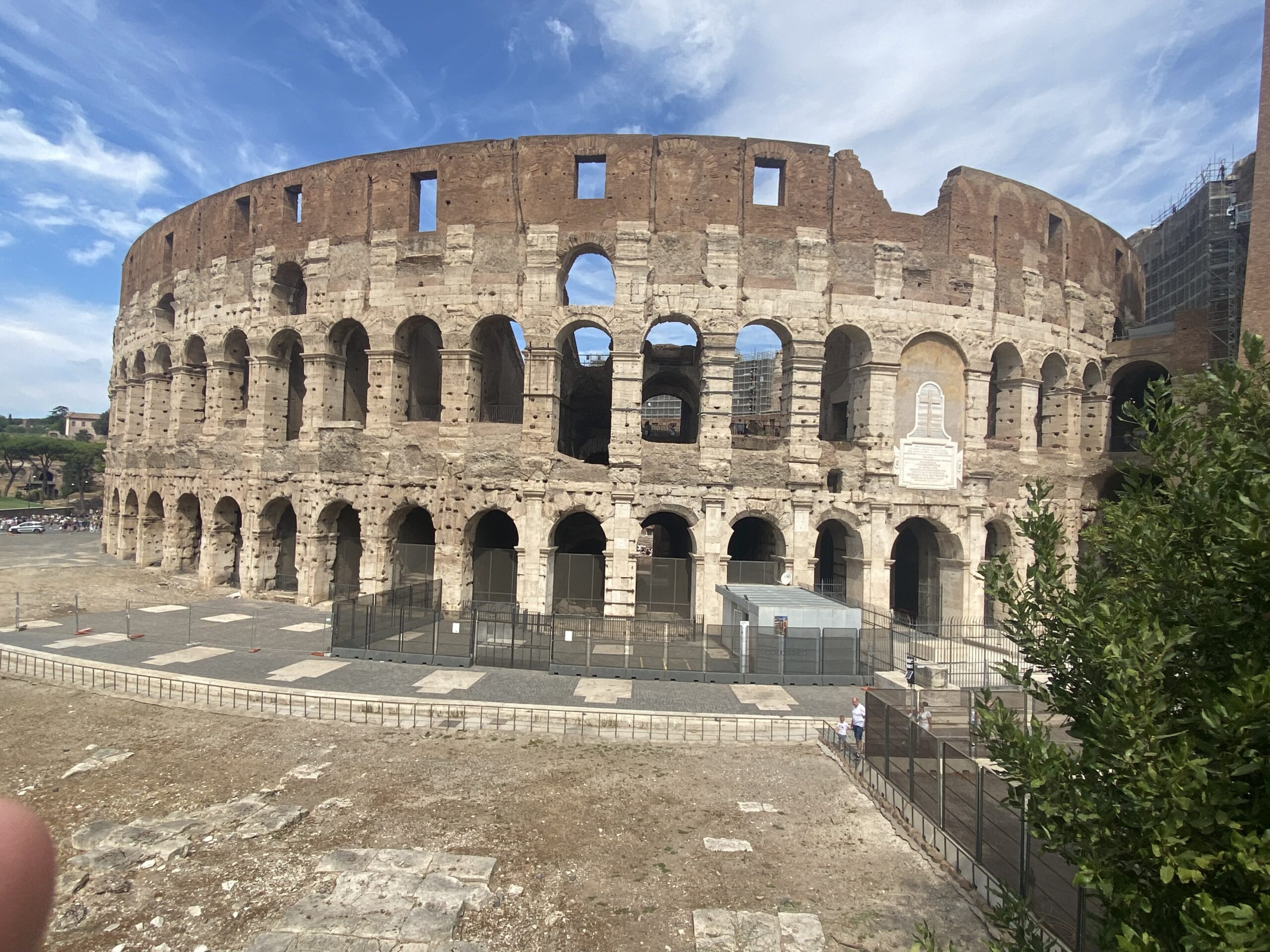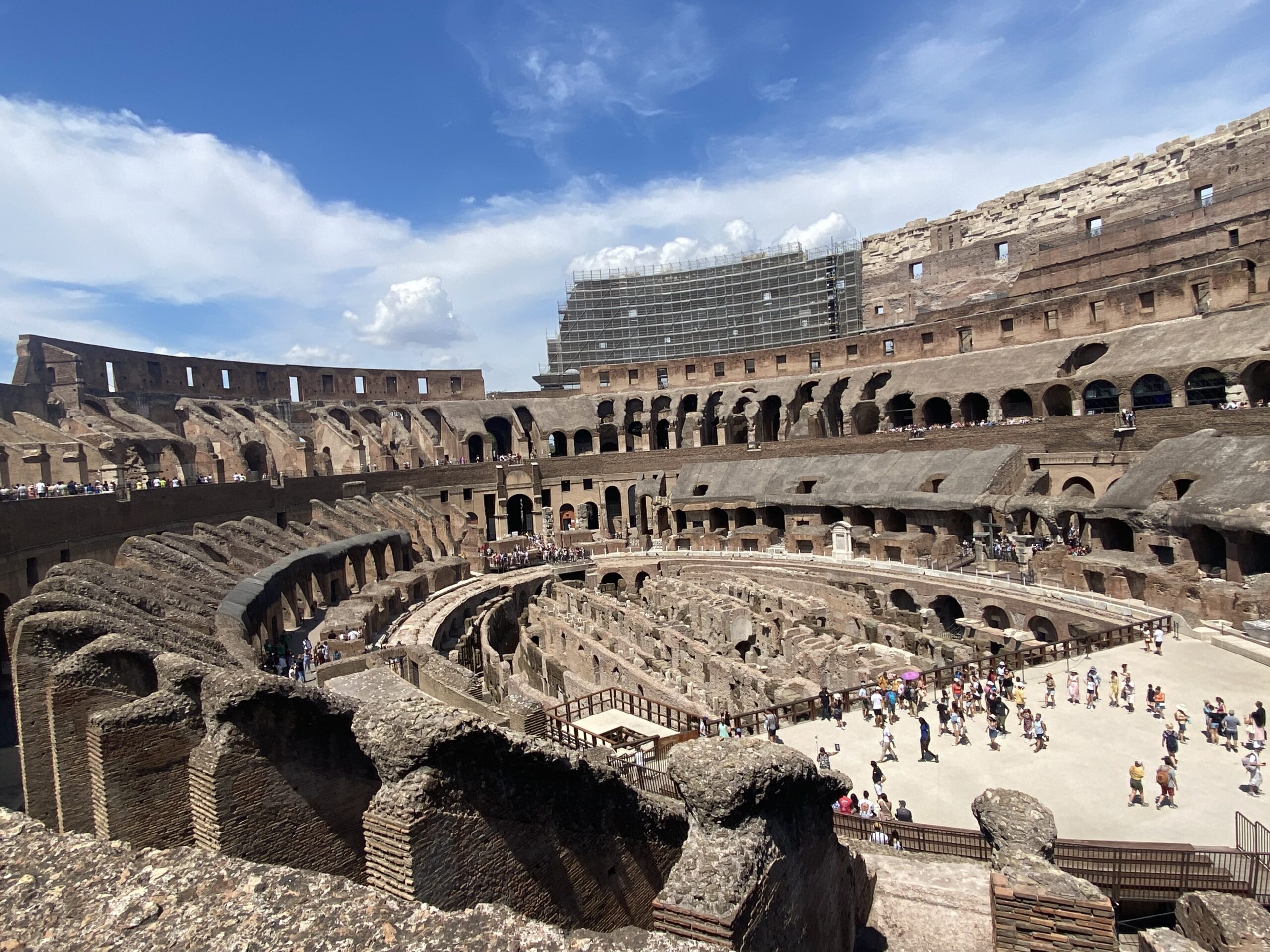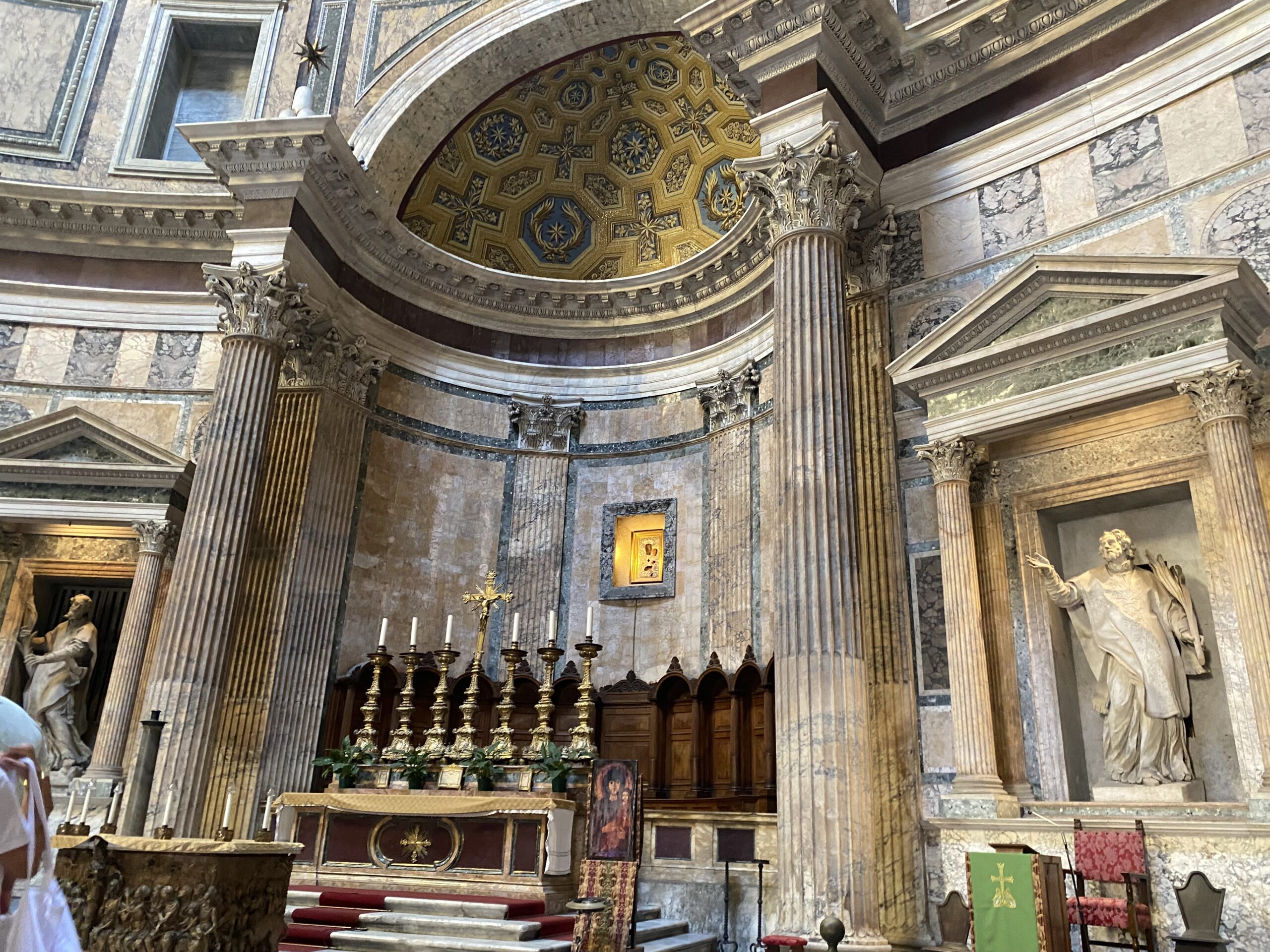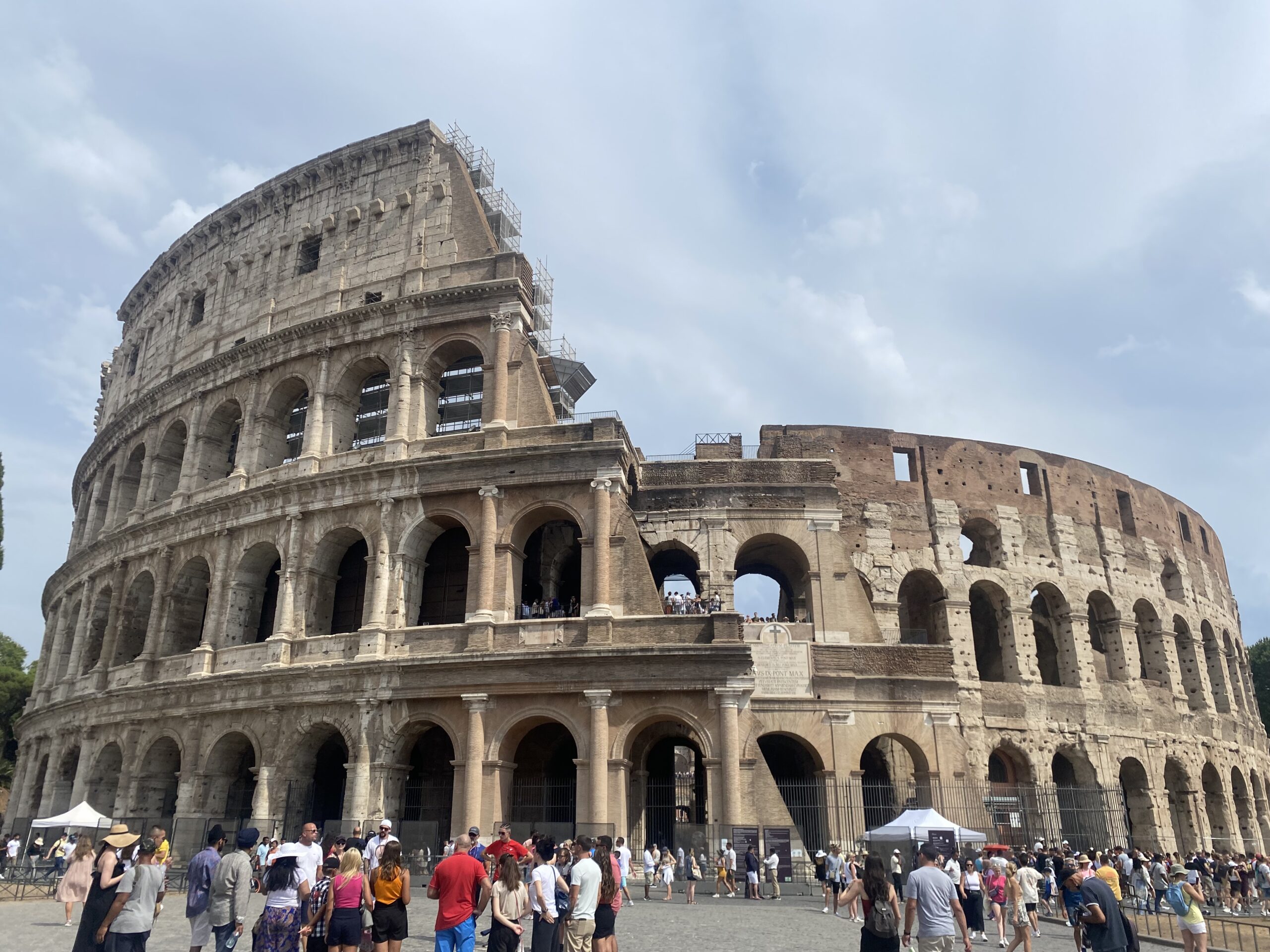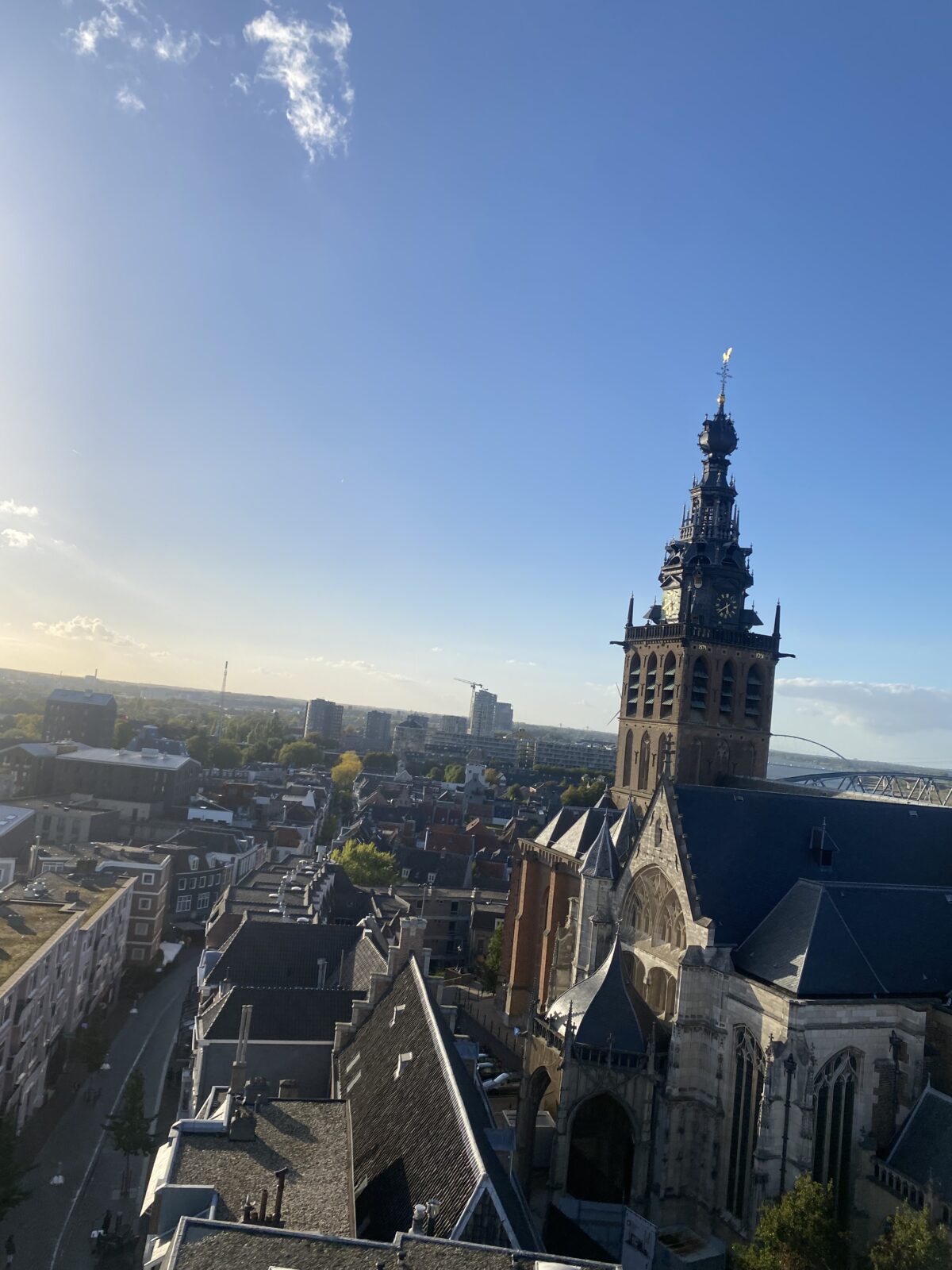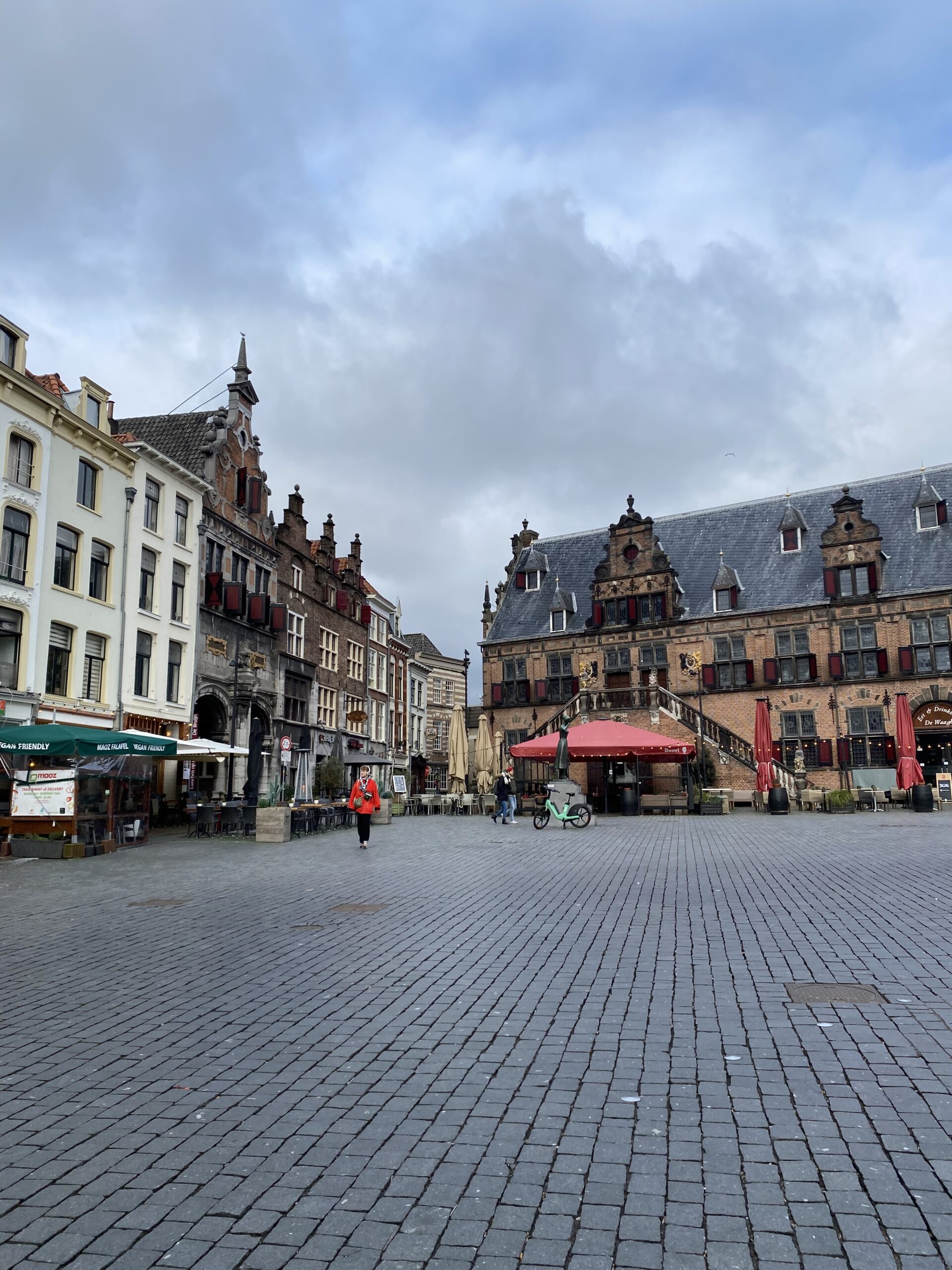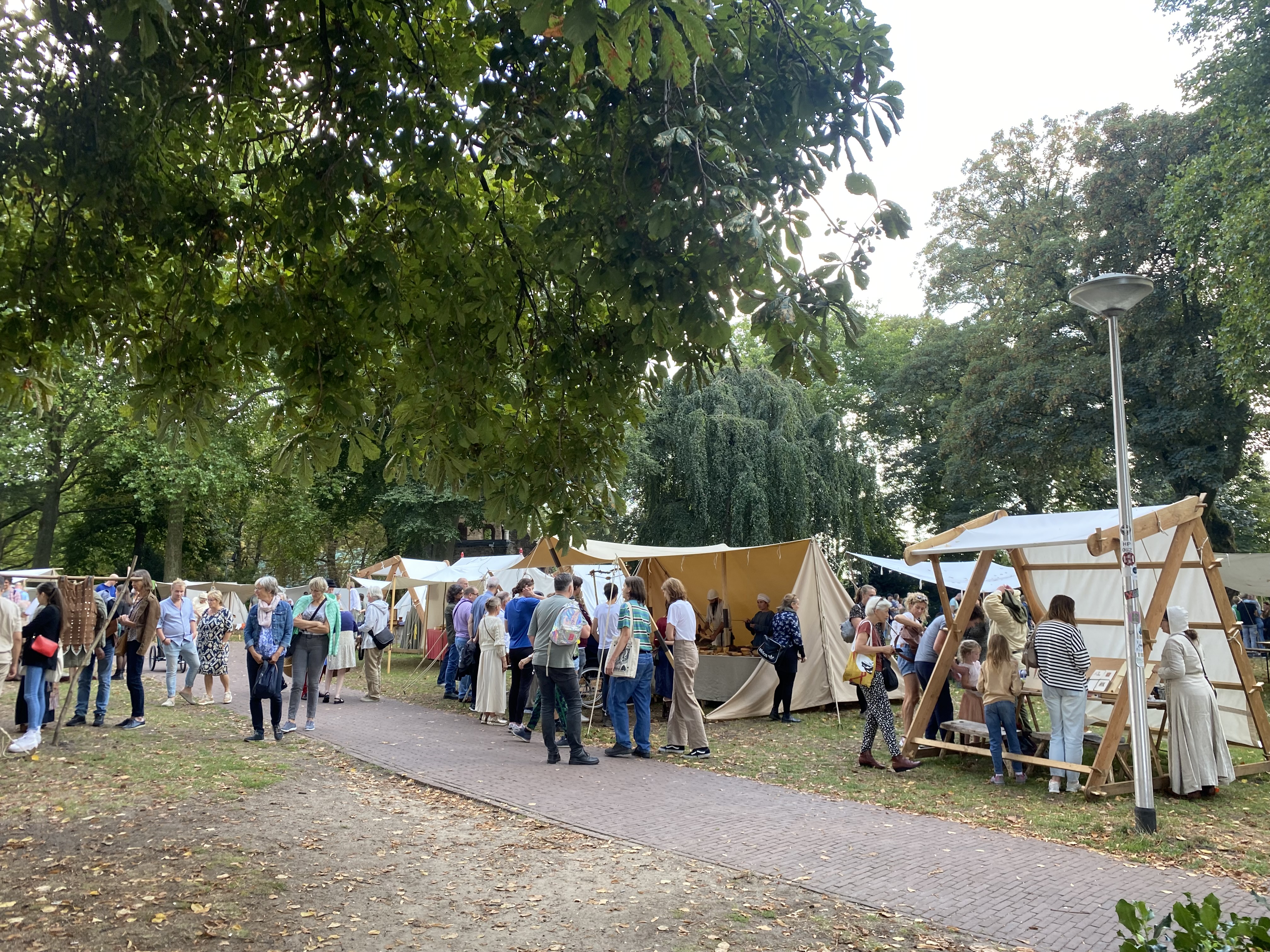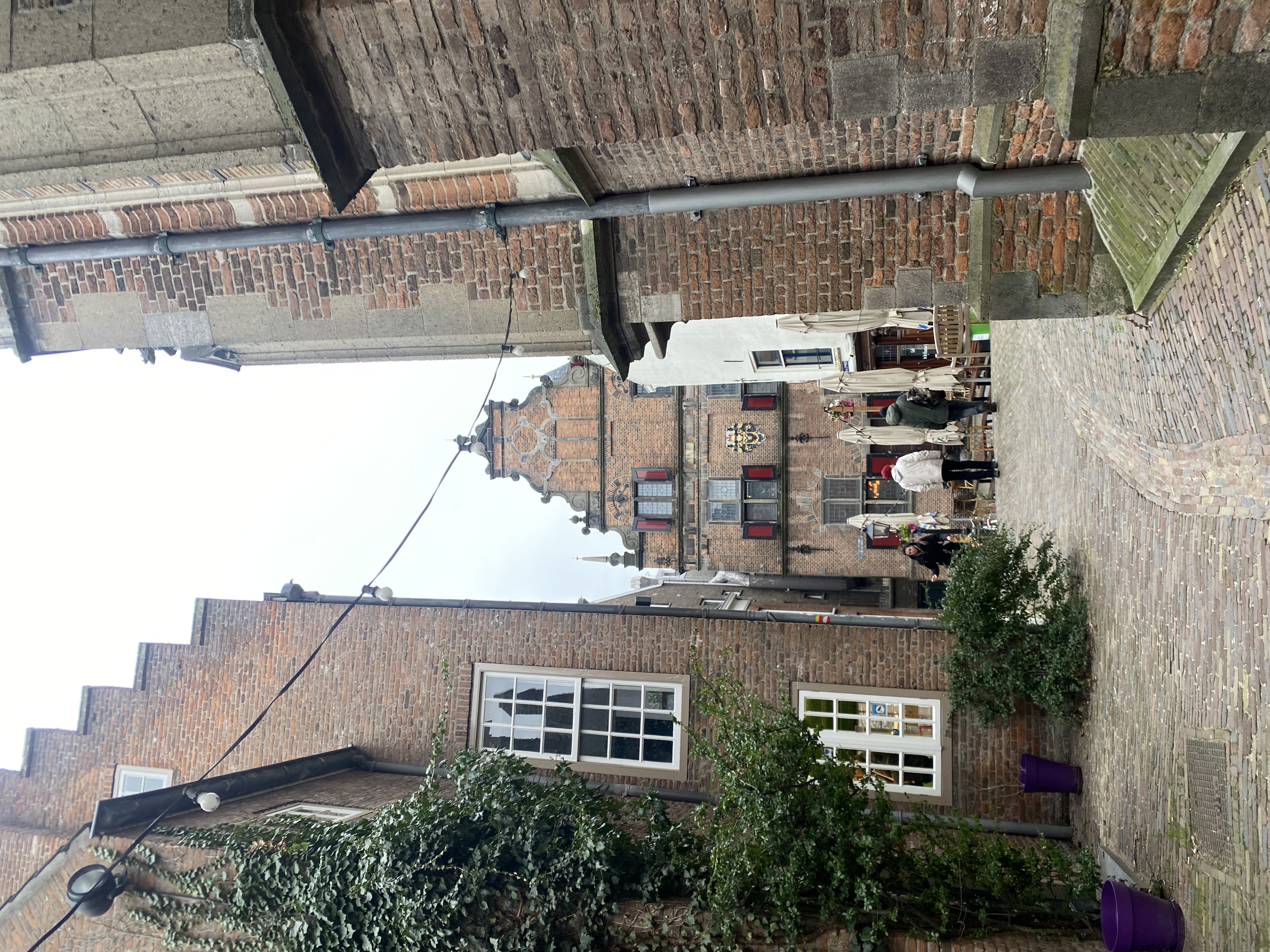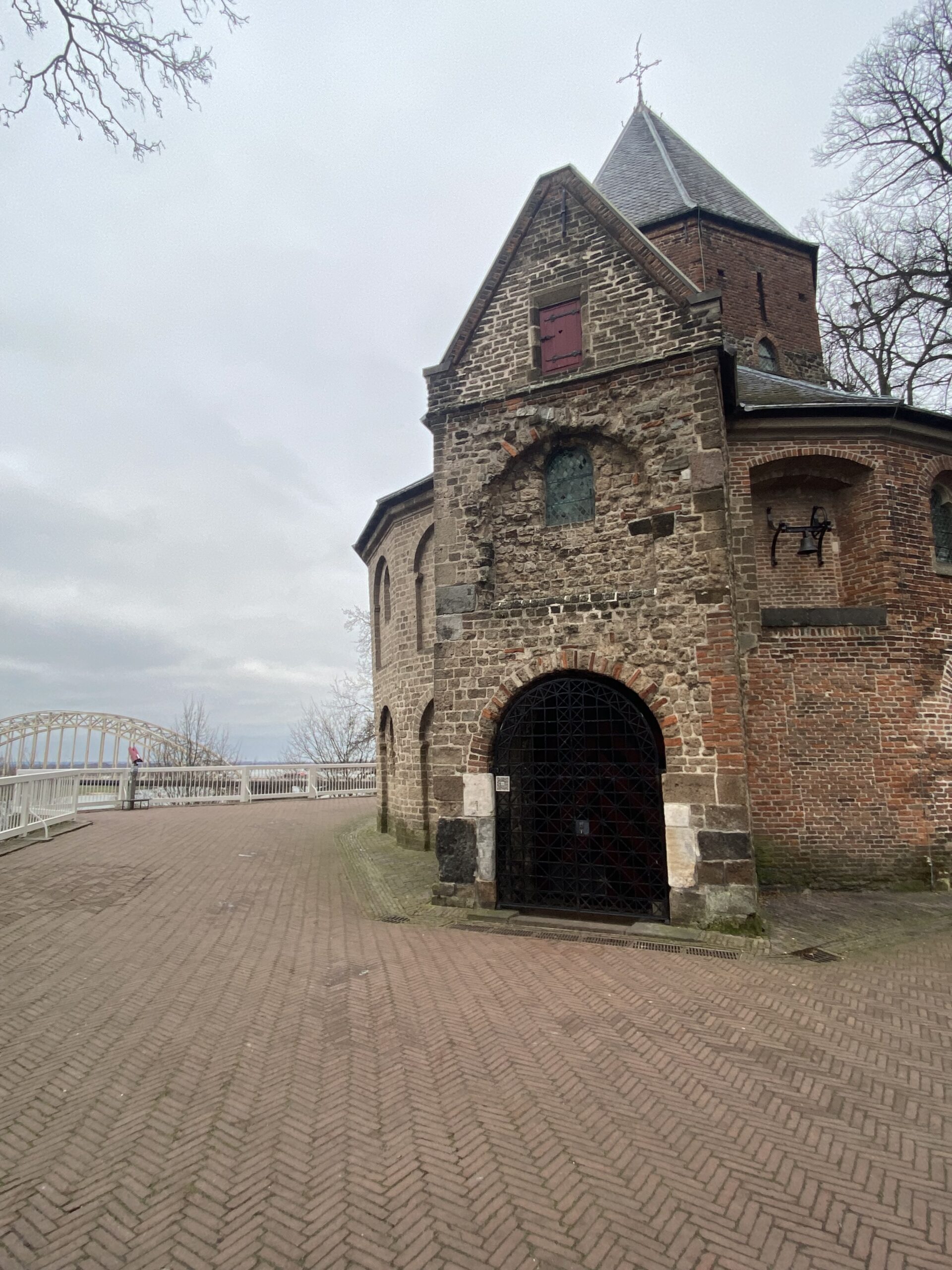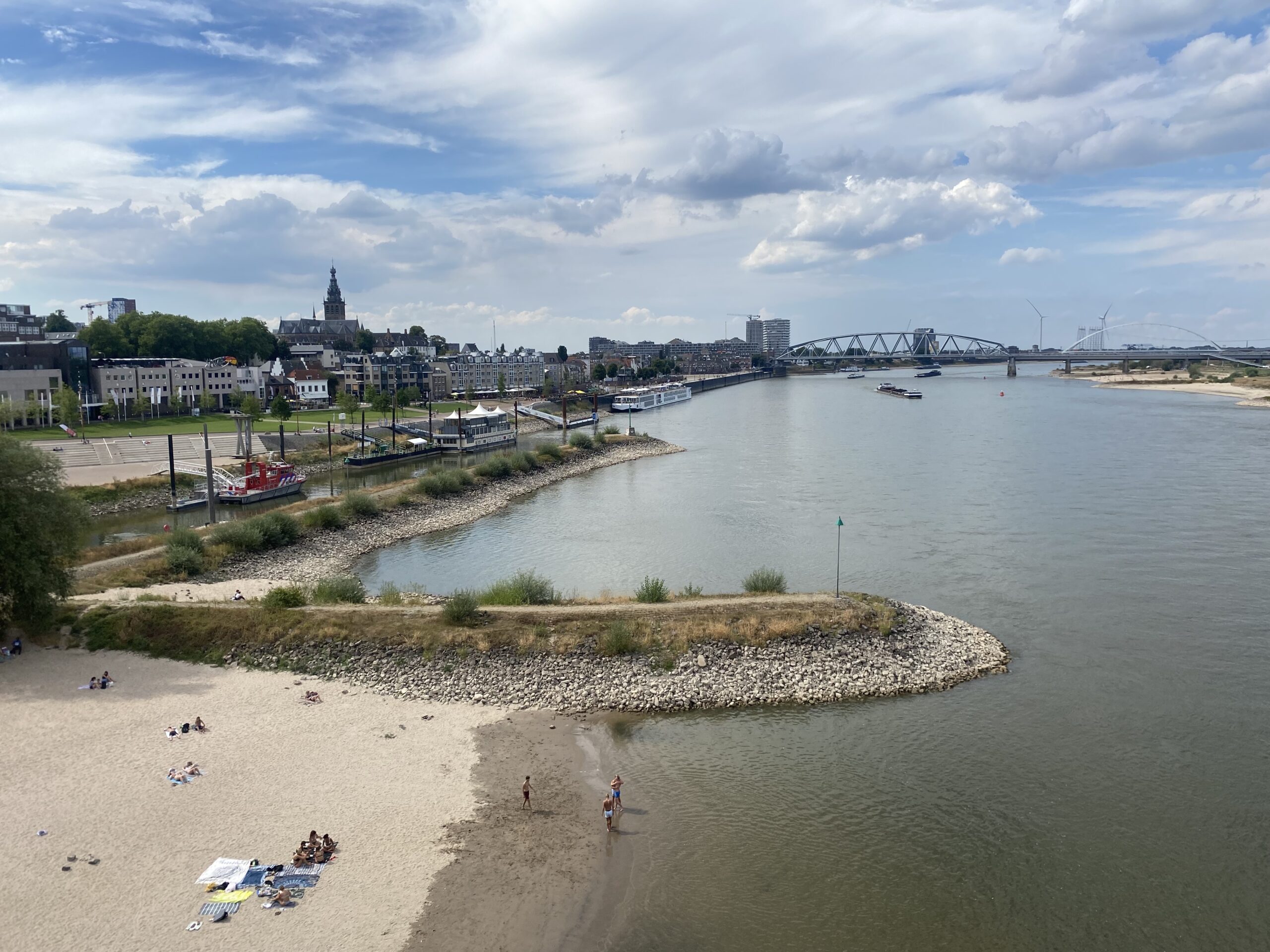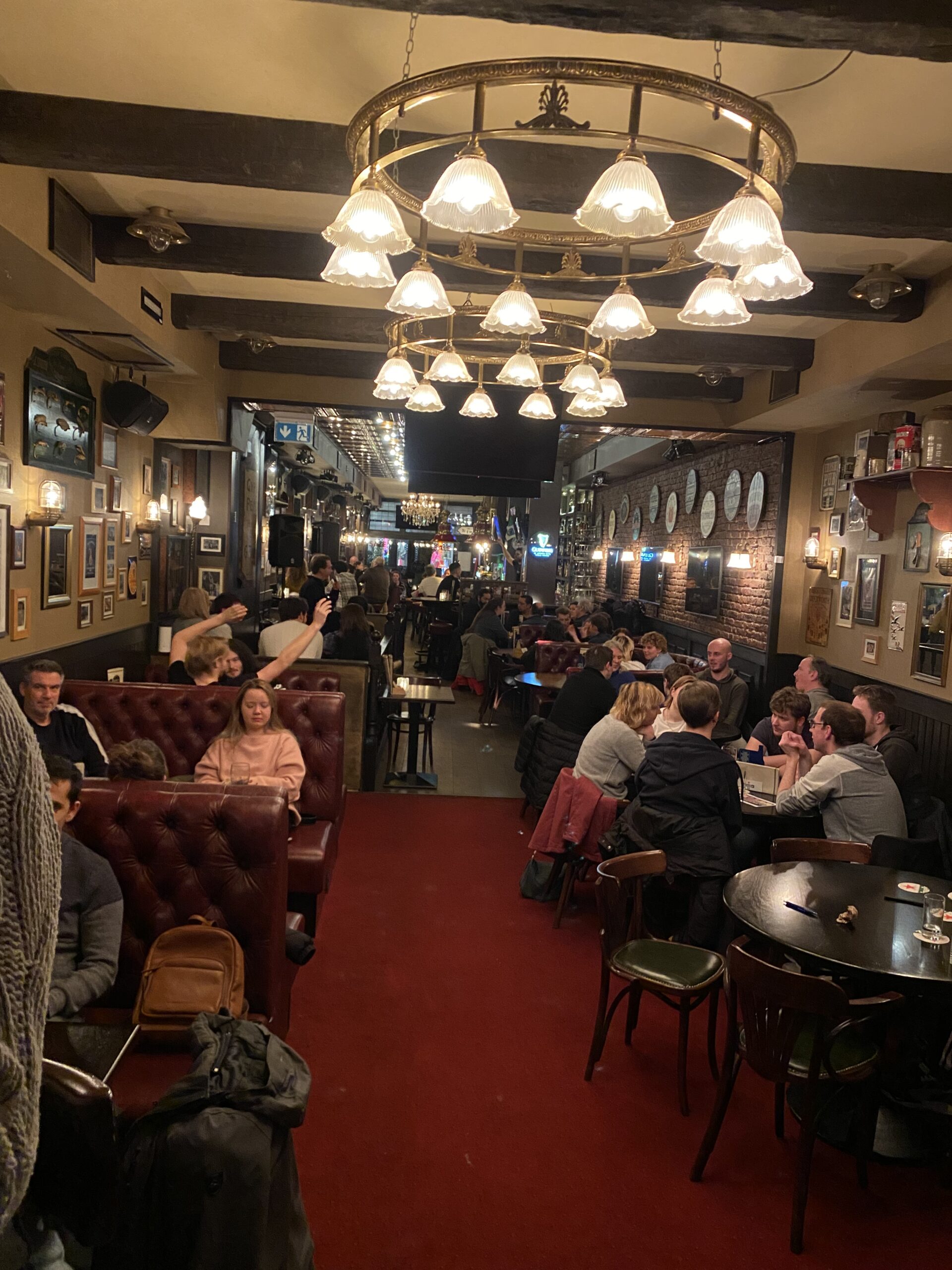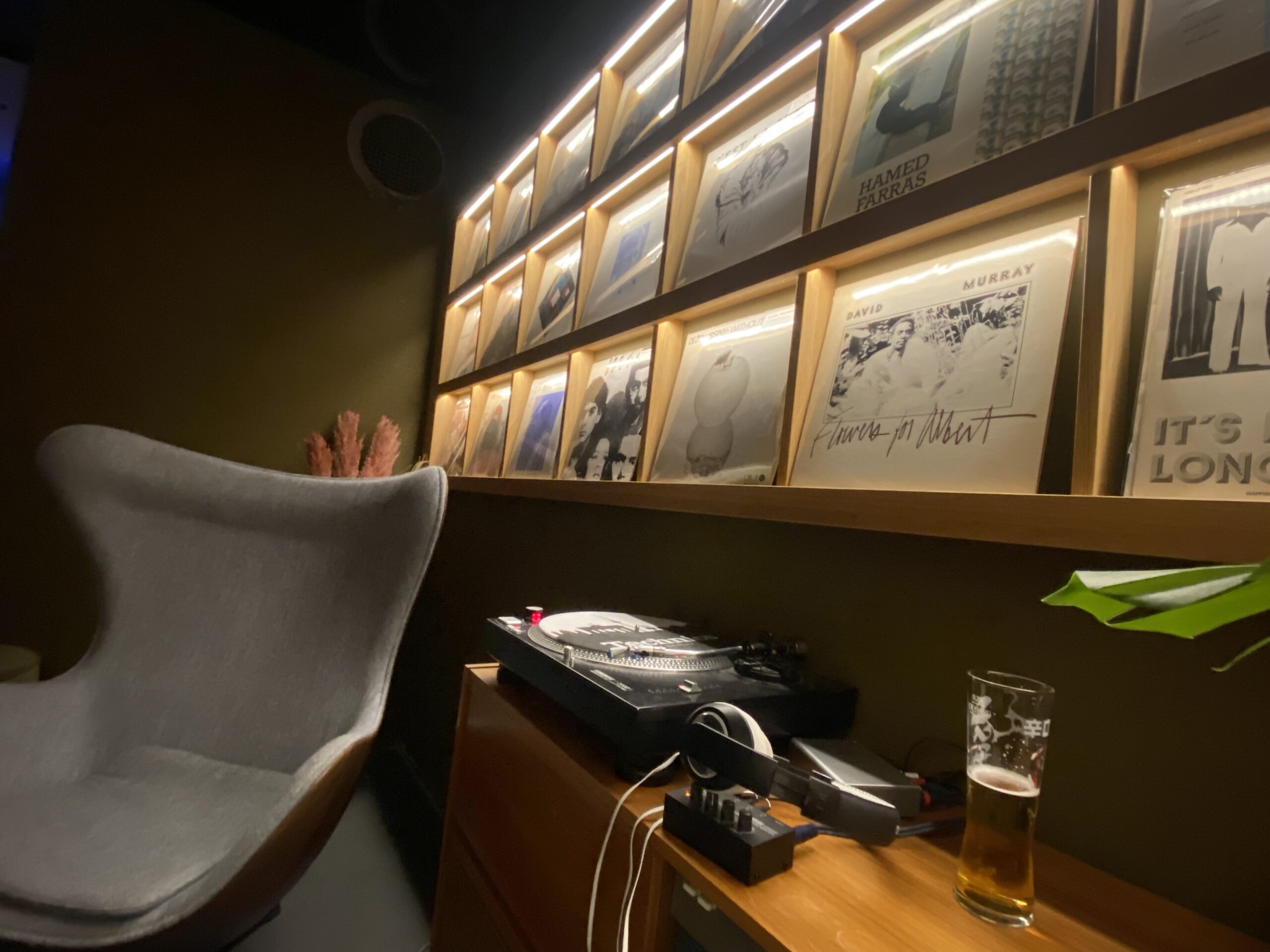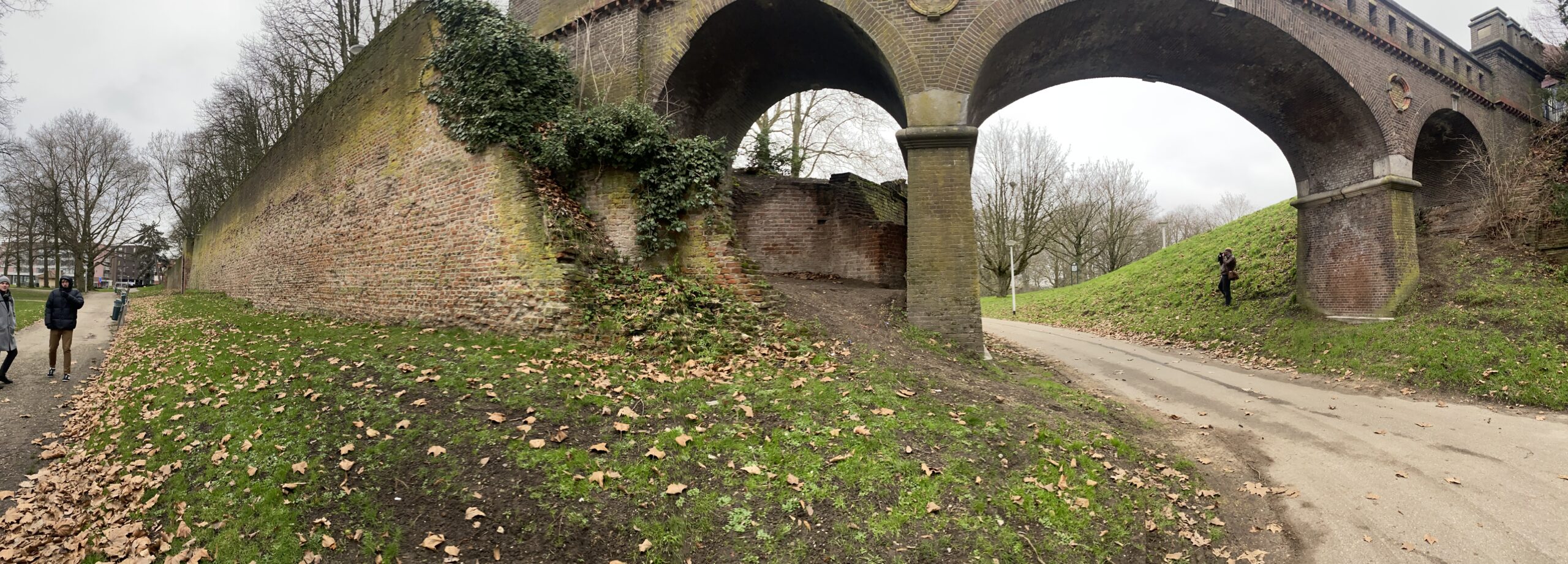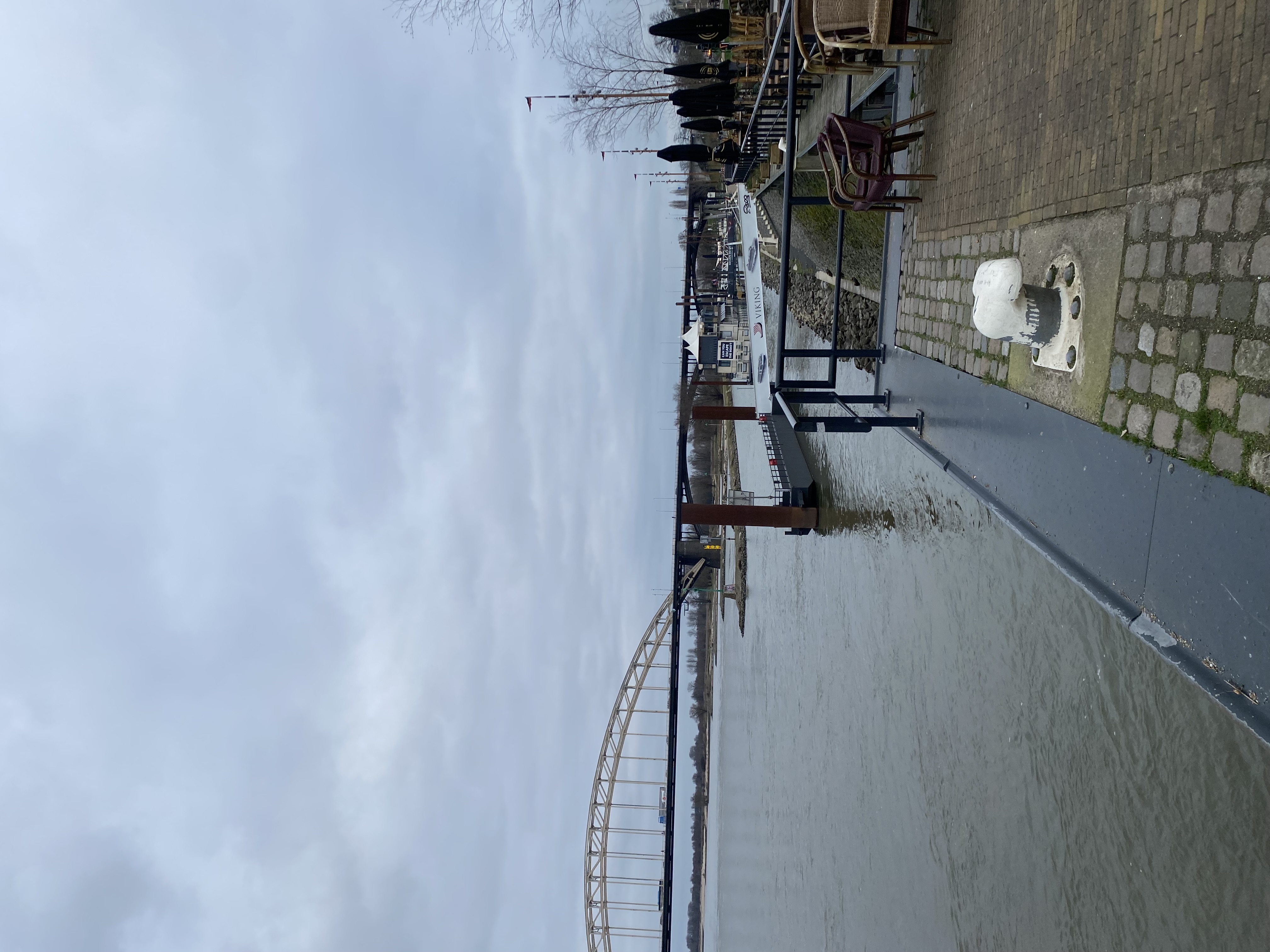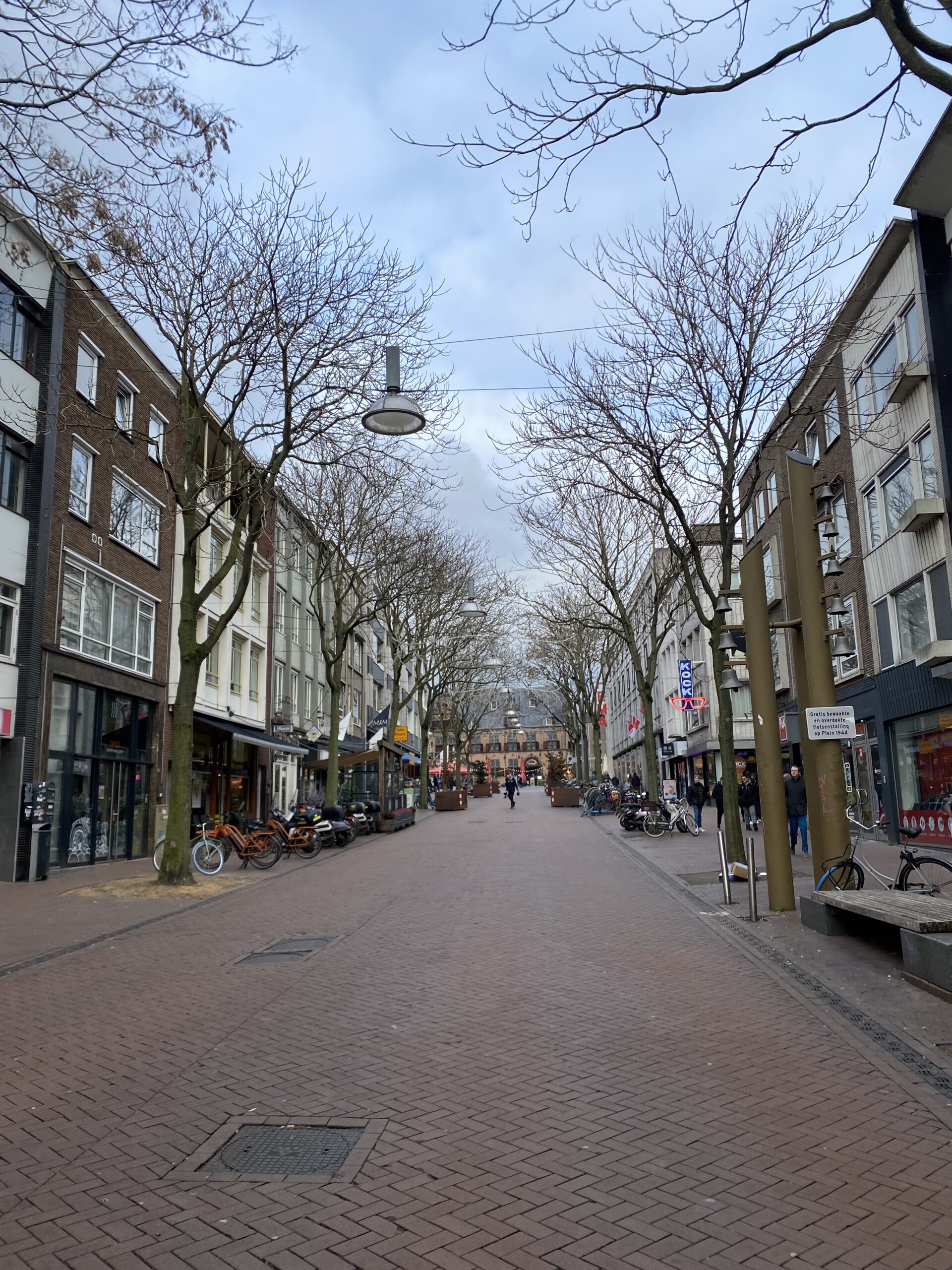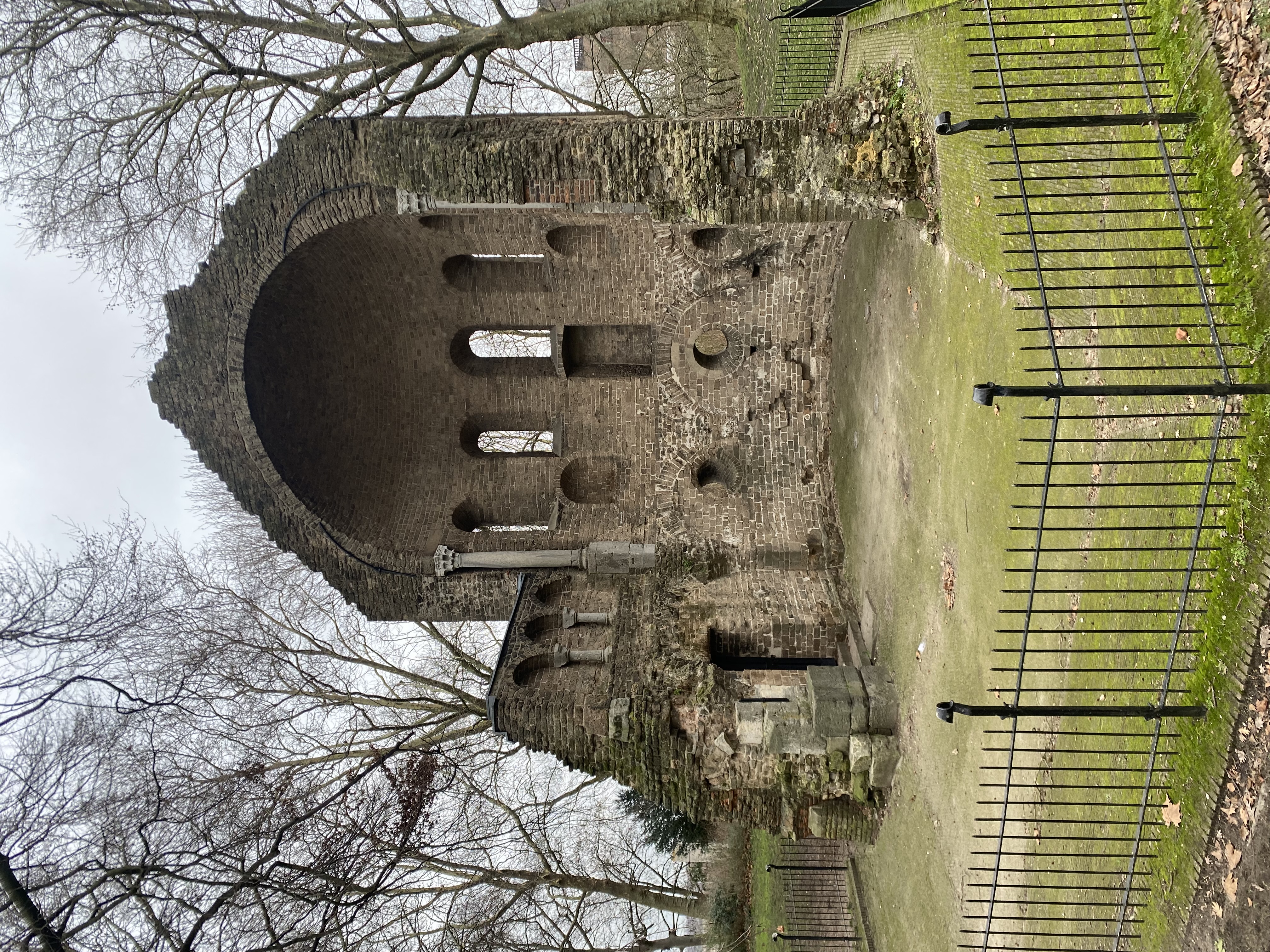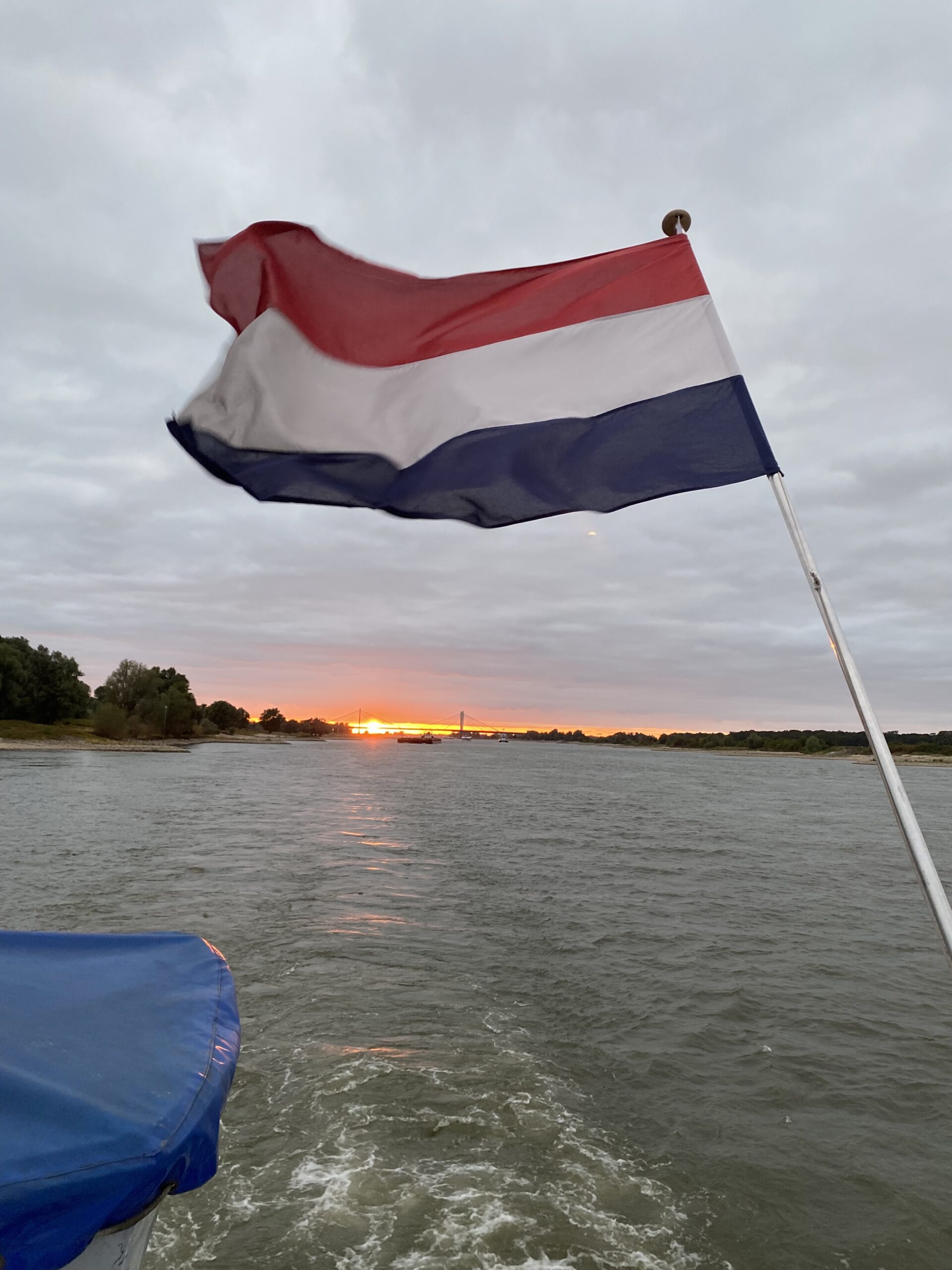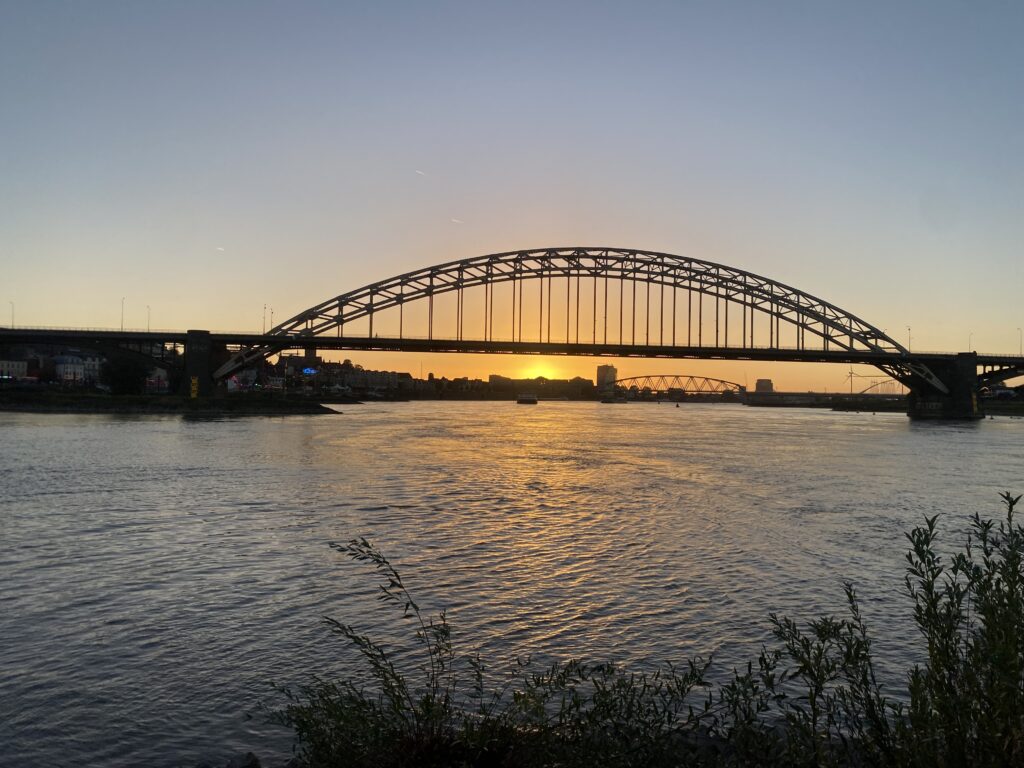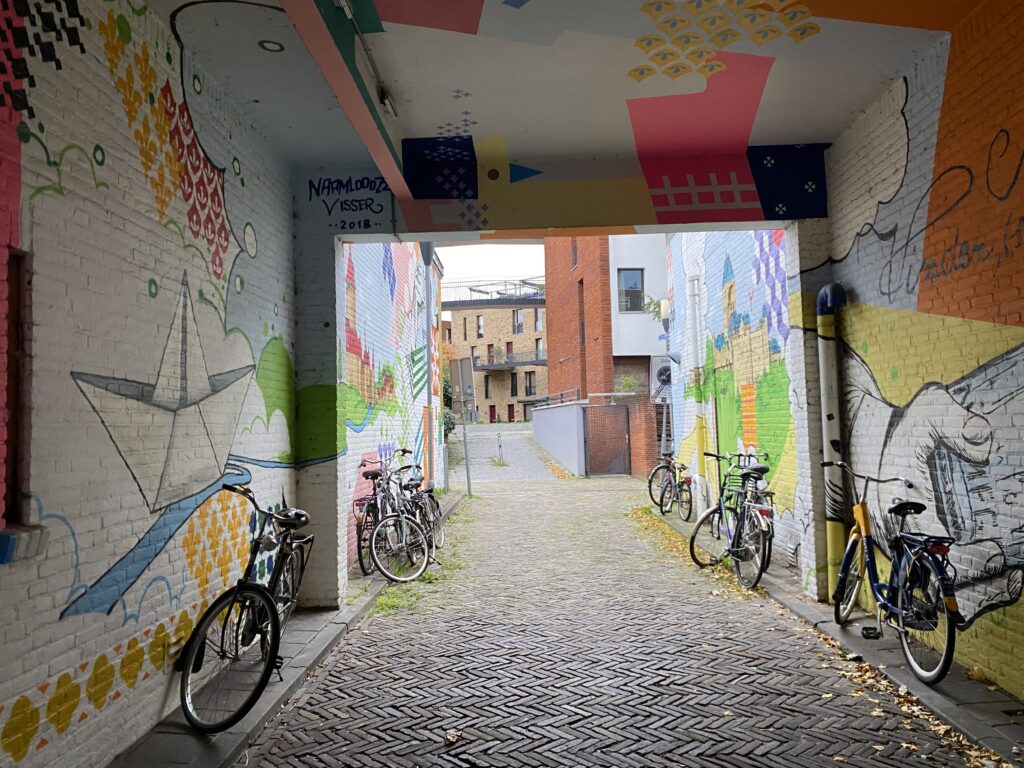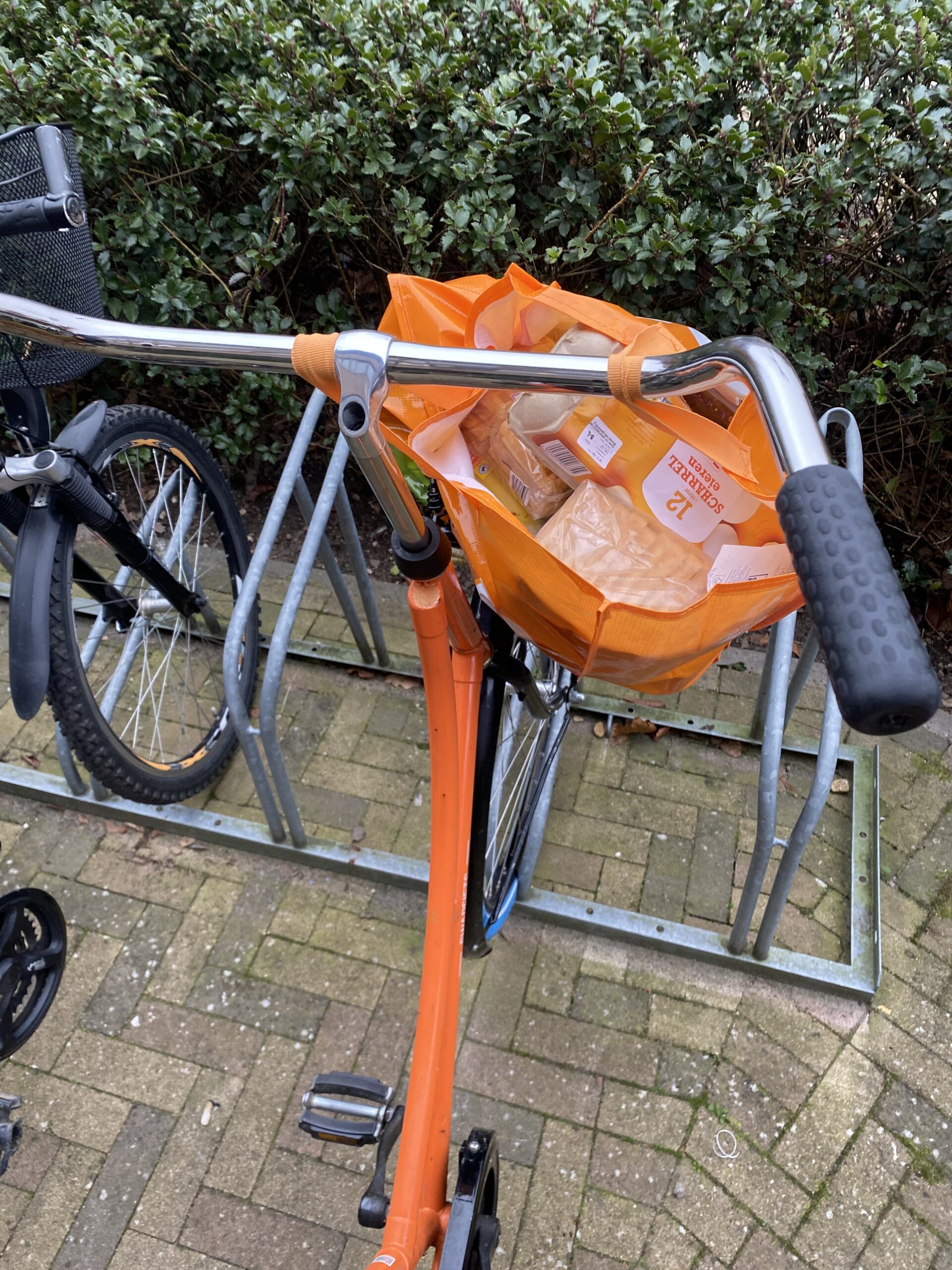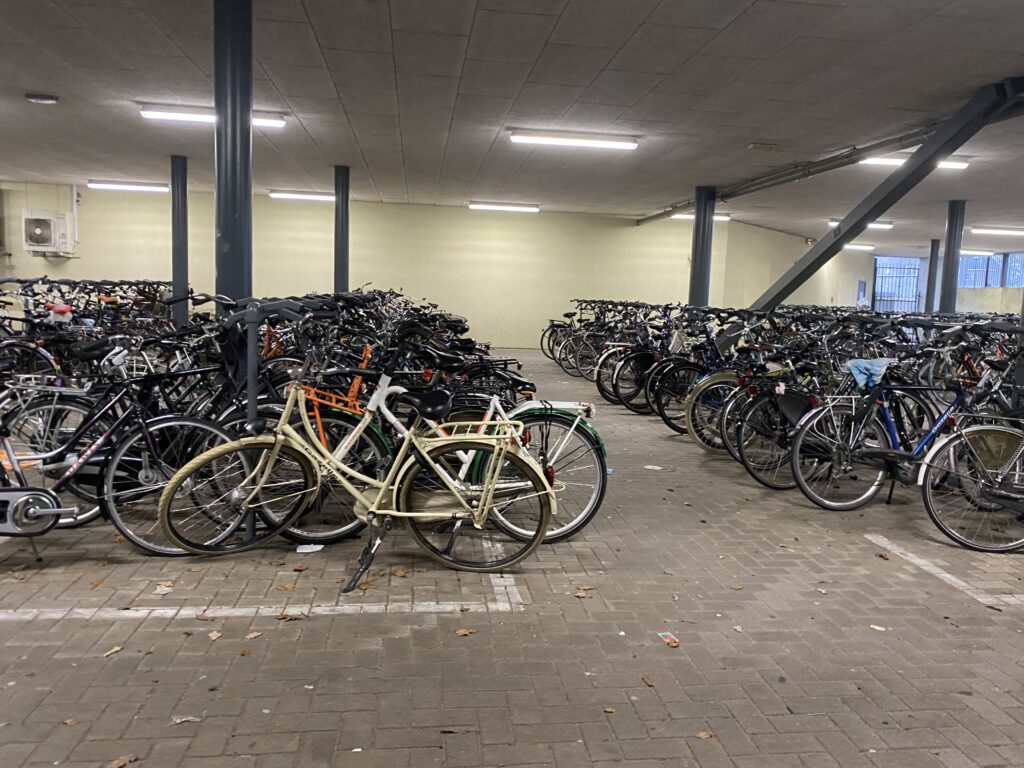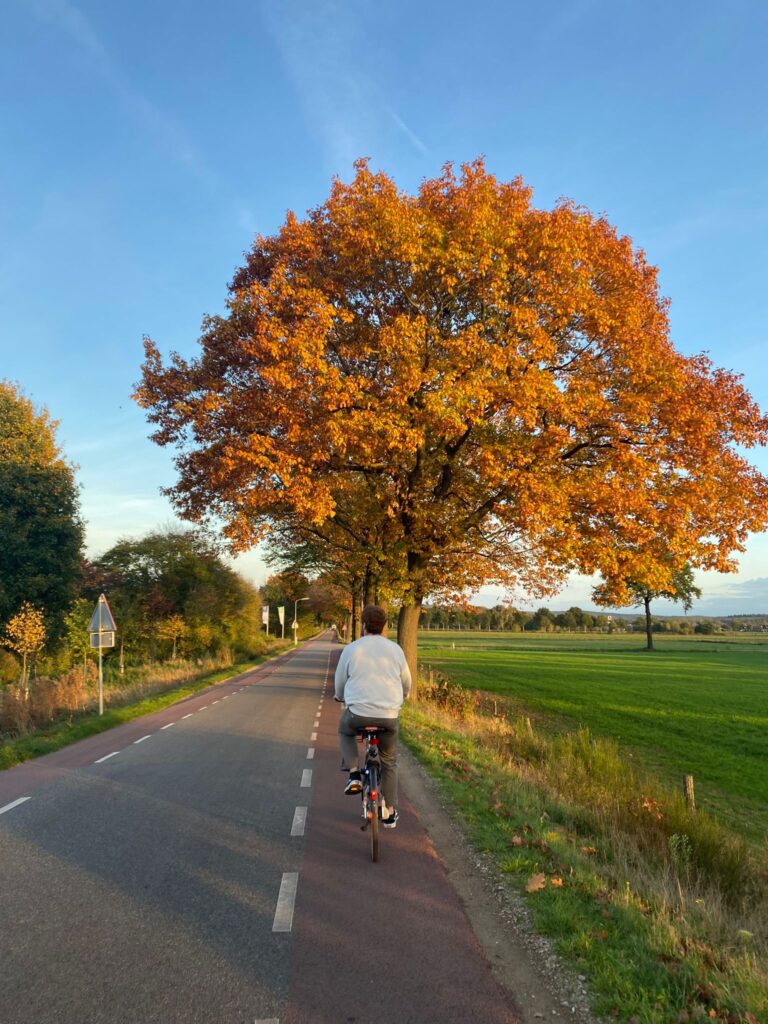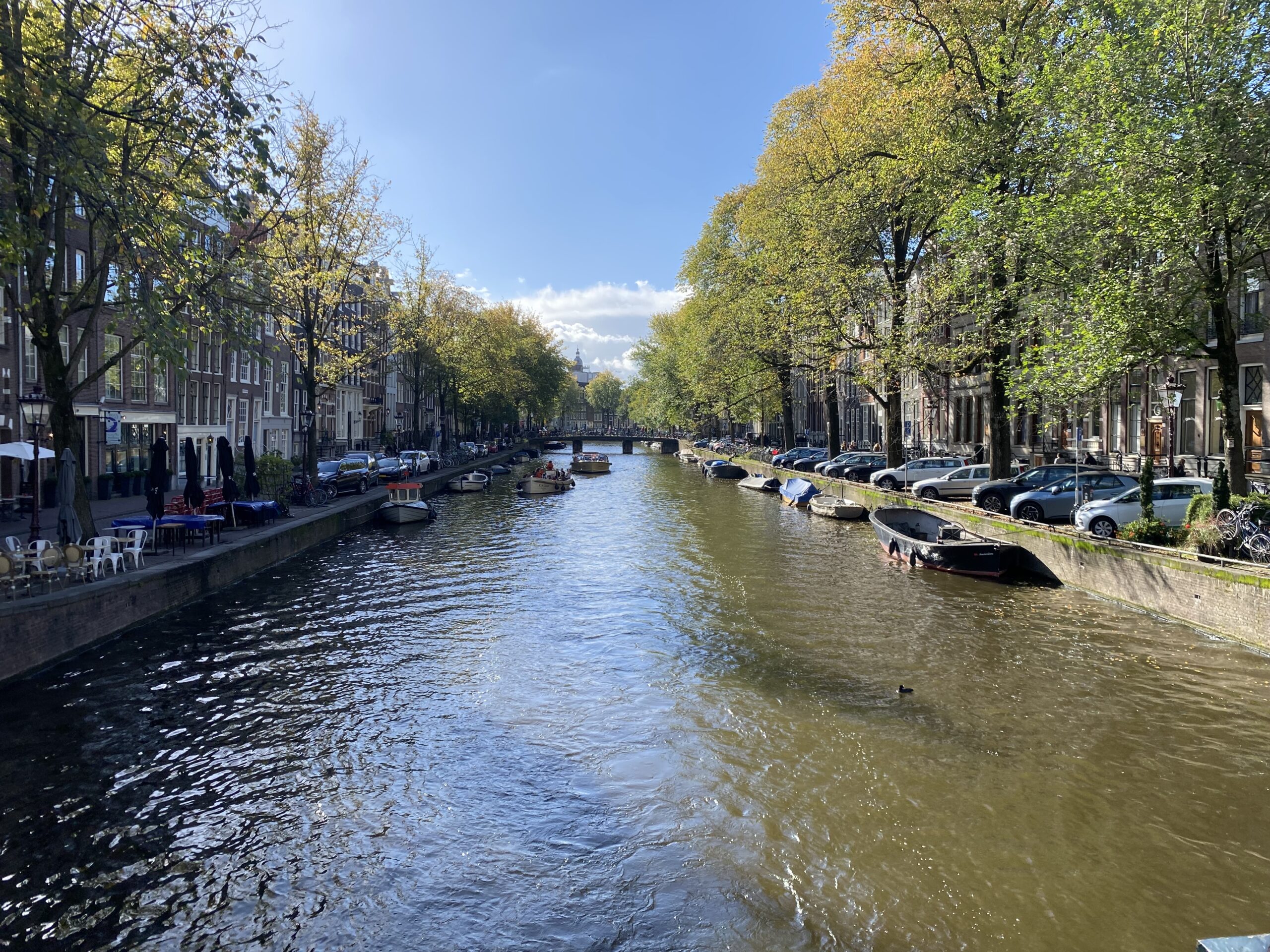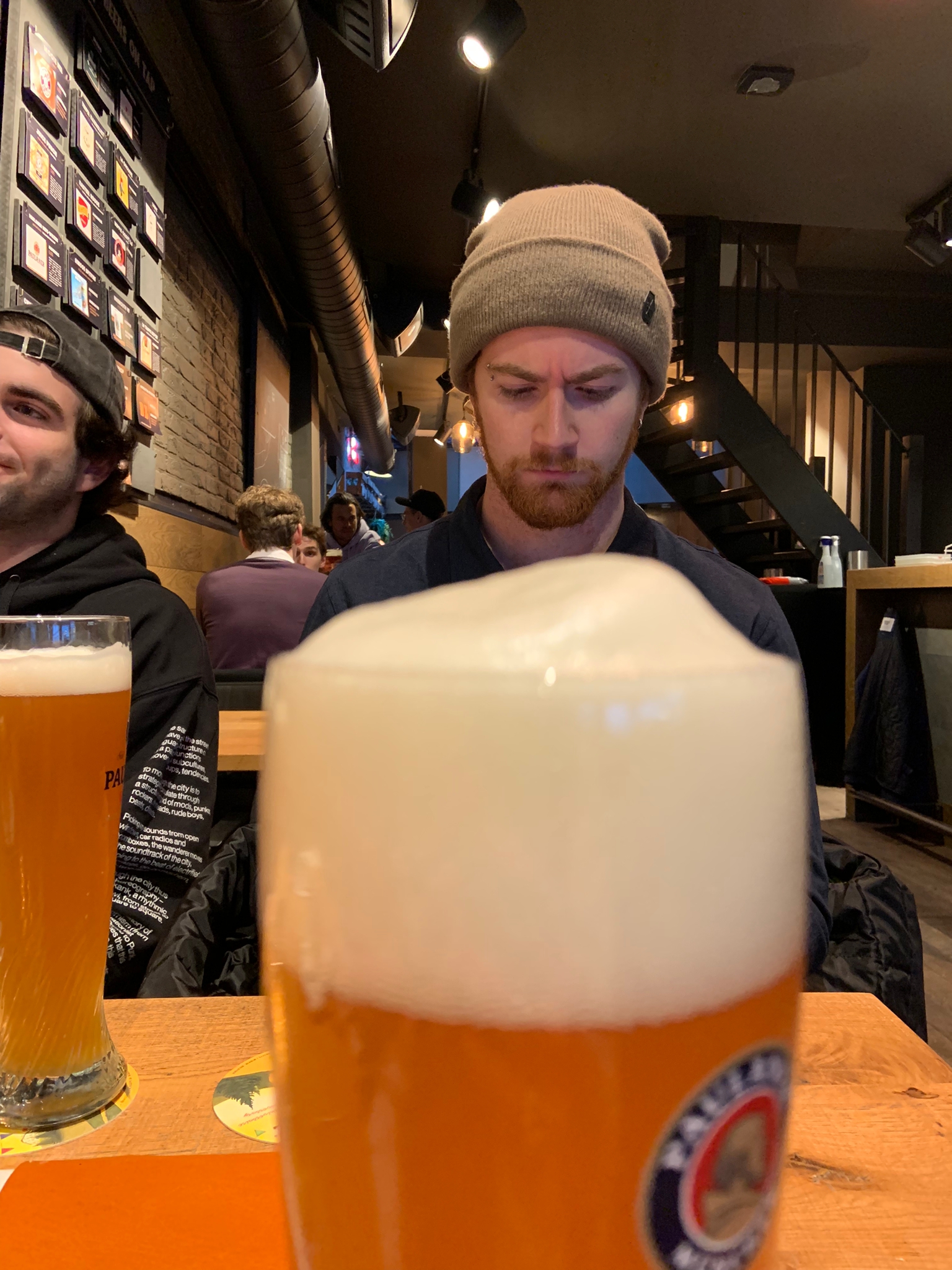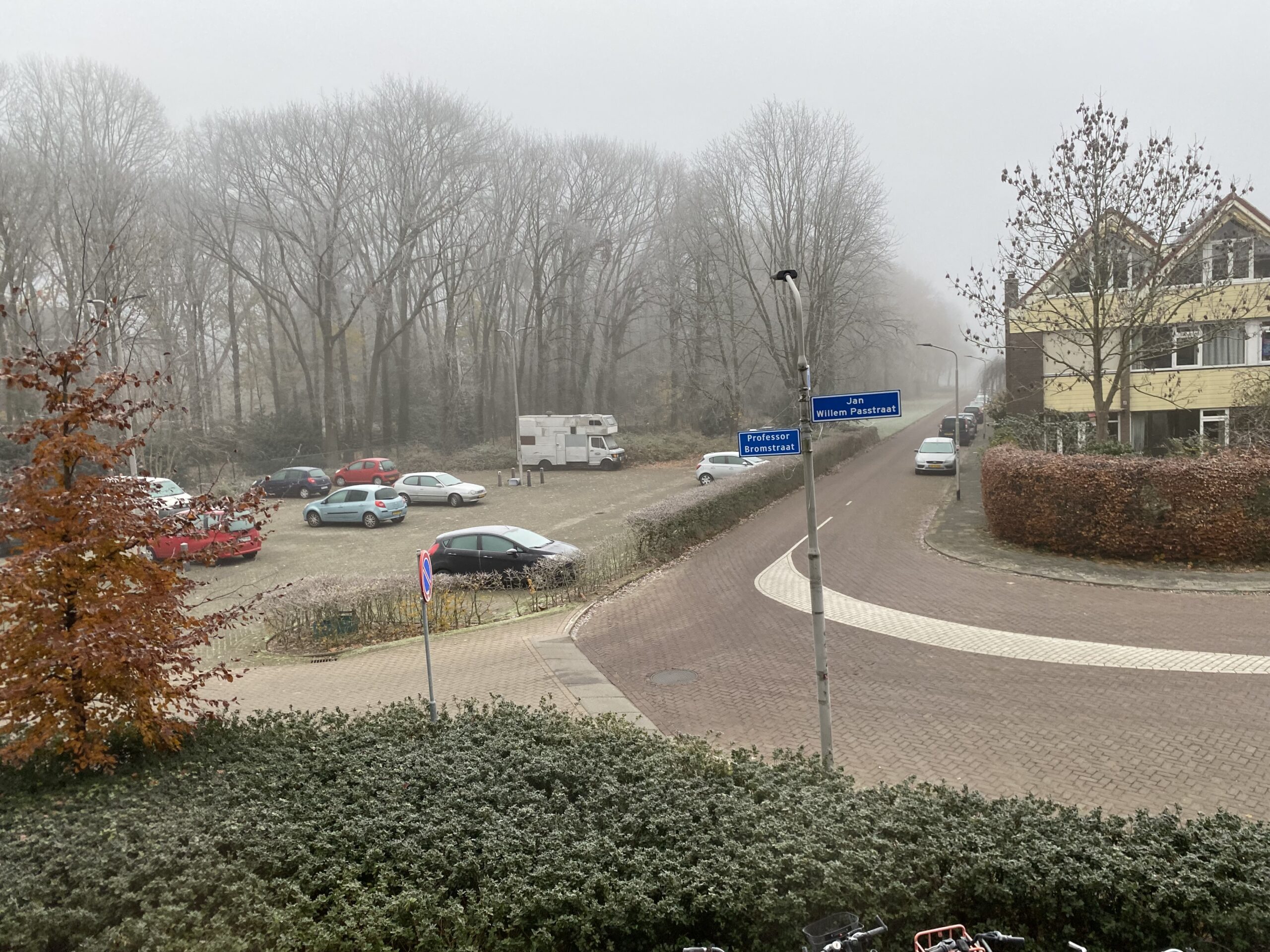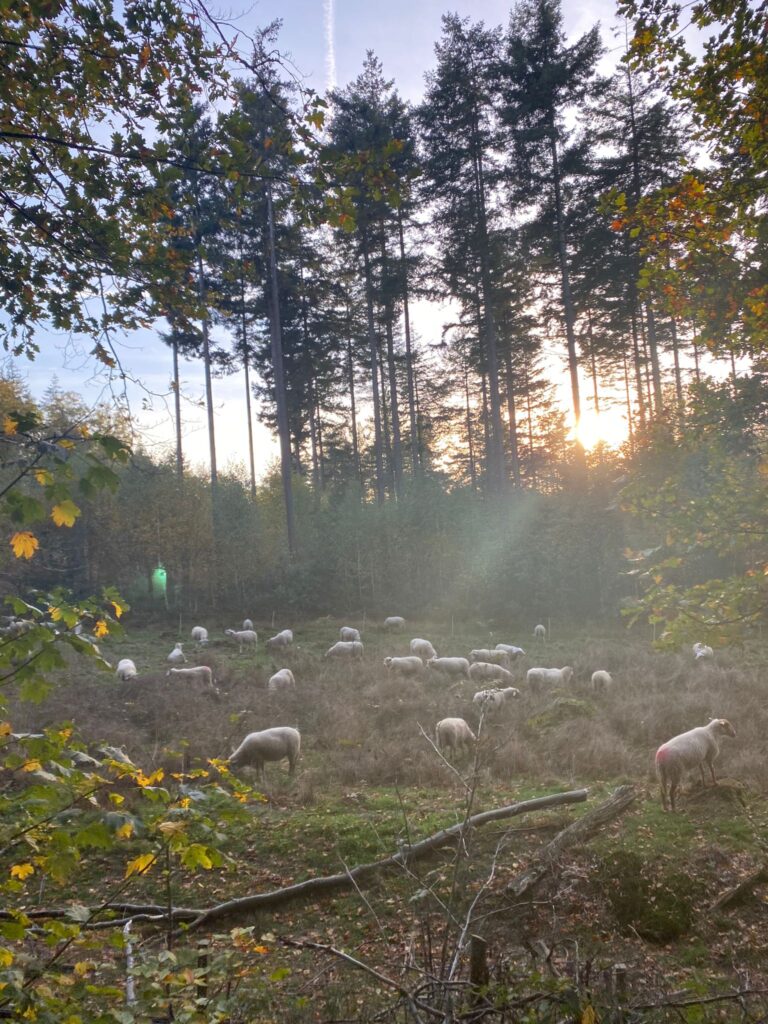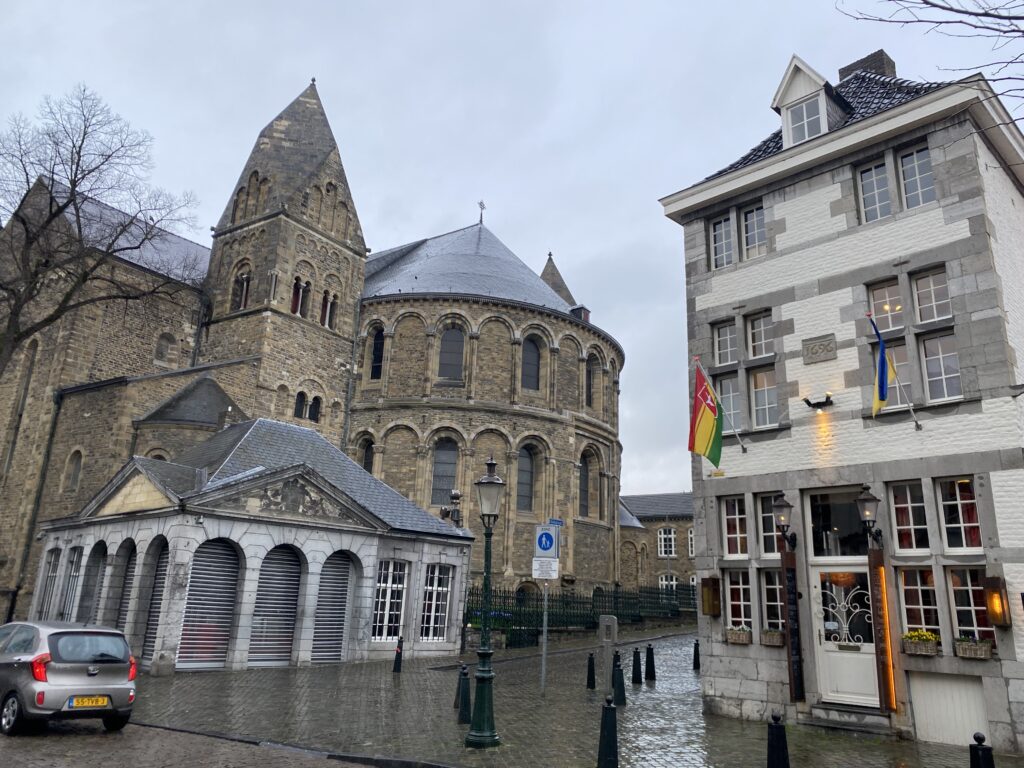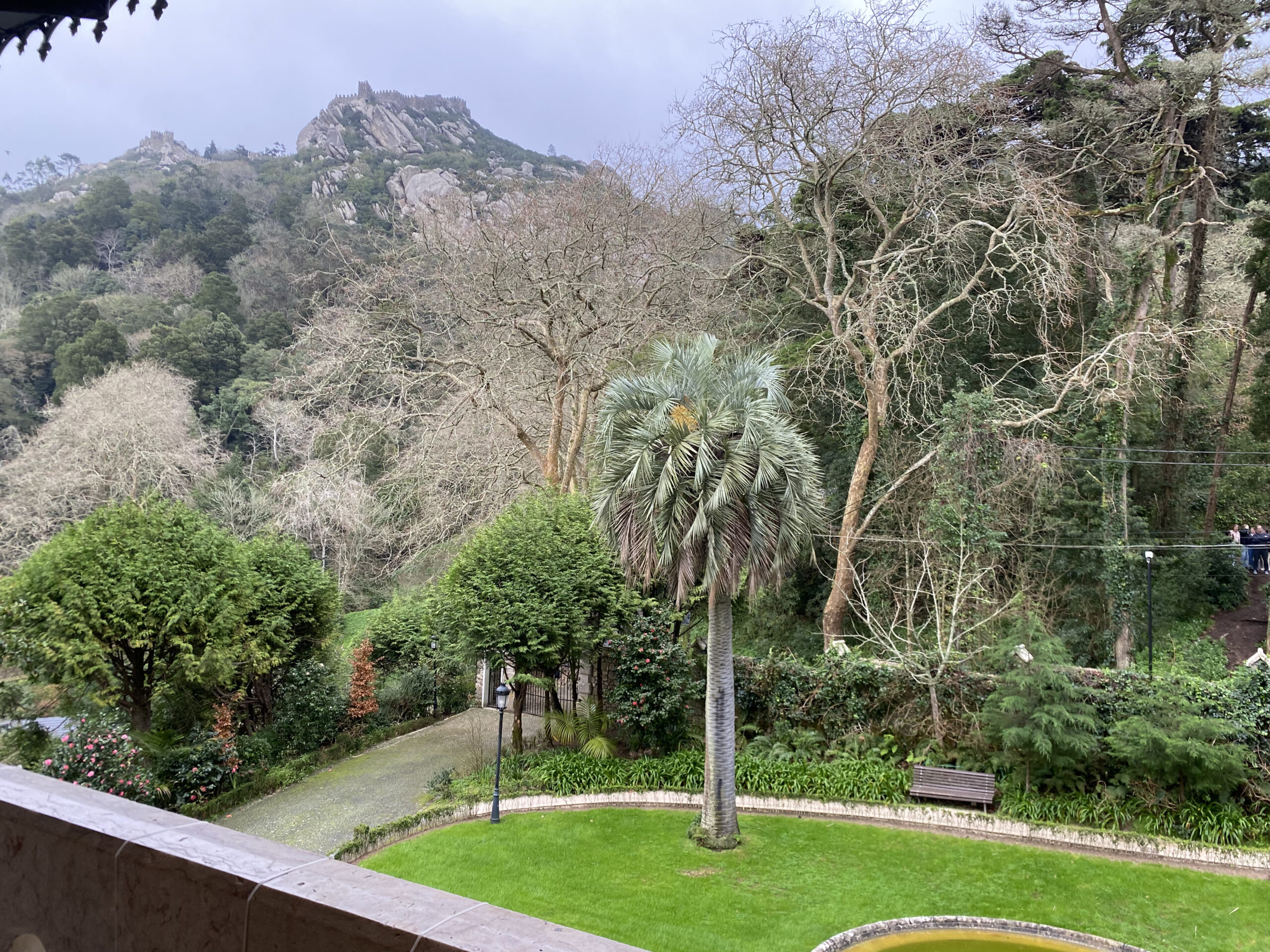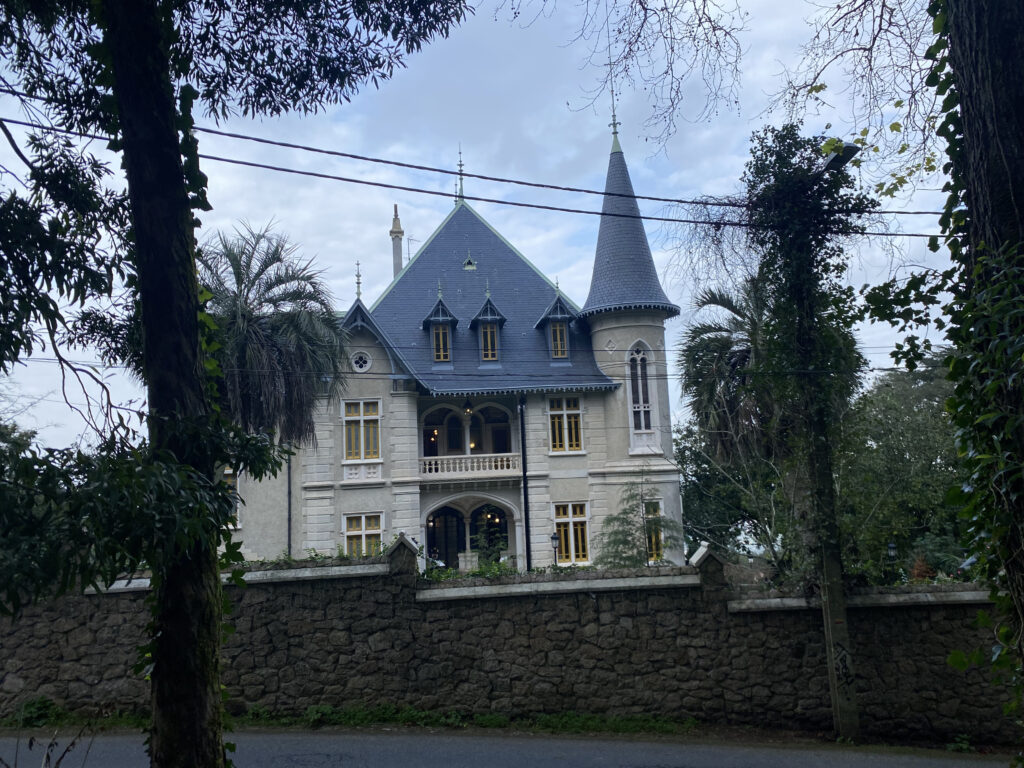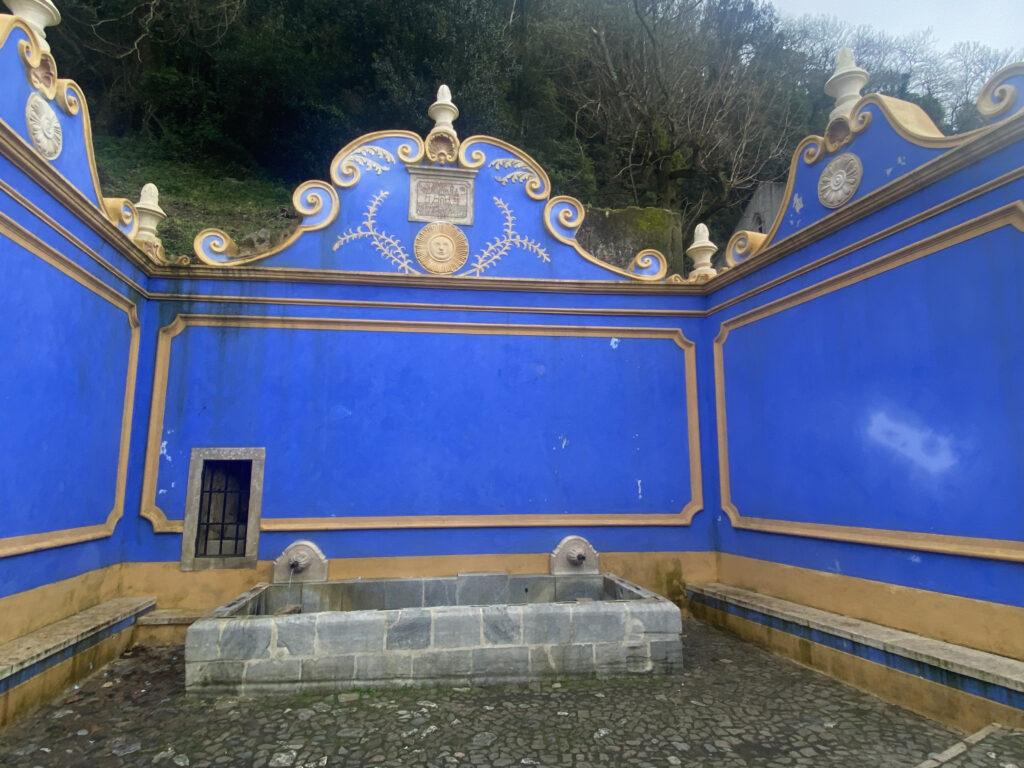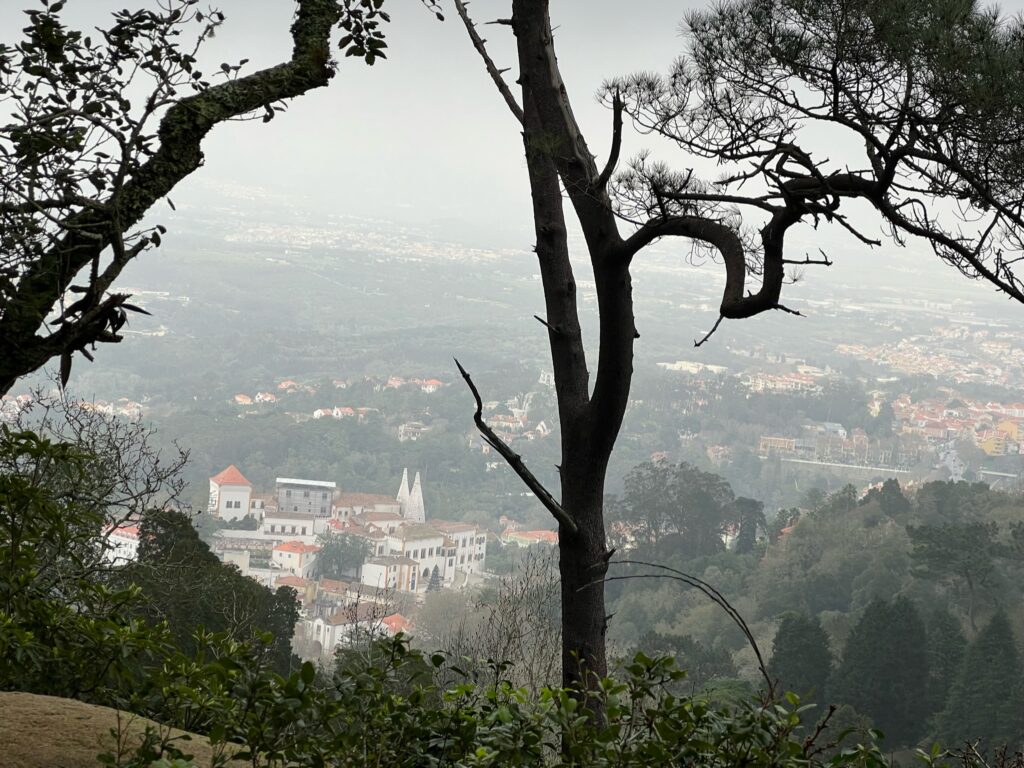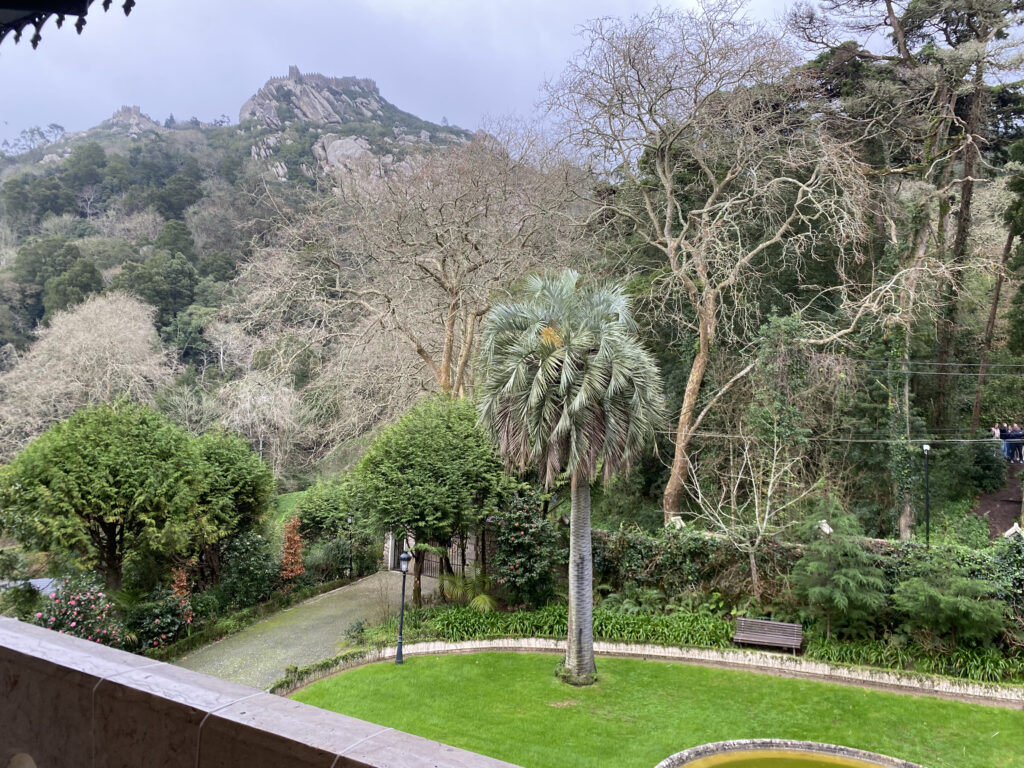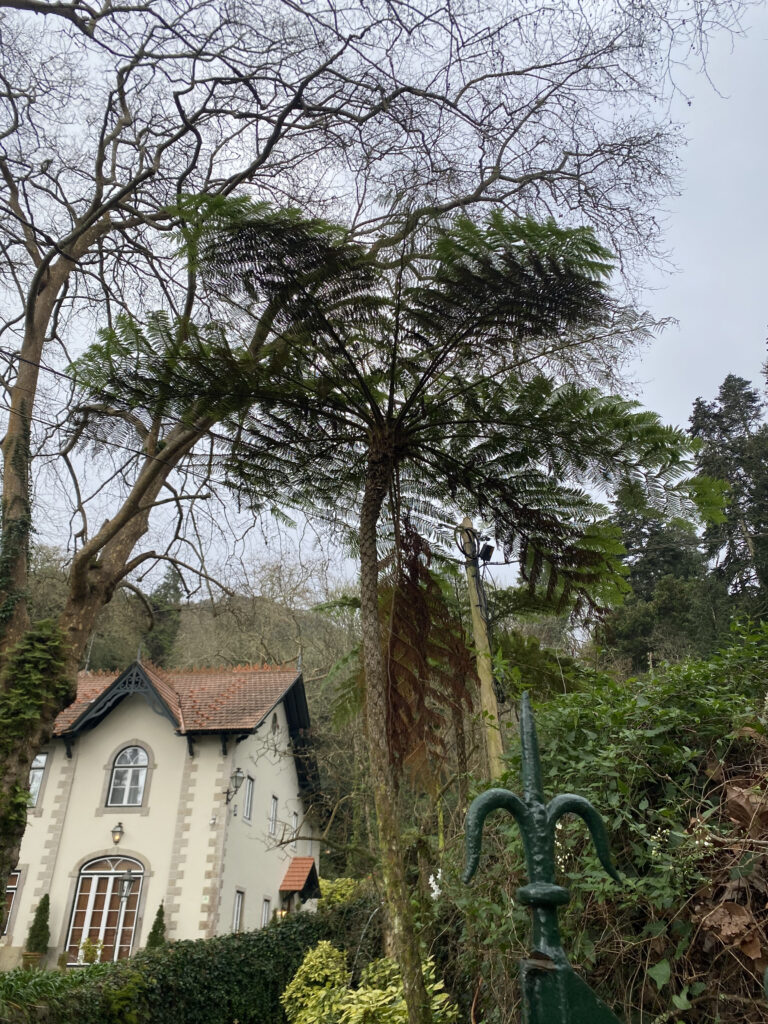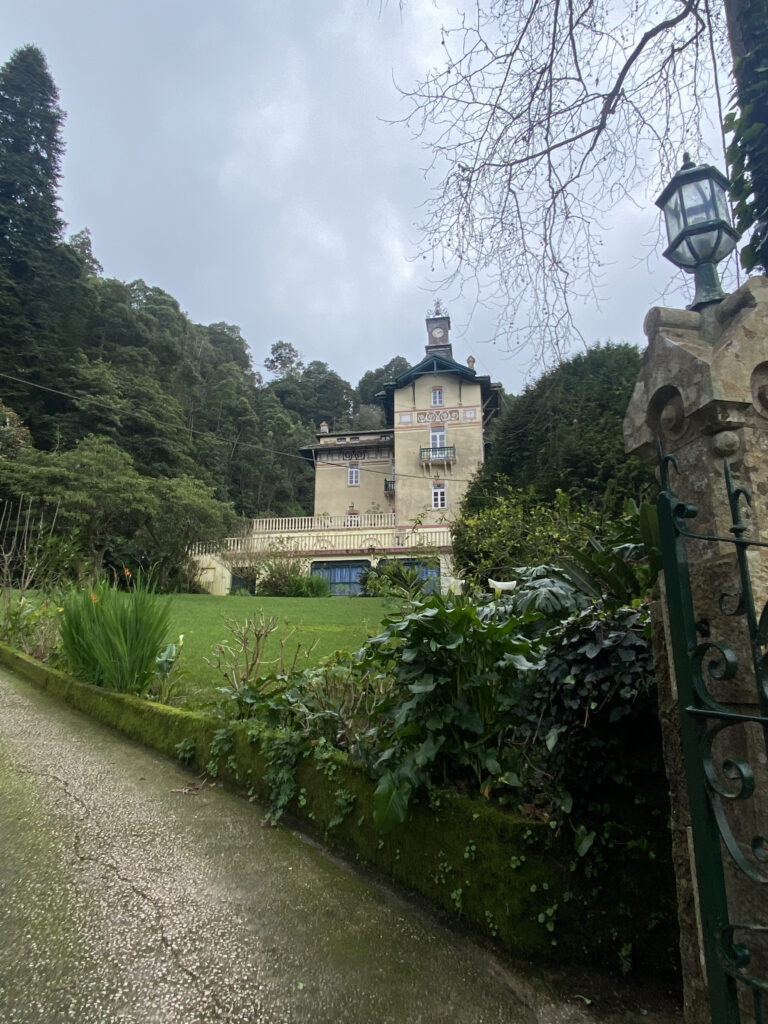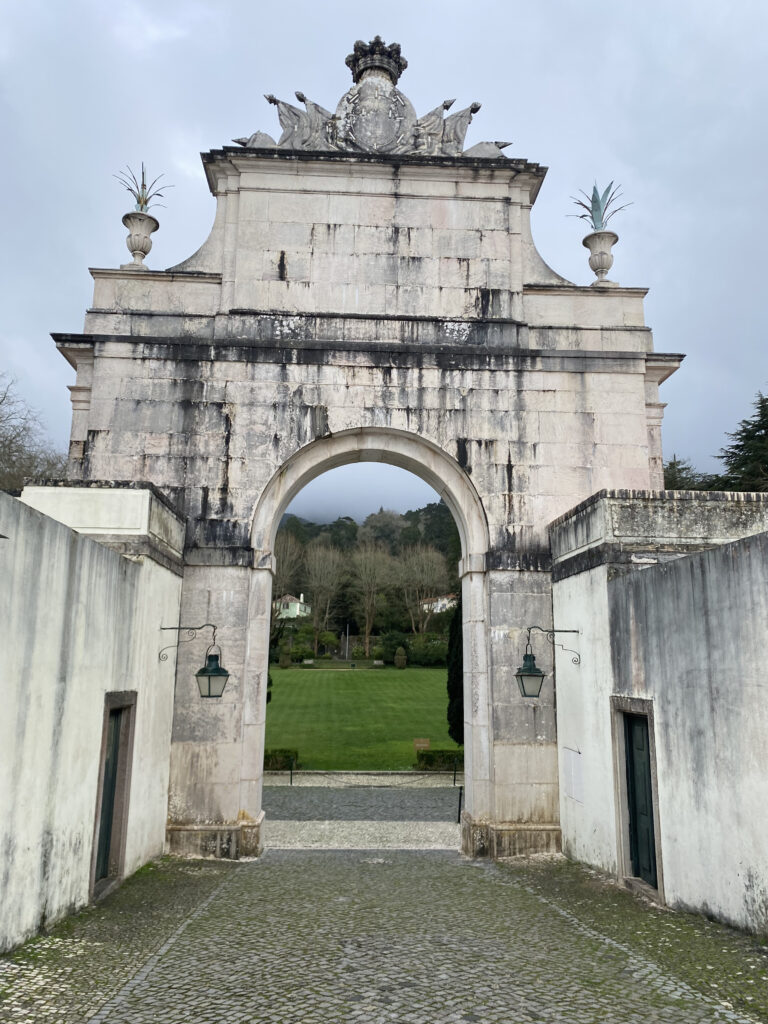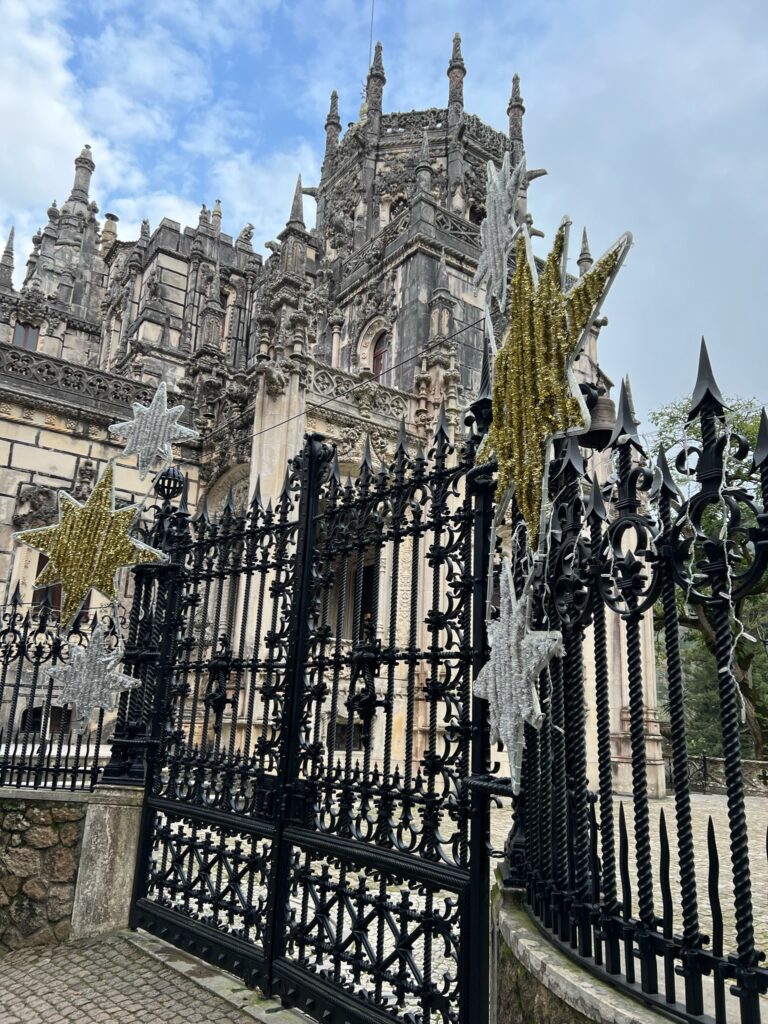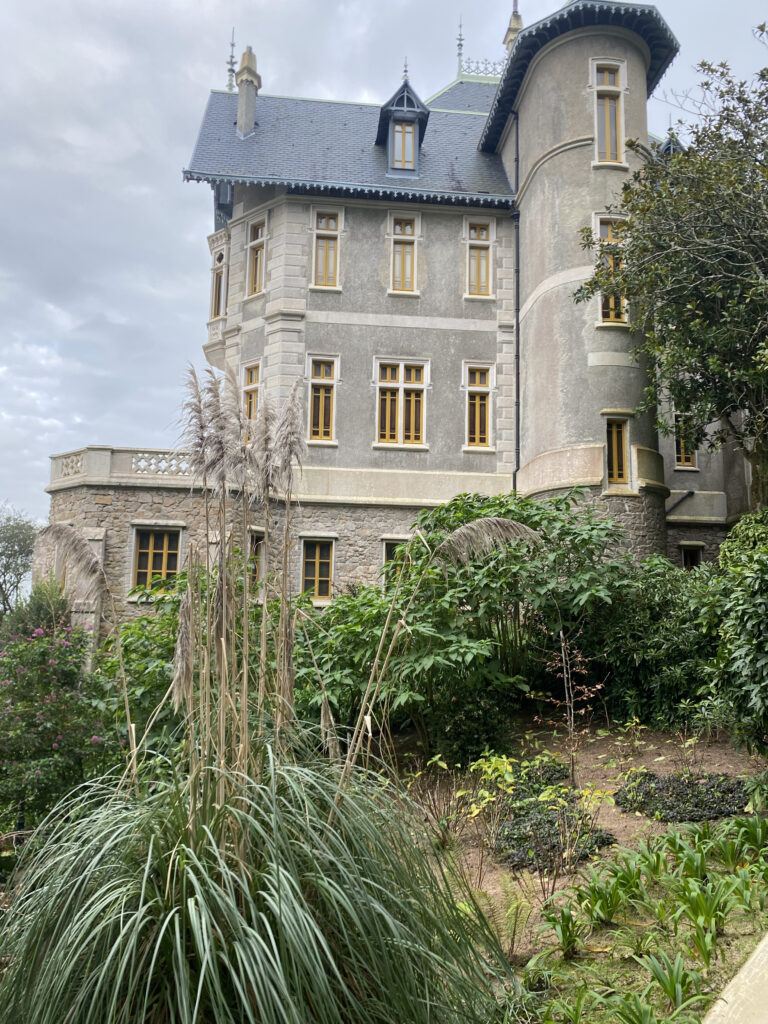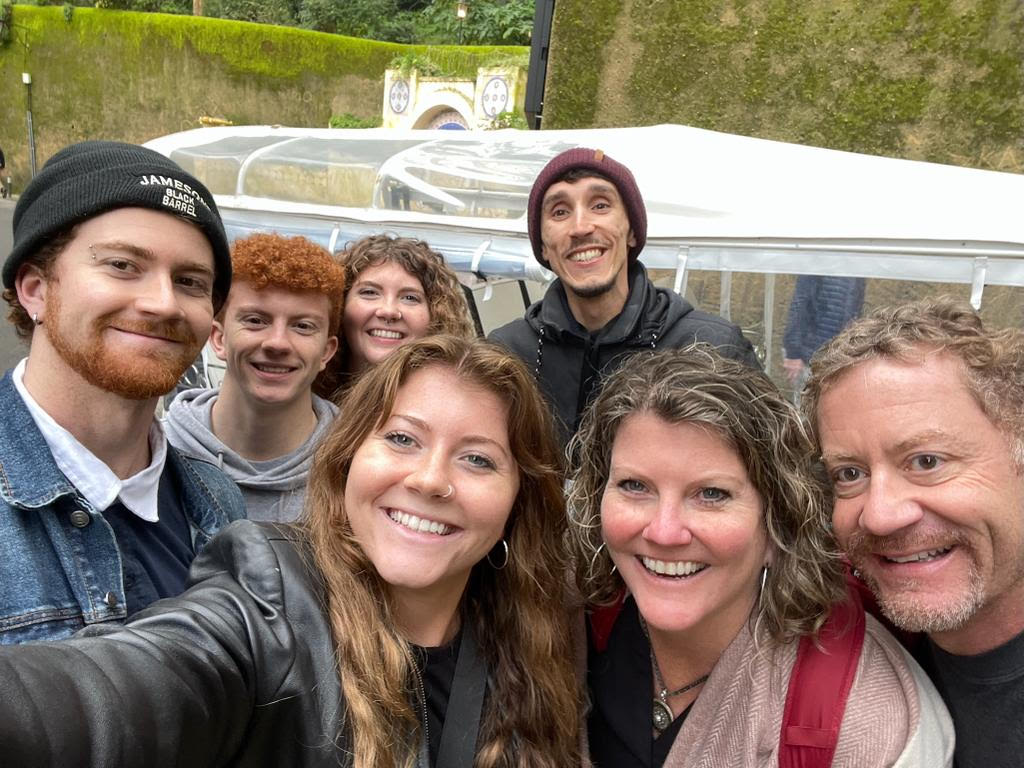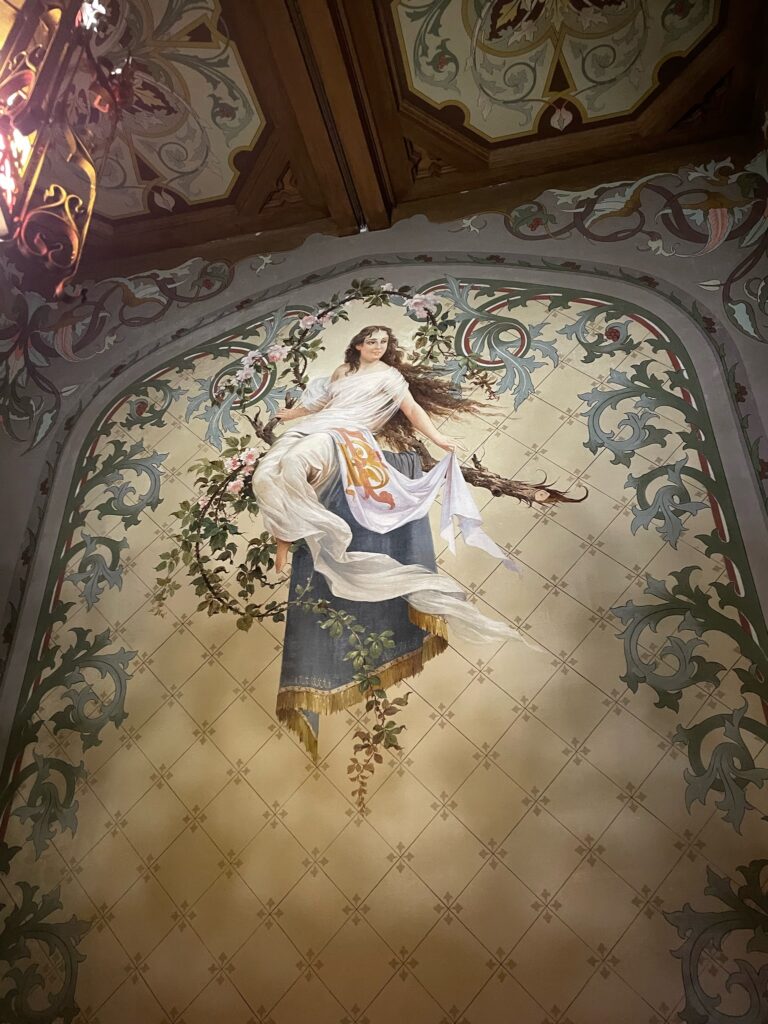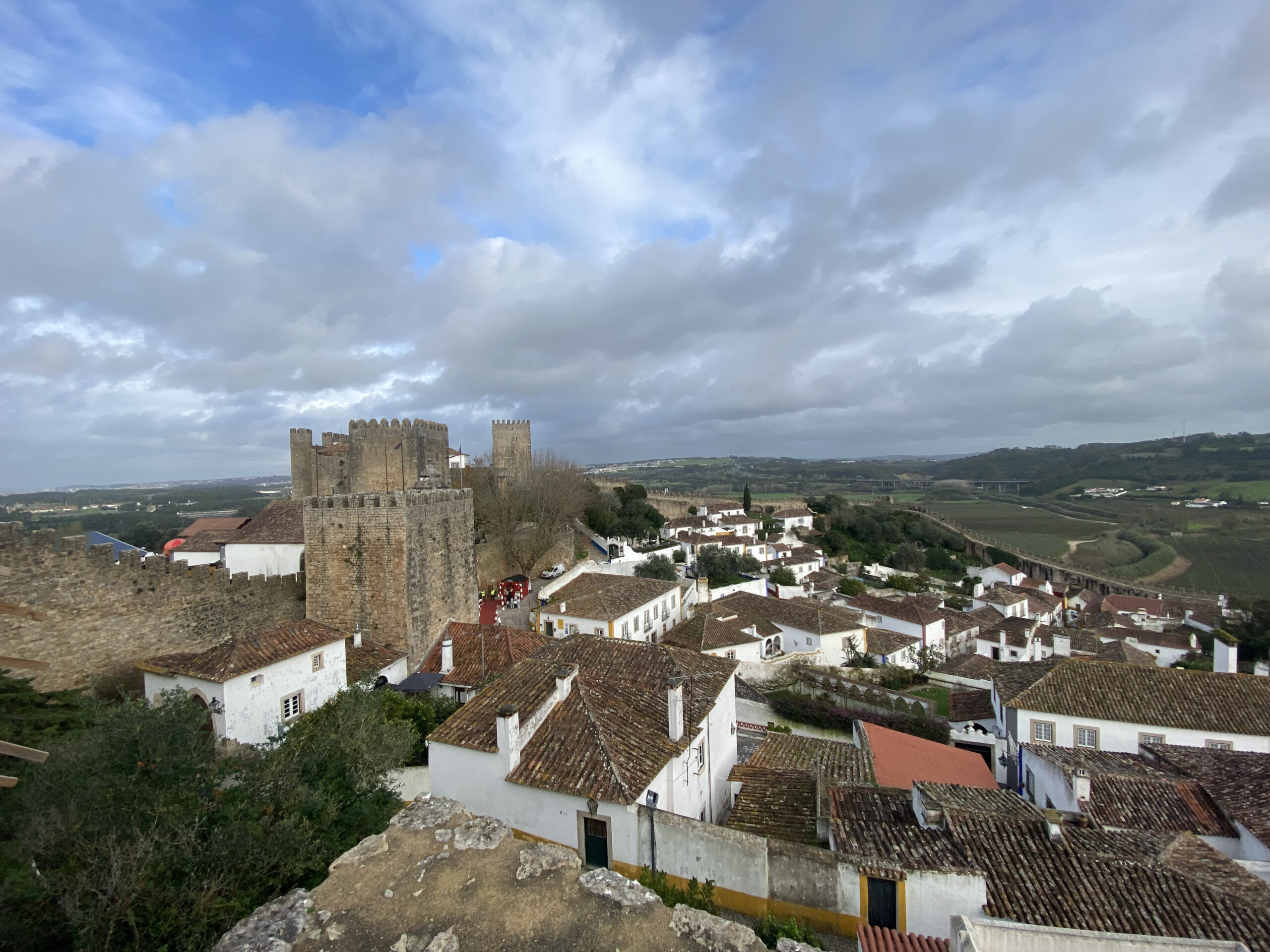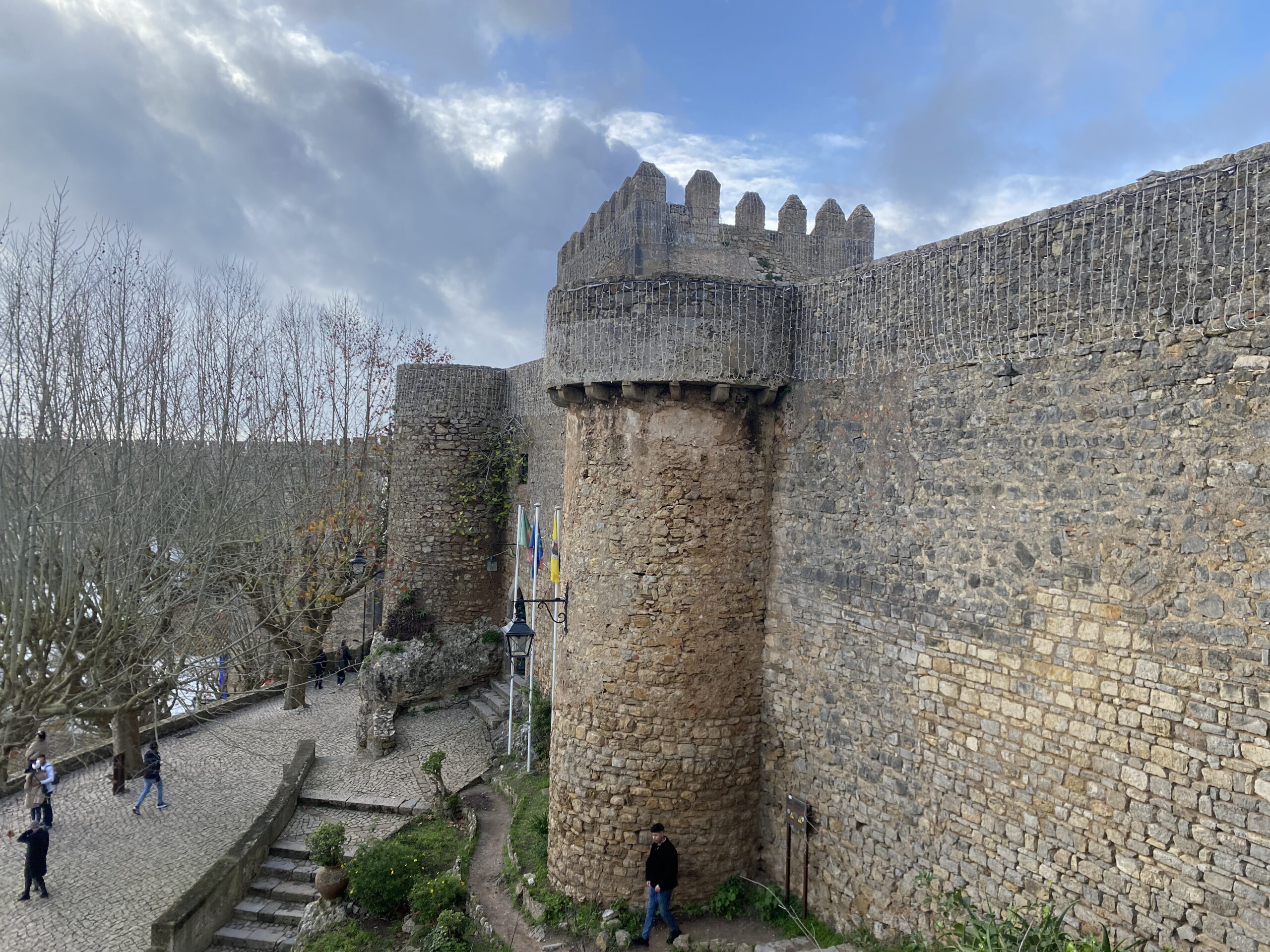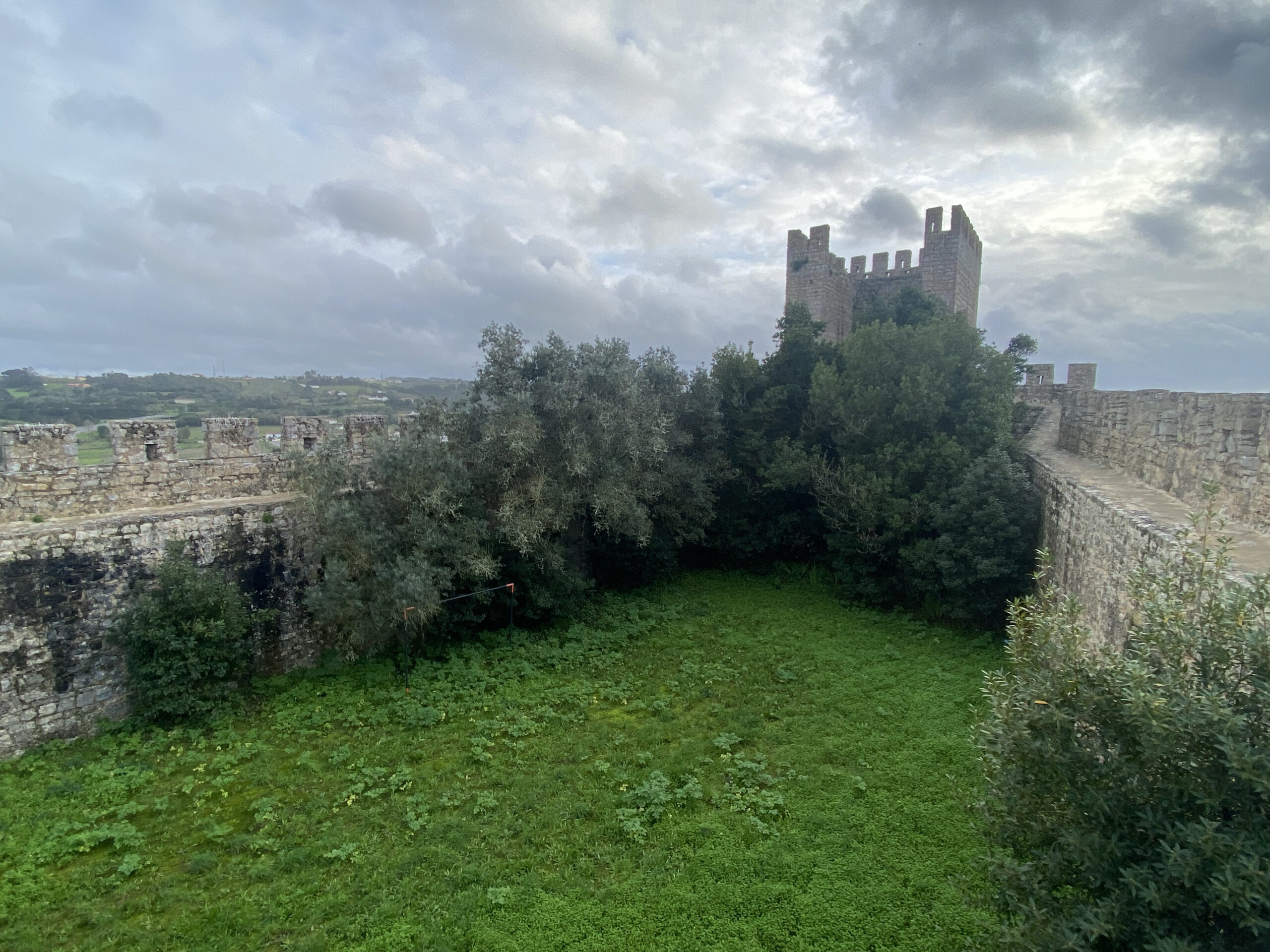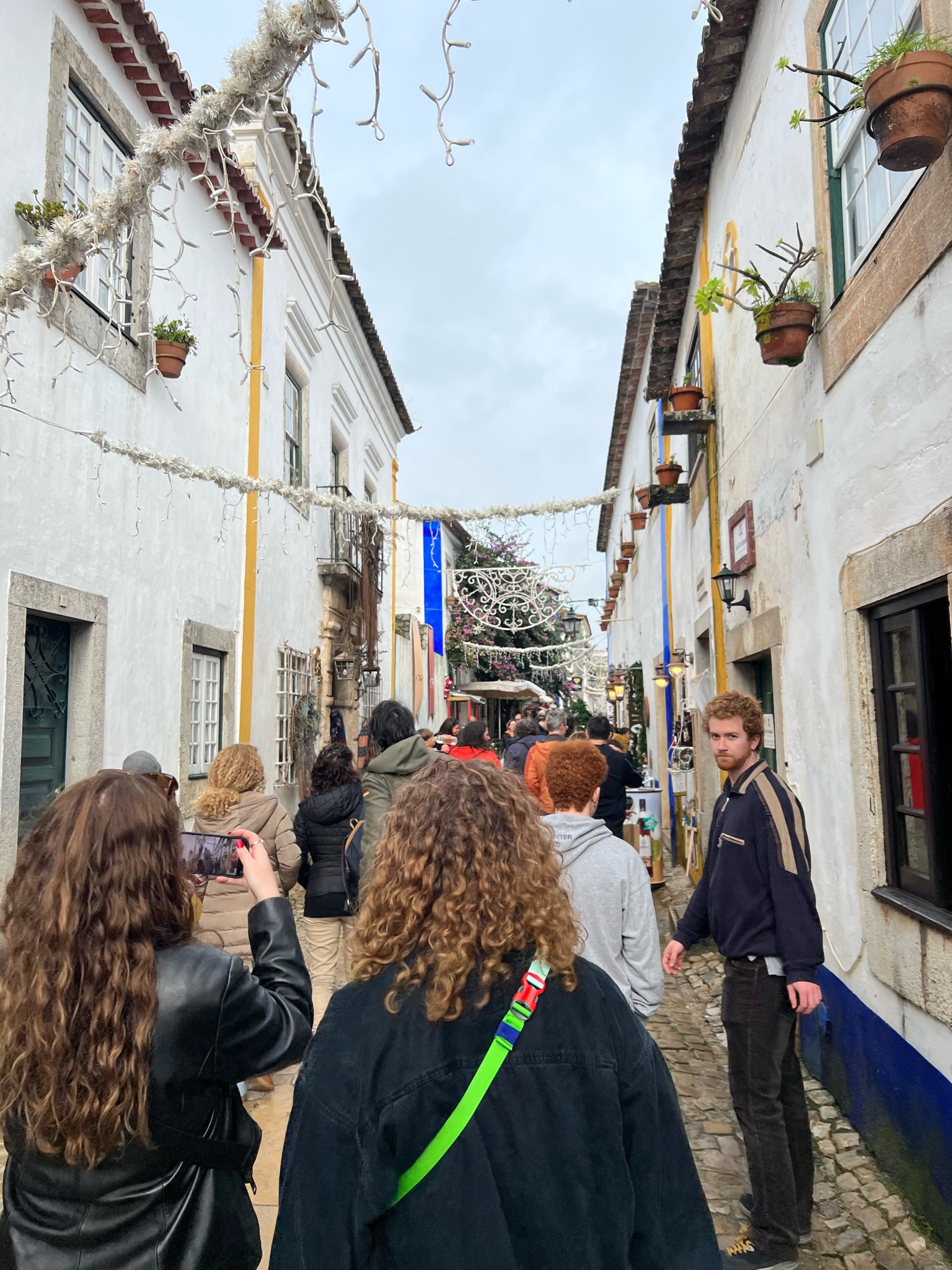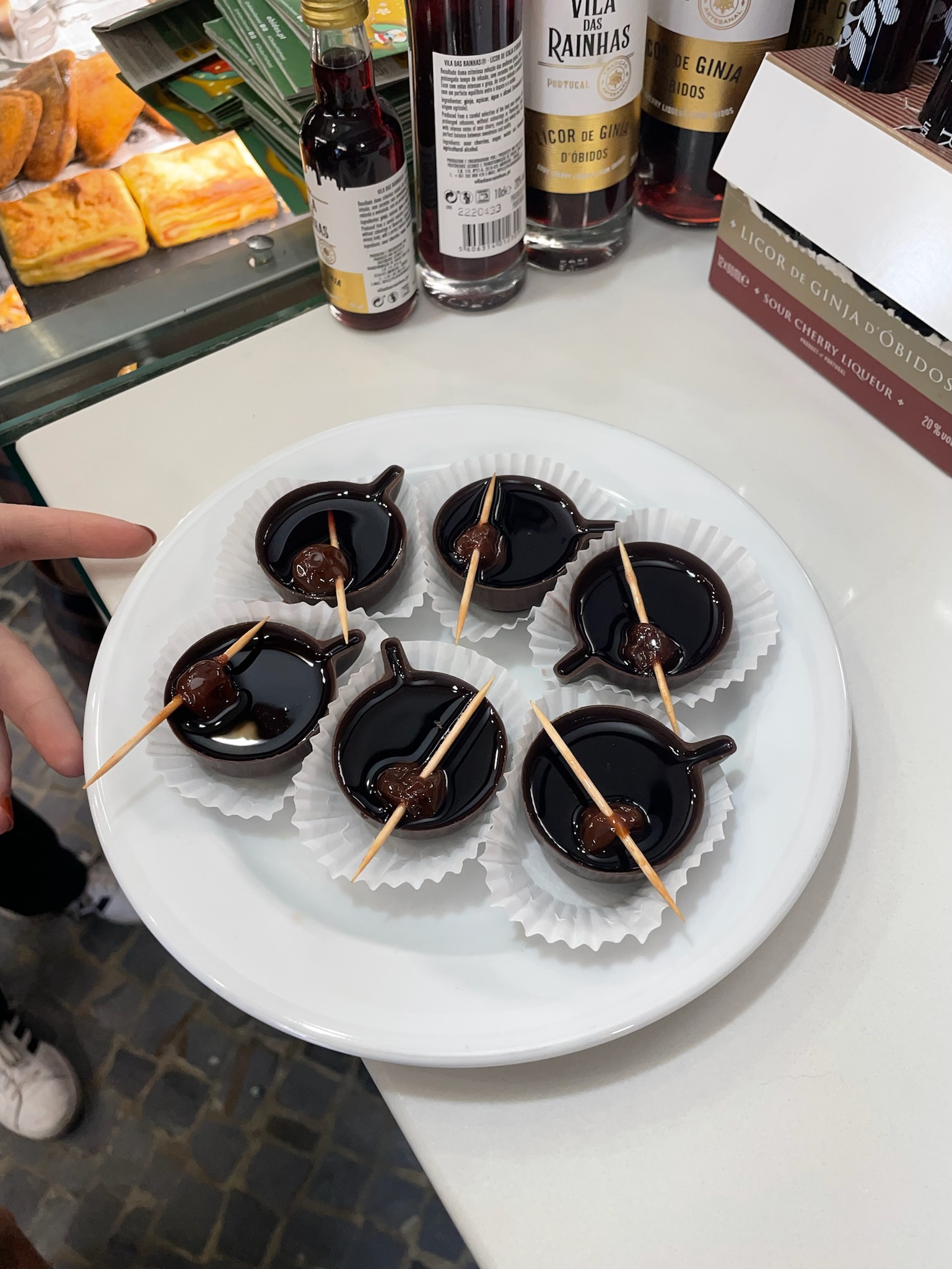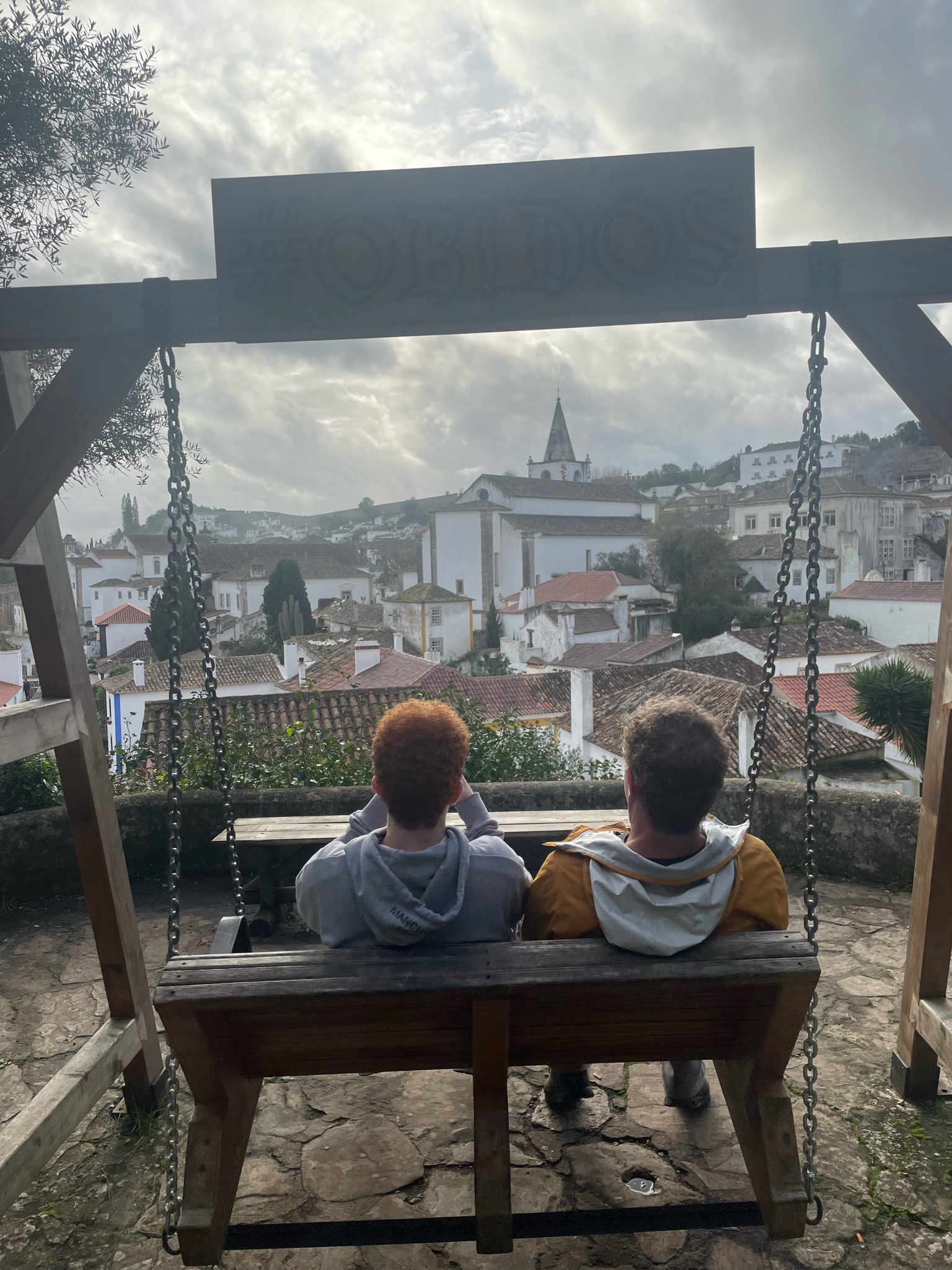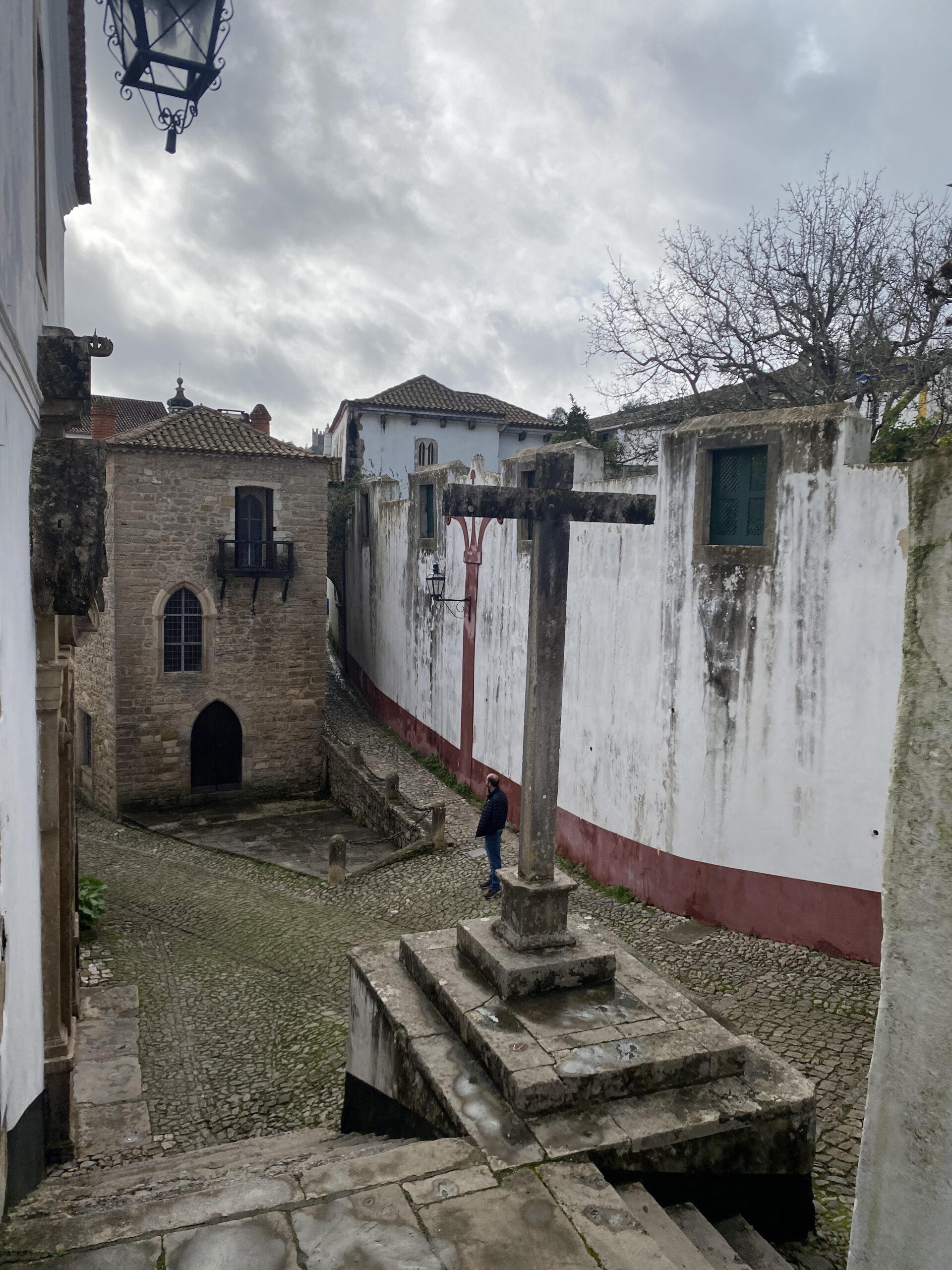Introduction
Edinburgh is Scotland’s most visited city, and rightfully so. With loads of museums, hikes, and pubs, Scotland’s capital is unmissable. The city itself acts as an attraction, as the Old Town takes you back in time. It is also a budget friendly destination with plenty of free attractions and sites. This article will show you how to travel to Edinburgh on a budget!
I visited Edinburgh on a budget with my friend (a local) and collected some of my favorite activities in this article. The following sections will help you create your own itinerary if you are willing to make the most out of this beautiful city in only a few days! I spent two full days walking the Royal Mile and checking out classic museums, like the Scottish National Museum and the Scottish National Gallery. I also dedicated some time to hiking an ancient volcano within the city for nice views. The rest of this article will give you some first-hand knowledge on this amazing city from a budget-oriented point of view.
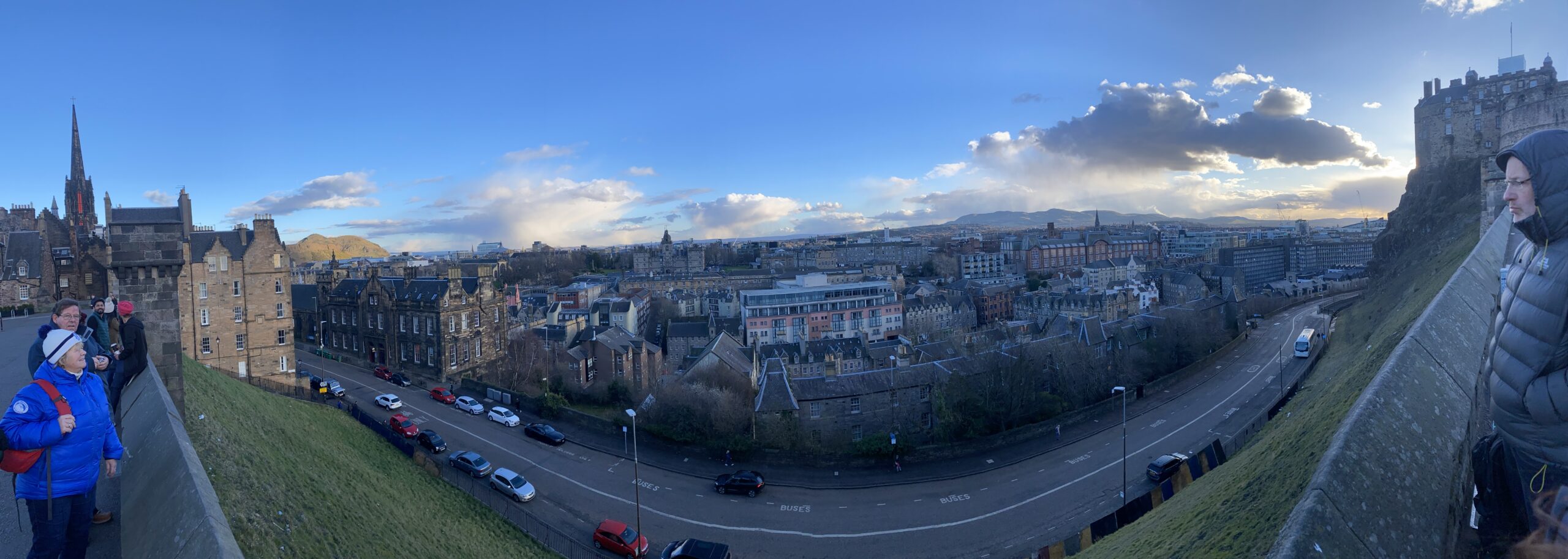
- Introduction
- Things to do in Edinburgh on a Budget
- Hike up to Arthur’s Chair
- Walk the famous Royal Mile
- Check out the Sottish National Museum
- Gaze at historical artwork in the Scottish National Gallery
- Dive into local culture at the Museum of Edinburgh
- Visit some famous monuments with a view atop of Calton Hill
- Take a day trip to either Falkirk or Stirling
- Take a train to Glasgow
- How to visit Edinburgh on a budget
- Conclusion
- More from Scotland…
Things to do in Edinburgh on a Budget
Edinburgh may be one of Scotland’s most expensive cities, but there are ways to avoid breaking the bank. The following sections are some places I visited while sticking to a tight budget, many of which are completely free!
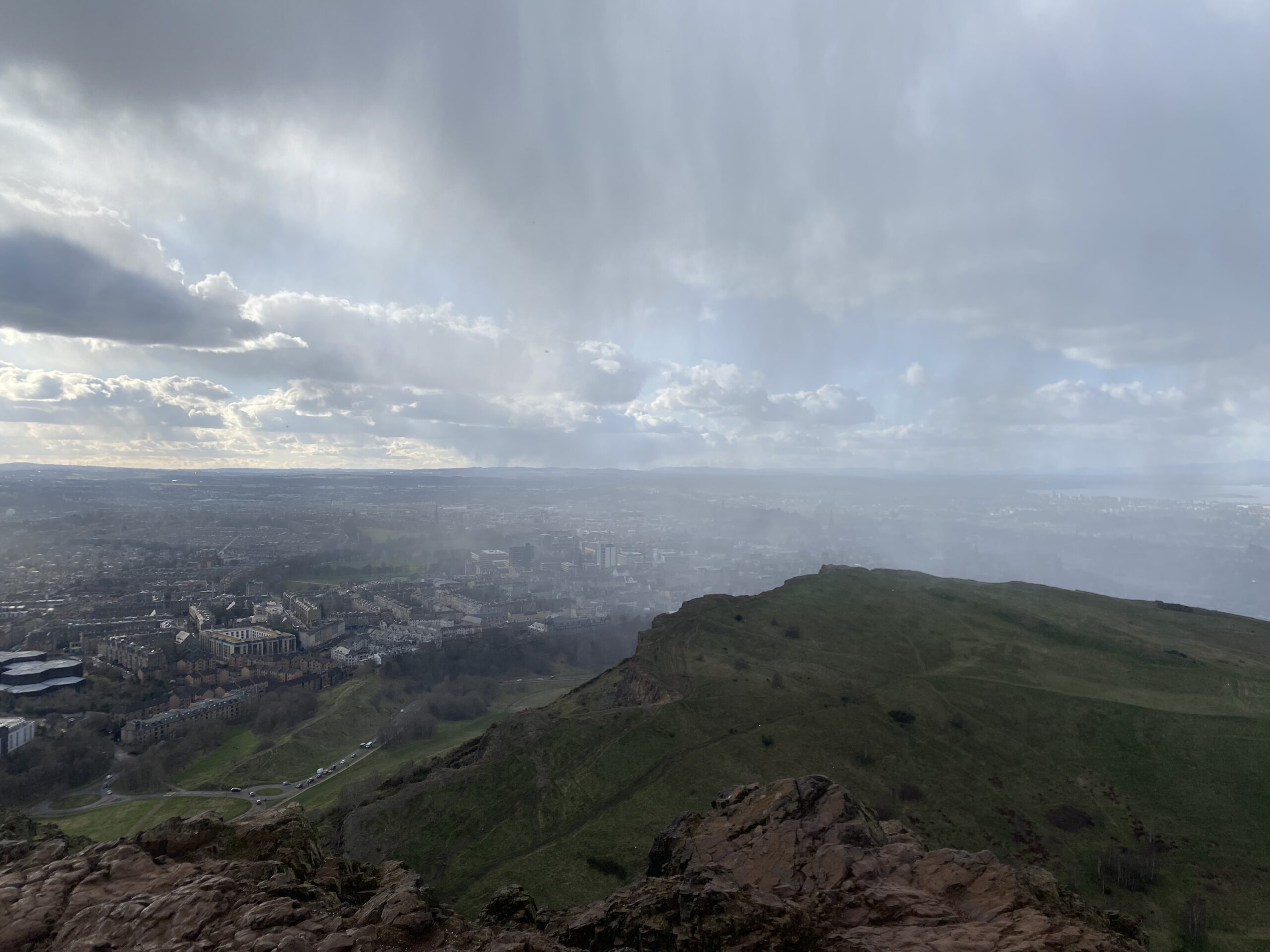
Hike up to Arthur’s Chair
Highlight: Views from the top of the city
Cost: Free! (Paid parking may affect this)
Address: Holyrood Car Park (XR2J+F5, Edinburgh EH8 8AZ, United Kingdom)
Arthur’s Seat hike is a 2.4-mile loop that takes about 1.5 hours to complete. This is probably the best hike in the city and is a nice break from the crowds of the Royal Mile. It is also perfectly situated over the city, providing glorious views of the old town and the sea. The “chair” is the peak of the mountain that was formed from an ancient volcano that has been extinct for some time now.
You will want to park at Holyrood Car Park. The trail is very easy to follow from the parking lot. Depending on the time of year, you may have to pay for parking! Check out a preview of the route on AllTrails.
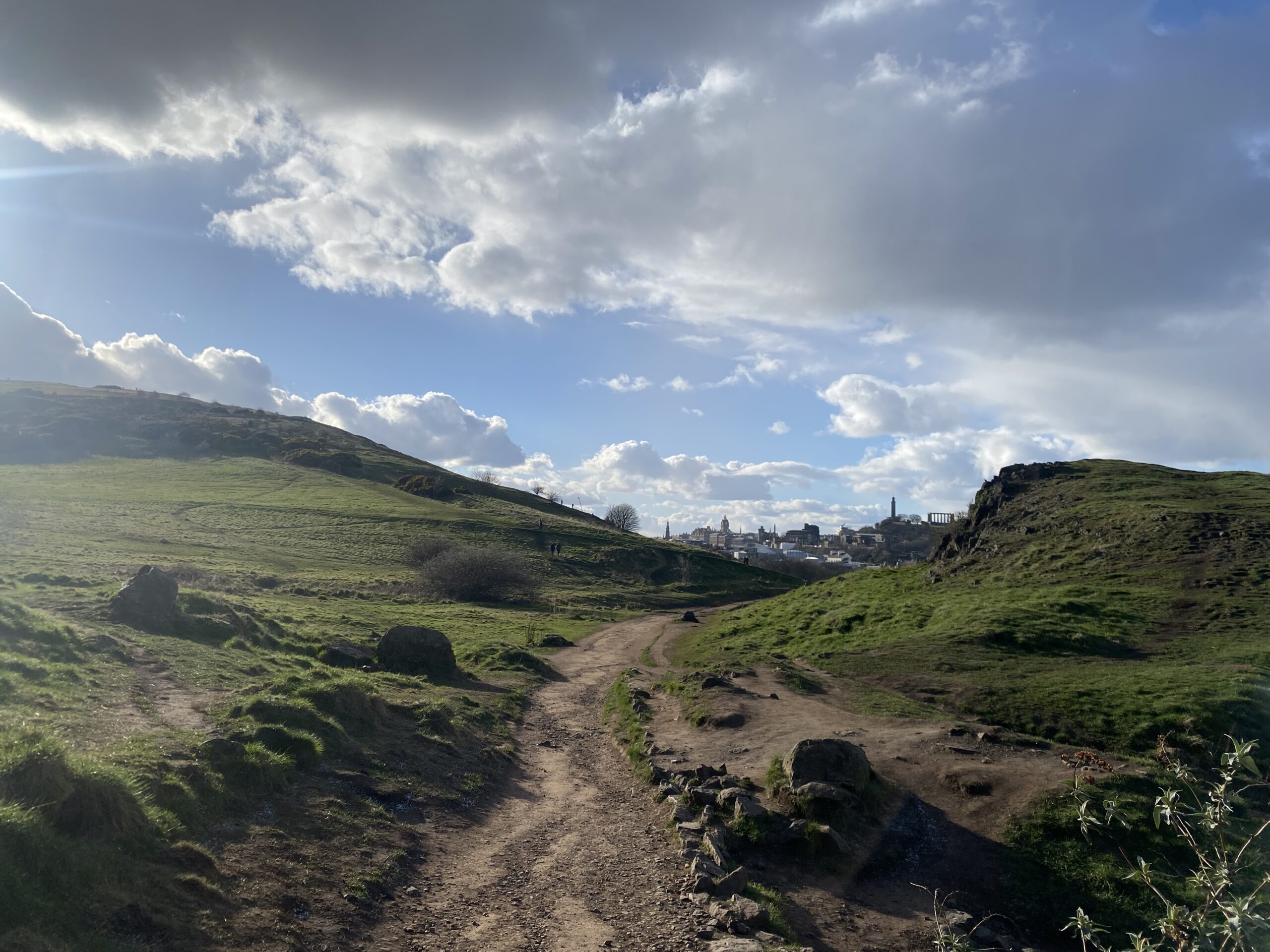
Walk the famous Royal Mile
Highlights: Museum of Edinburgh, Gladstone’s Land, Edinburgh Castle, historic walk.
Costs: Free!
Address: Start at Edinburgh Castle (Castlehill, Edinburgh EH1 2NG, United Kingdom), head towards the Palace of Holyrood Park.
The famous Royal Mile in Edinburgh’s Old Town is a beautiful walk through history. Just shy of 2 km, the walk should be taken at a slow pace in order to fully grasp the architectural beauty of the city. It was a former route of the old kings and queens of the Scots but has not been used for processional reasons since the 18th century.
The Royal Mile will take you through the touristy part of the city, with countless souvenir shops, pubs, and restaurants. If you are looking for a cheap beer at a pub, avoid this area at all costs! Expect inflated prices as it is the main area in Scotland’s most visited city.
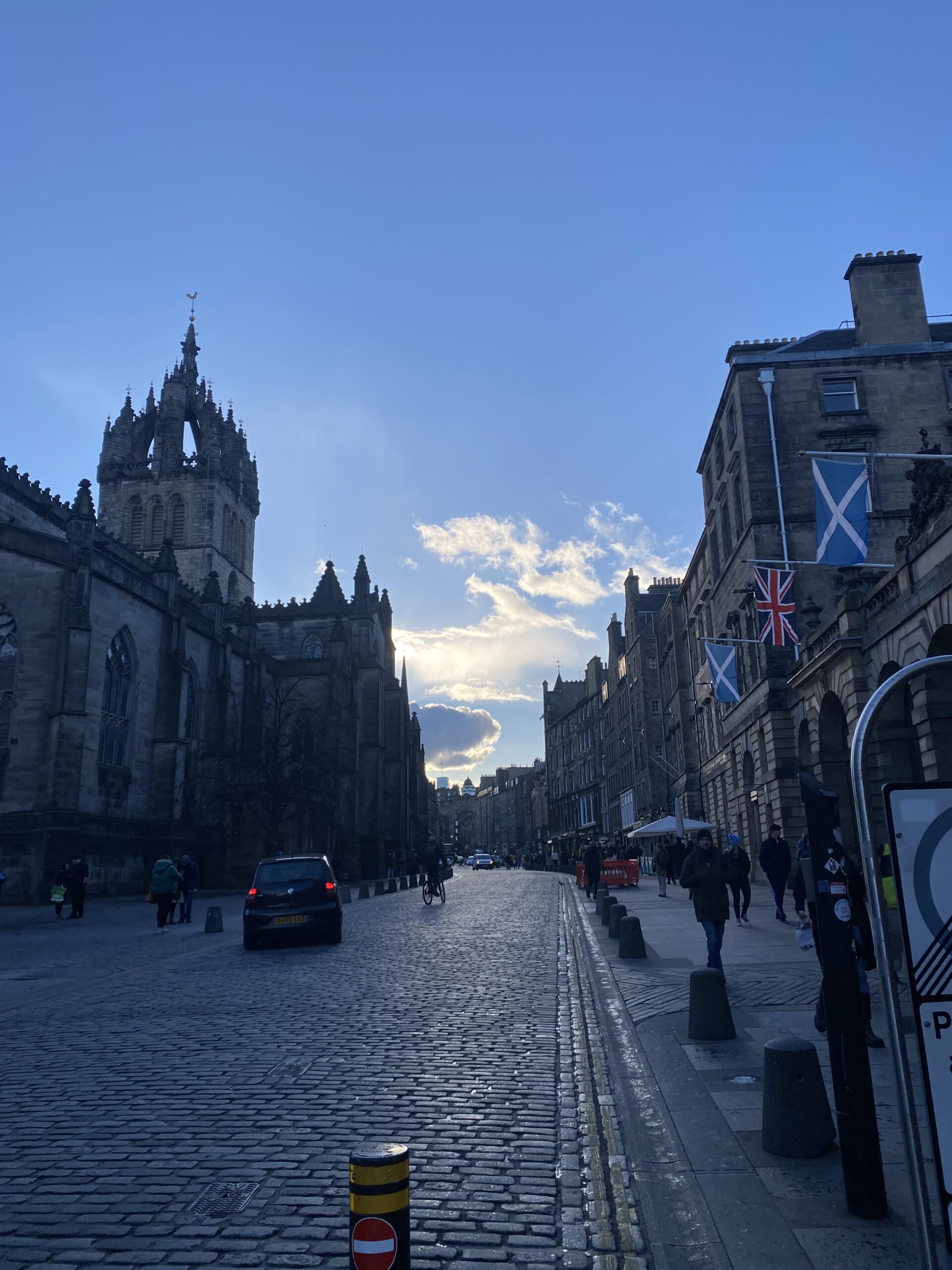
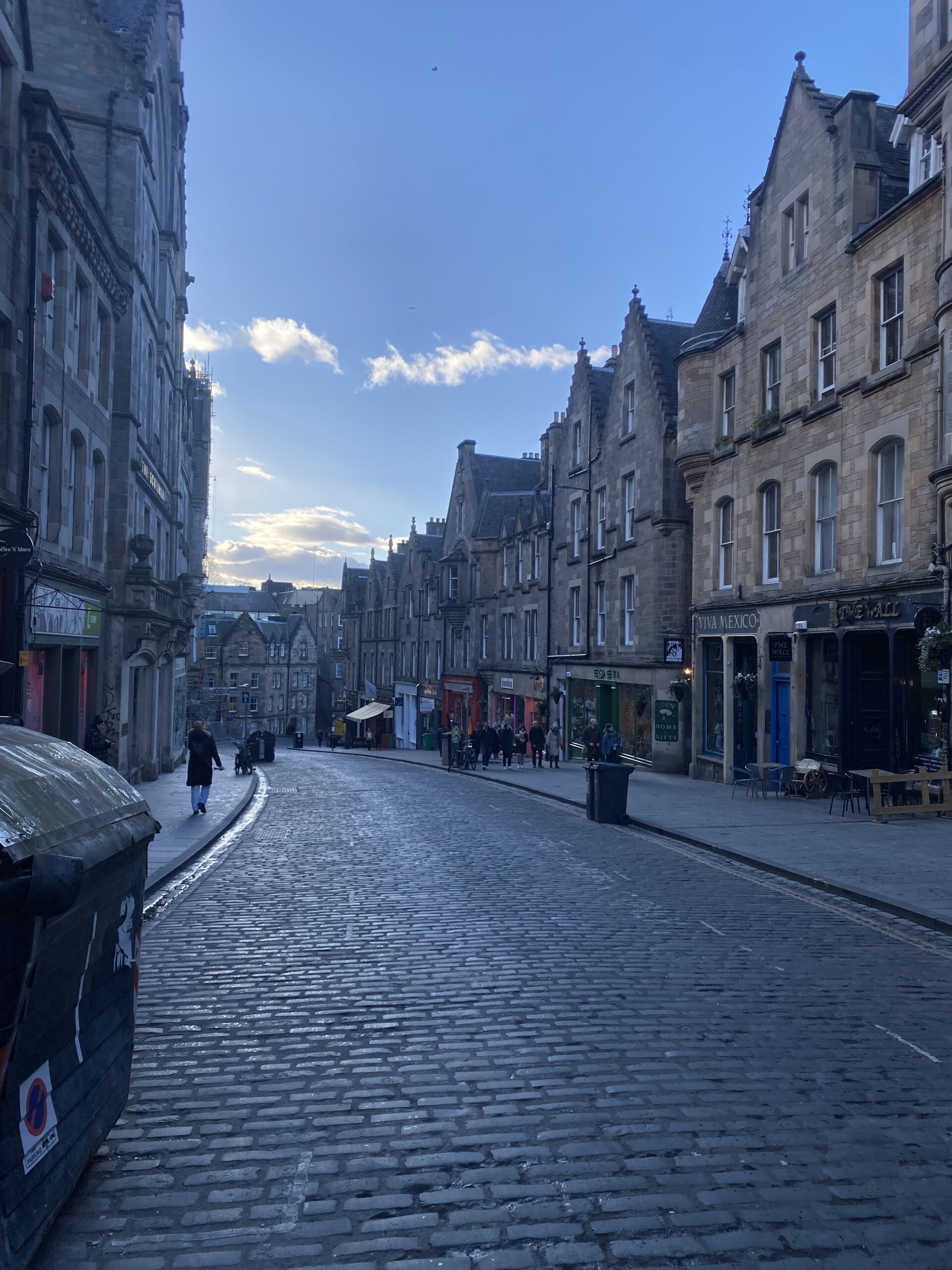
Check out the Sottish National Museum
Highlights: Windows of the World Exhibit, Scottish Natural World Exhibit, Kinetic Clock, cheap backpack lockers.
Cost: Free!
Address: Chambers St, Edinburgh EH1 1JF, United Kingdom
The Scottish National Museum is a free museum located in the Old Town in Edinburgh. It is a budget-friendly activity because it is free entry! The museum is massive, and it is smart to pick and choose which exhibits to spend your valuable time in.
I recommend checking out the Windows of the World exhibit. Although not necessarily Scottish-focused, it provides interesting insight on the global influence that the British Empire has on the world. The Scottish National World exhibit is also worth a shout because it has a collection of fascinating volcanic rocks that formed the region. Keep a close eye when you first enter the museum so you can gaze at the Kinetic Clock, a sizeable clock that is meant to represent both the failures and achievements of the 19th century.
*Travel hack: backpack lockers in the city cost between £6-10, but only £5 if you leave it at a self-service locker in the museum. Keep in mind closing hours! This makes it a good place to drop your bag and kill some time before checking into your hostel.
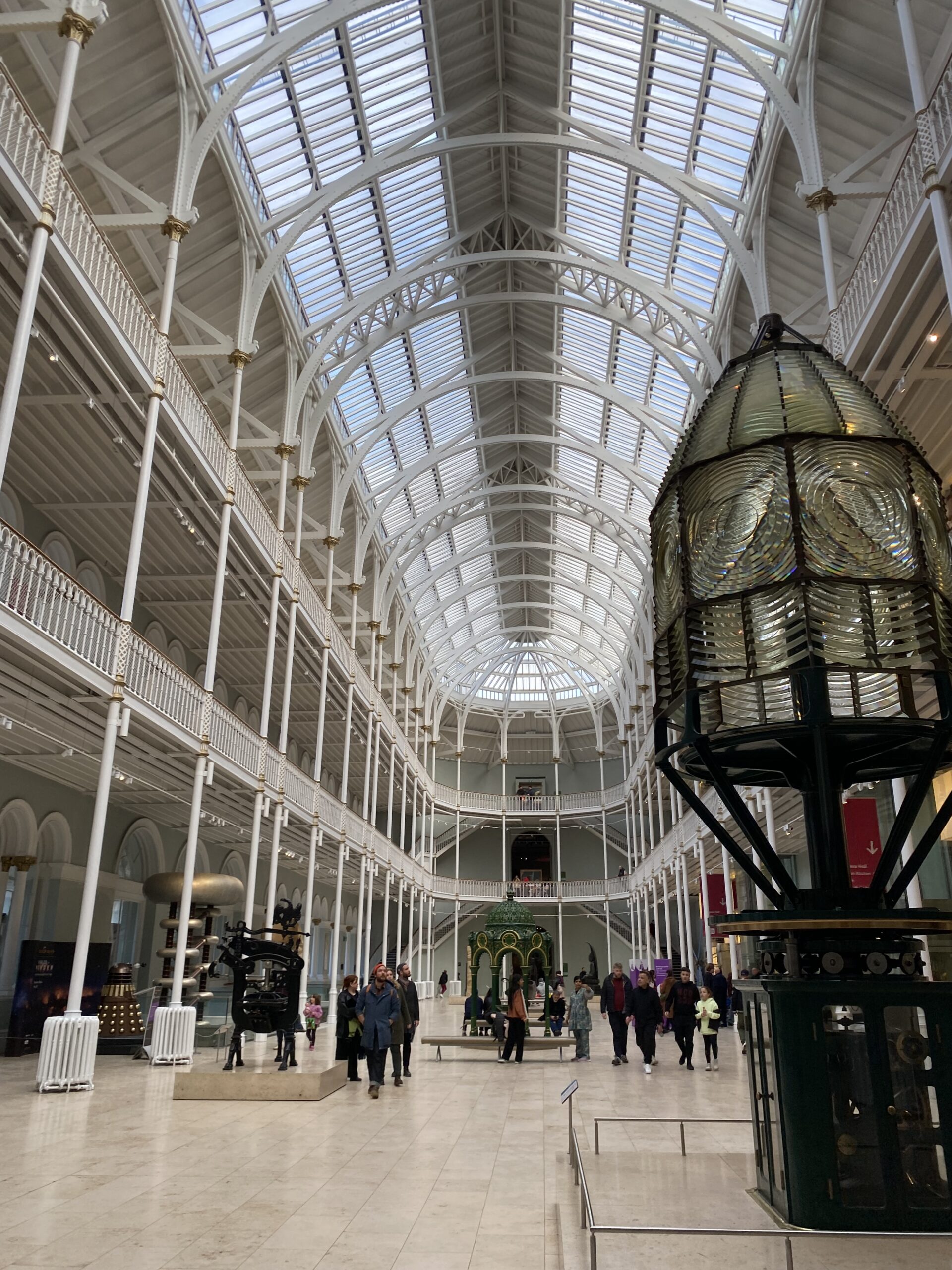
Gaze at historical artwork in the Scottish National Gallery
Highlight: Poussin’s 7 Sacraments collection, Rocco to Revolution, room, French Modernism.
Cost: Free!
Address: The Mound, Edinburgh EH2 2EL, United Kingdom
The Scottish National Gallery is a beautiful collection of artwork from all over Europe throughout history. The gallery starts on the ground floor and covers years 1300-1880. Each room is separated by a certain time period, taking you through time and how life was displayed through art as you walk through time. Make sure to check out Poussin’s 7 Sacraments (1644-1648), a room that is dedicated to the 7 holy rites of the Catholic Church. Another interesting time piece was the Rocco to Revolution time period display that shifted towards a more creative era with a splash of propaganda towards the end.
Once you got your fix of old art, upstairs covers more modern art from 1880-1900s. Still, quite old, but much more familiar as the grow of love for nature is displayed clearly. The mood upstairs is much more relaxing and cheerful following the French Modernism phase in art history.
Overall, the Scottish National Gallery should be at the top of any budget traveler’s list of things to do in Edinburgh. It is a free museum that takes you through history in the lenses of artists.
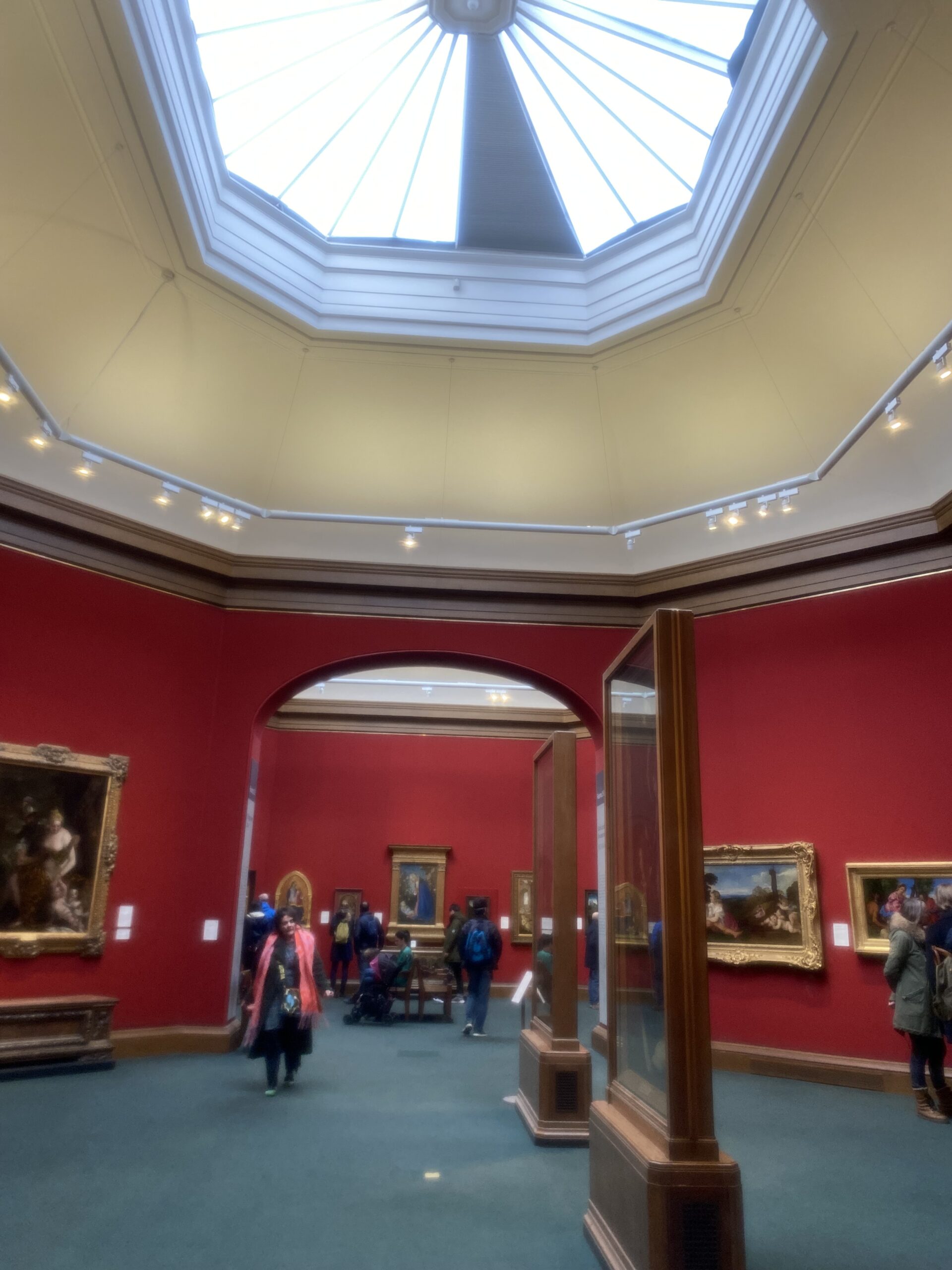
Dive into local culture at the Museum of Edinburgh
Highlights: realistic city models, National Covenant of 1638.
Cost: Free!
Adress: 142-146 Canongate, Edinburgh EH8 8DD, United Kingdom
The Edinburgh Museum is a newer museum in the Old Town that highlights history of the city specifically. Most of the other museums in Edinburgh provide general Scotland or United Kingdom history, making the Edinburgh Museum unique to local tradition and history. The museum takes you through time as it starts with the oldest recollections of Edinburgh, then takes you through the more recent developments of the new town as it explodes in population and development in the 1700s.
I enjoyed the National Covenant that is on display that called for all Scotts to band together against King Charles of England in 1638. It is a historic piece of writing that is well preserved for its age. There are also neat glass-cased displays of the layout of the city over various time periods, which I found particularly interesting.
The Edinburgh Museum will take you roughly 45 minutes to 1 hour to explore. This is another one of Scotland’s free museums, so it is a fun thing to do while traveling to Edinburgh on a budget.
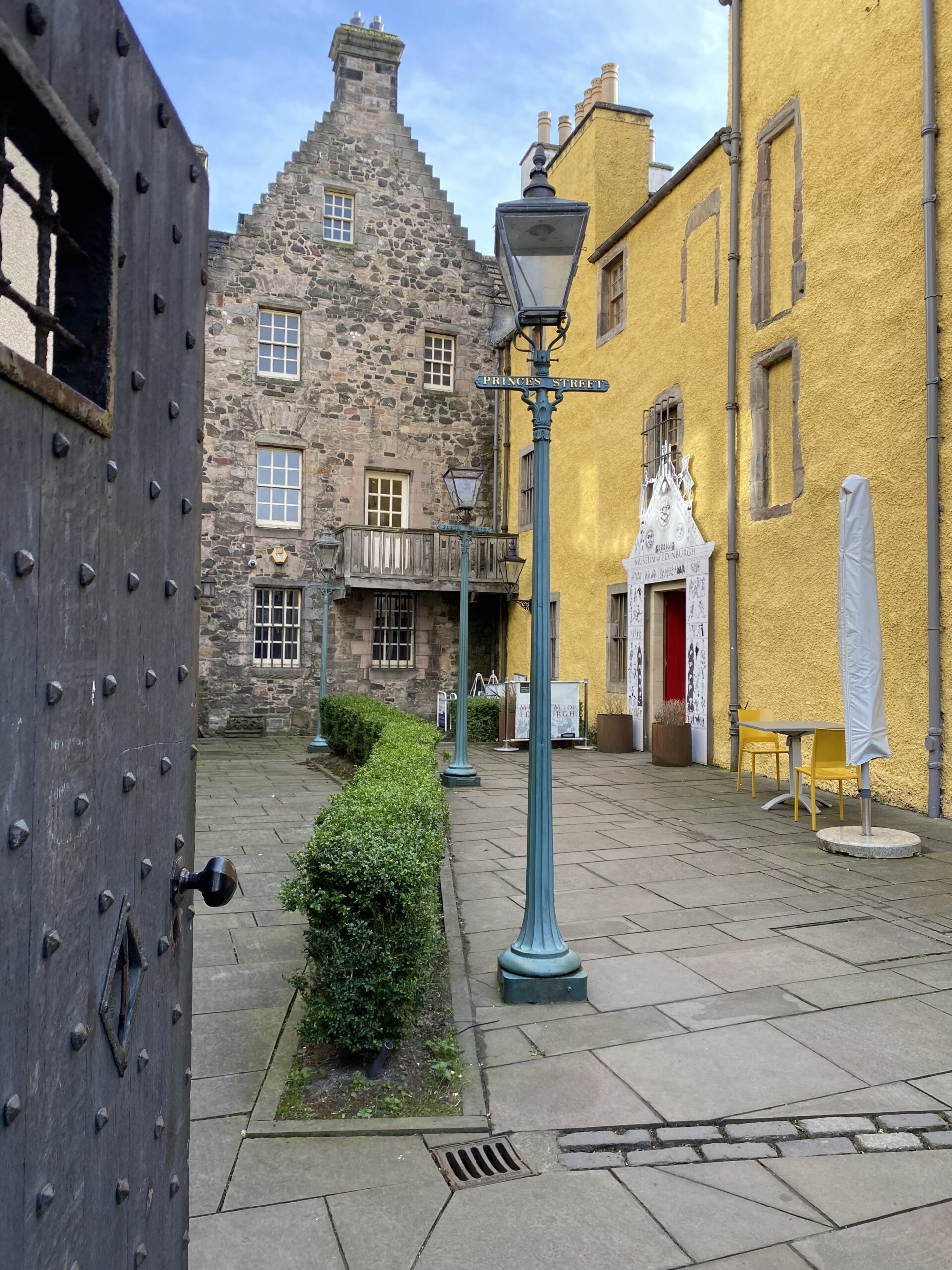
Visit some famous monuments with a view atop of Calton Hill
Highlights: National Monument of Scotland, sunset views of old town.
Cost: Free!
Address: Calton Hill, Edinburgh EH7 5BN, United Kingdom
Calton Hill provides a more intimate view of Edinburgh, as it is lower than Arthur’s Chair, but high enough to get a nice picture of the cityscape of the Old Town. It is also a beautiful grassy area that is quite relaxing or a city park. I recommend coming here for either a picknick or for the sunset.
Calton Hill is also home to some famous monuments that tower over the city. The most prominent monument is the National Monument, which commemorates the Scot soldiers who died in the Napoleonic Wars. It may look very familiar because it was built based on the Parthenon in Greece, helping it gain the title of the Athens of the North. Unfortunately, due to a lack of funding, the monument has never been finished, but looks beautiful nonetheless.
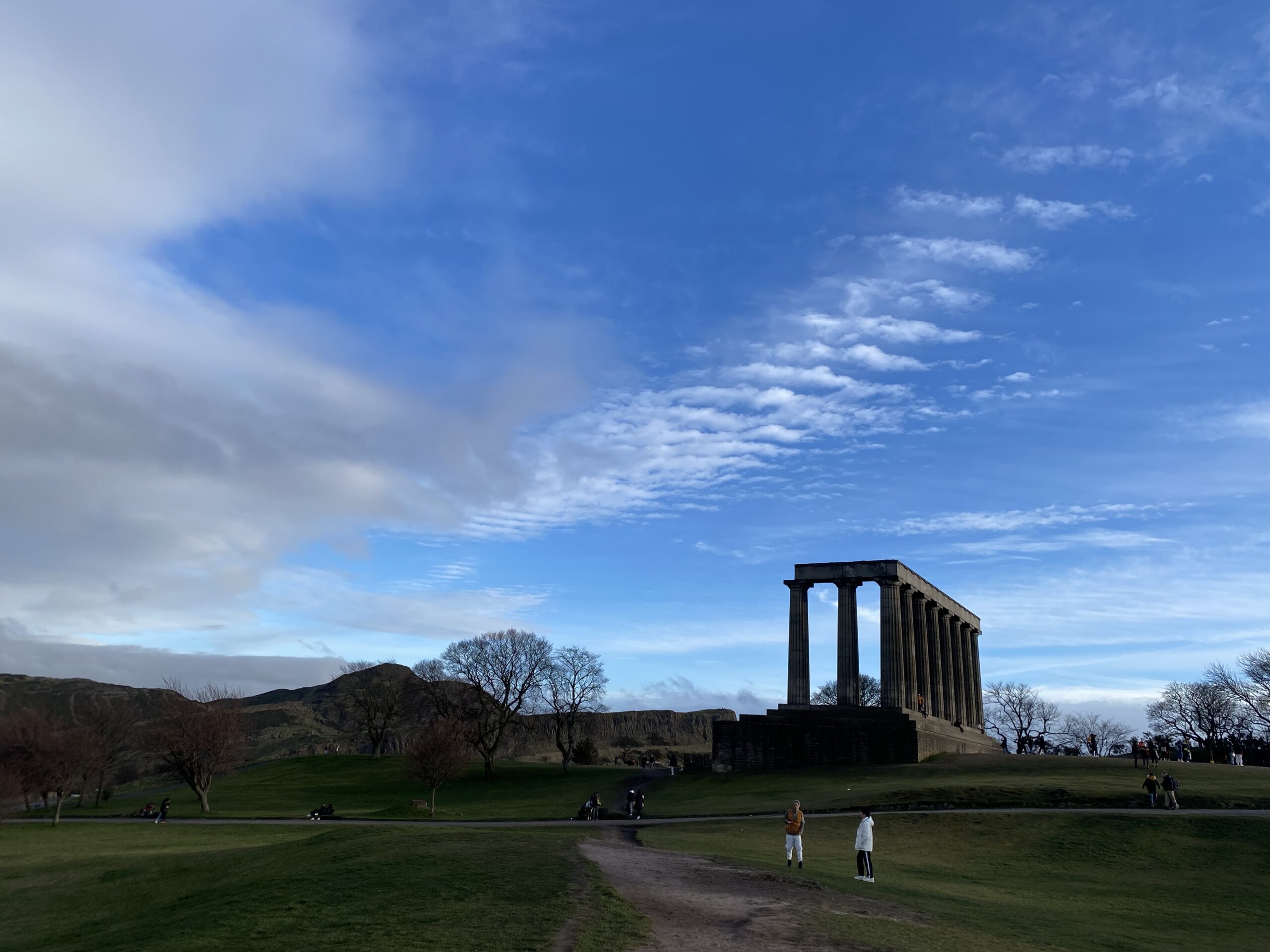
Take a day trip to either Falkirk or Stirling
Falkirk
Highlights: The Kelpies iron horses, Falkirk wheel
Cost: Cost of rental car, train, or bus. Entrance is free.
Address: Iron Kelpies (Falkirk FK1 1RA, United Kingdom), Falkirk Wheel (Lime Rd, Falkirk FK1 4RS, United Kingdom)
Falkirk is home to a famous canal shifter known as the Falkirk Wheel. It is located just northwest of Edinburgh. It connects the Forth and Clyde Canal with the Union Canal by a massive wheel rotation. Since the Union Canal is about 80 feet higher, Scottish engineers built the Falkirk Wheel in 2002 as part of the Millennium Link project. Falkirk is also home to the Kelpies, a massive horse head sculpture signifying the entrance of the eastern section of the Forth and Clyde. Falkirk is a bit hard to reach by train, as the monuments sit on different ends of the town. I recommend visiting this location with a car.

Stirling
Highlights: Stirling Castle, National Wallace Monument, Cambuskenneth Abbey.
Costs: £20 castle entrance, £20 train ticket to and from Edinburgh.
Address: Castle Wynd, Stirling FK8 1EJ, United Kingdom.
You can also visit a historic city just north of Edinburgh known as Stirling. Stirling is home to Stirling Castle, the National Wallace Monument, the Cambuskenneth Abbey, and more. You can easily spend a whole day at the beautiful castle, as it acts as a museum and is probably one of the coolest museums I have ever been to. I loved it so much that I wrote an article about it. A round trip train ticket to Stirling will cost you about £20. Make sure to buy your return ticket on the same transaction to save some money.
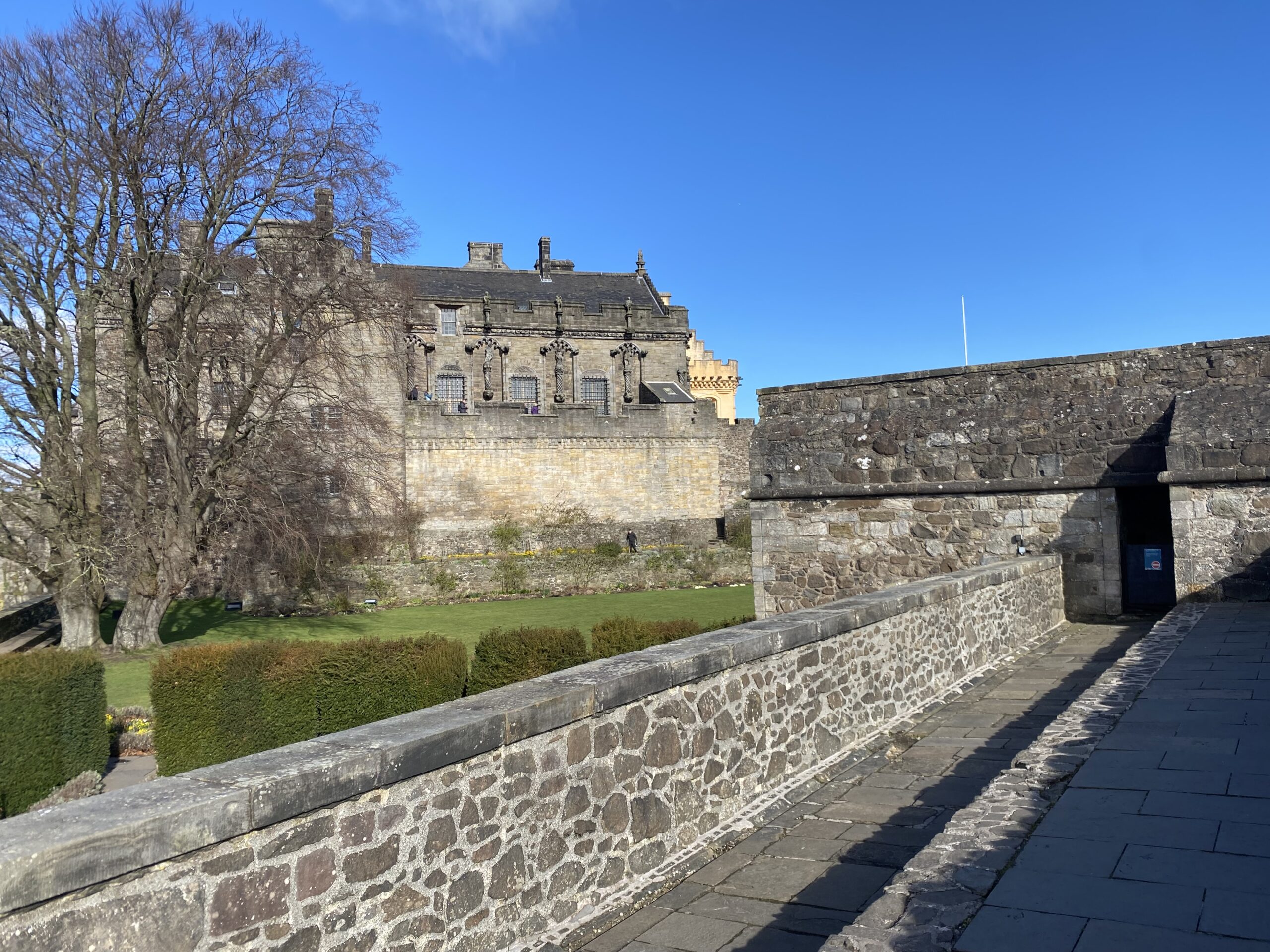
Take a train to Glasgow
Highlights: Live music, Glasgow Cathedral, Glasgow Necropolis, Kelvingrove Art Museum
Costs: ~£30 round trip train ticket, plus other expenses
Glasgow is the cultural hub of Scotland. Loaded with museums, art galleries, famous pubs, and music venues, Glasgow is worth more than just a day in Scotland. Edinburgh and Glasgow are two must-see cities when visiting Scotland. A train to Glasgow leaves every could of minutes and you can purchase your train tickets directly at the station at a kiosk. If you are making a day trip, make sure to purchase a round-trip ticket rather than 2 one-way tickets as it will save you a couple quid.
I recently spent some time in Glasgow, so I have a separate article dedicated to budget traveling in Glasgow.
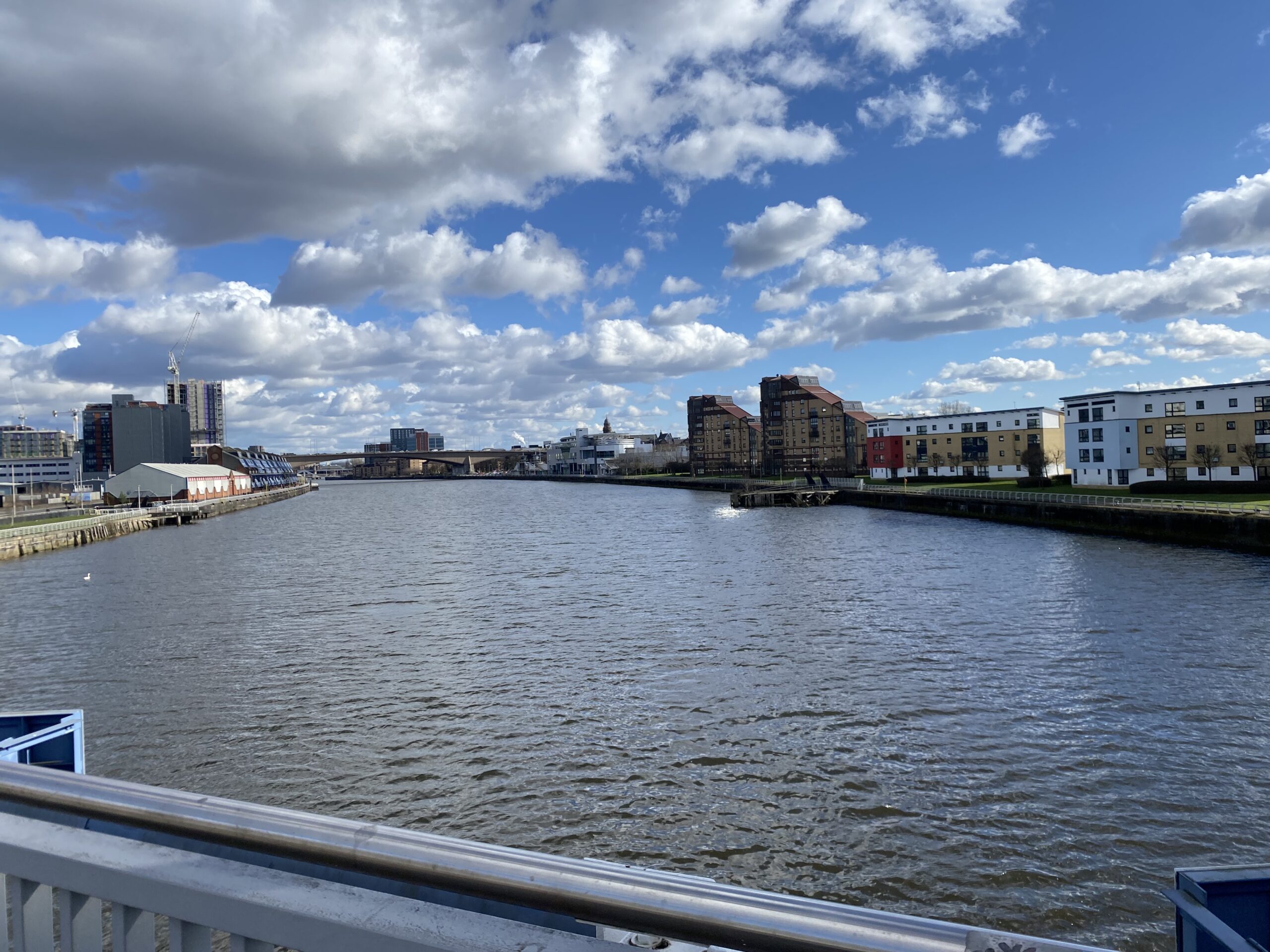
How to visit Edinburgh on a budget
Edinburgh is a budget friendly destination, but due to its popularity, it is generally more expensive than the rest of Scotland. The following sections will provide first-hand insight on how to visit this beautiful city on a budget.
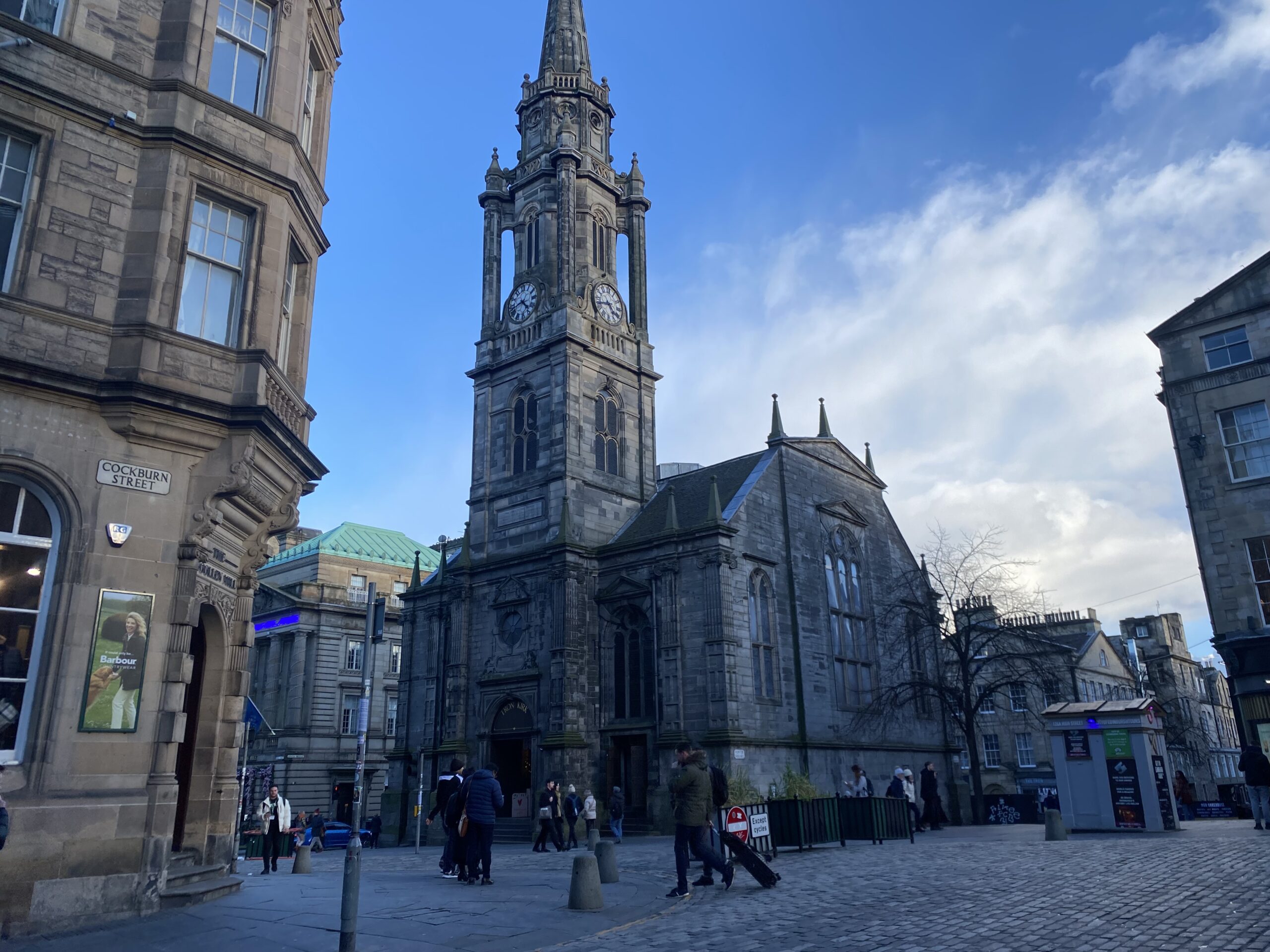
Accommodation
Staying in a hostel in Edinburgh is the best way to go as far as accommodation. Below is a list of the cheapest (not best) hostels in a list of the cheapest places I could find in Edinburgh.
- The Hostel (strange name, I know)
- Princes Street Hostel
- St. Christopher’s Edinburgh Original
- Argyle Backpackers
- St. Christopher’s Edinburgh Old Town
- Royal Mile Backpackers
Breakfast and lunch
Edinburgh does not have many cheap café options, but it still will not break the bank. If you want some quick food as you explore this city by foot, stop at a Gregg’s for a heated sandwich or pastry. Gregg’s is all over Scotland and is a smart option for any budget traveler. I also recommend stopping at one of Edinburgh’s countless Tesco Express stores. They offer a lunch meal deal that includes a sandwich, snack, and drink for only 3-5 quid. Generally, no one wants to spend loads on a posh sandwich for breakfast or lunch when budget traveling, so cut these unnecessary items to give you more time and money to see the rest of the city.
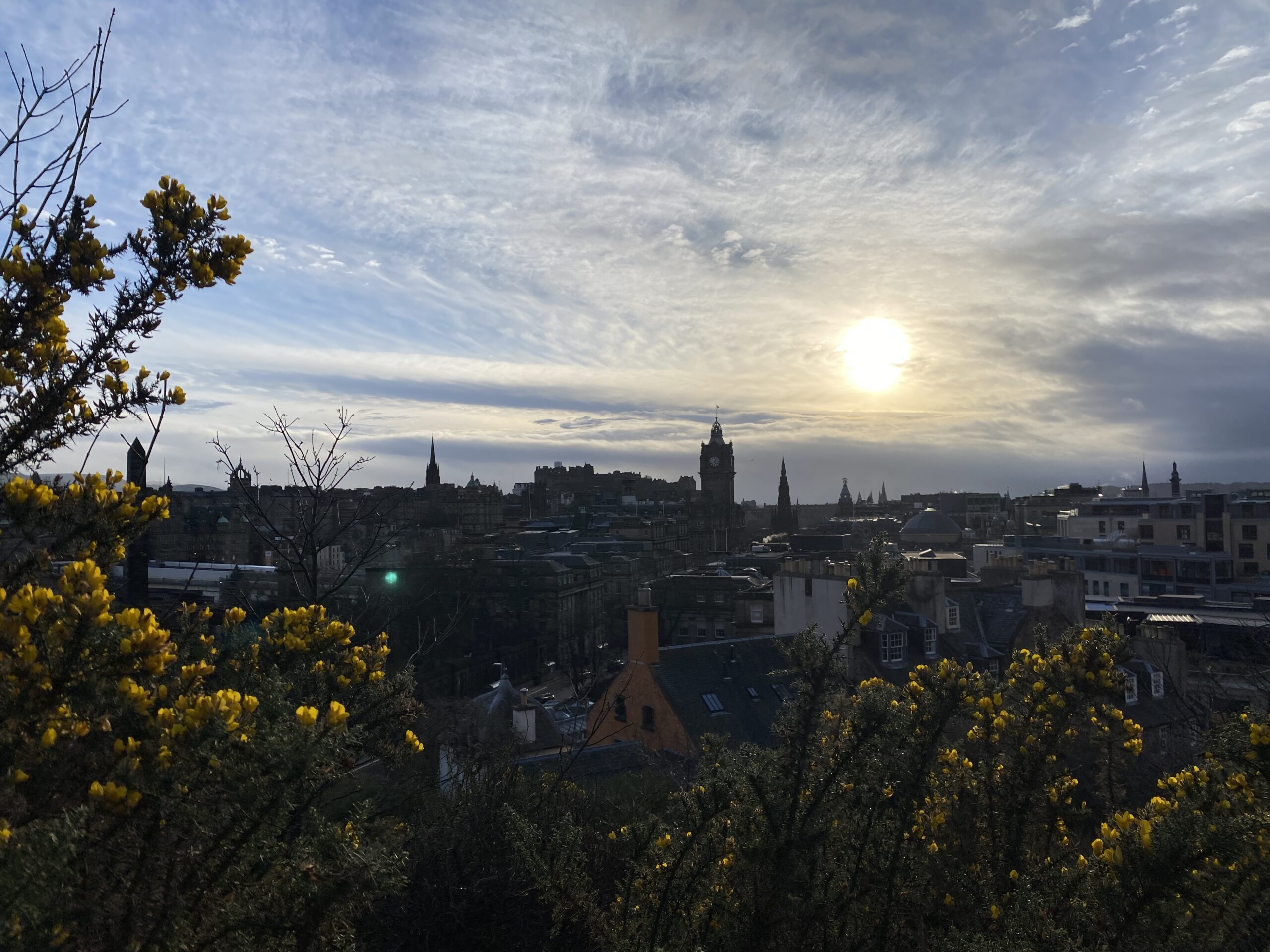
Public transport
Buses run frequently throughout Edinburgh but are a tad more expensive than other cities. Expect to pay a bit more than £2 each bus ride. I did not use the bus system in Edinburgh due the city’s walkability. The best way to explore this city is by foot, as the buildings are beautiful, and the general vibe of the city is quite scenic. Most of Edinburgh’s attractions are also within walking distance of each other.
In terms of getting to the city, Edinburgh’s airport is Scotland’s largest airport and is about 7.5 miles from the city center. You will quickly find a bus that costs about 4 quid to the center (called the 100 Airlink). You can purchase your ticket on the bus, but make sure to bring cash! Do NOT get lazy and pick a taxi. It will cost you too much and there are good public systems in place to take you safely where you need.
If you are coming from a neighboring city, check out the train schedule. ScotRail’s website provides accurate time. It is not necessary to buy tickets in advance, however, as there are ticket kiosks around the station that will cost the same. Overall, ScotRail ticket are not exactly budget-friendly, but they will be a better option than renting a car or taxi service. Be diligent and purchase any return tickets simultaneously, as it will save you nearly double than purchasing your return ticket later on.
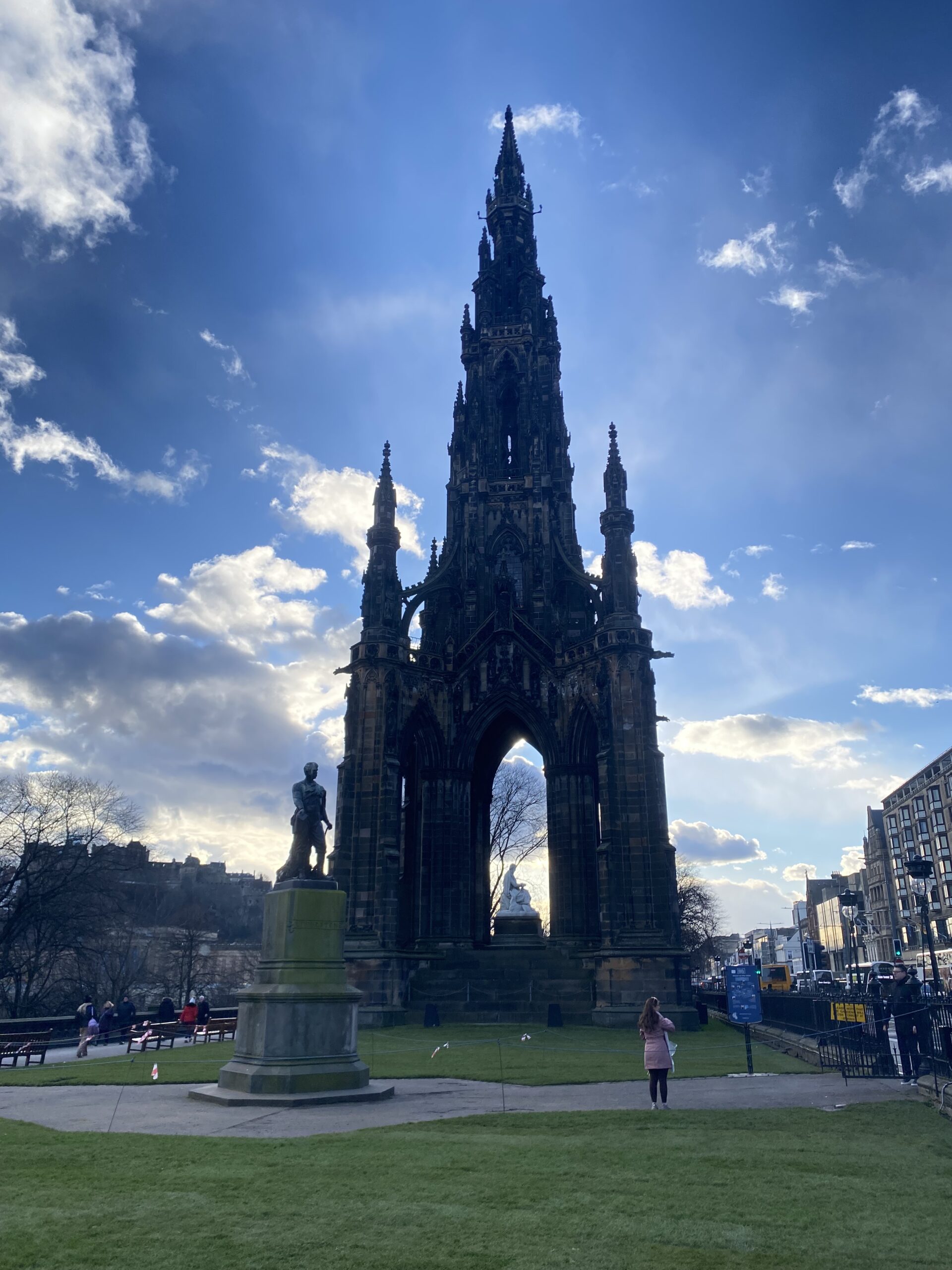
Attractions
As you can tell by this article, not many of Edinburgh’s attractions will break the bank. Many of the city’s museums are free! Do not hesitate to pack a full schedule of things to do. For an extensive list of more free things to do in Edinburgh, I recommend checking out Everything in Edinburgh’s website.
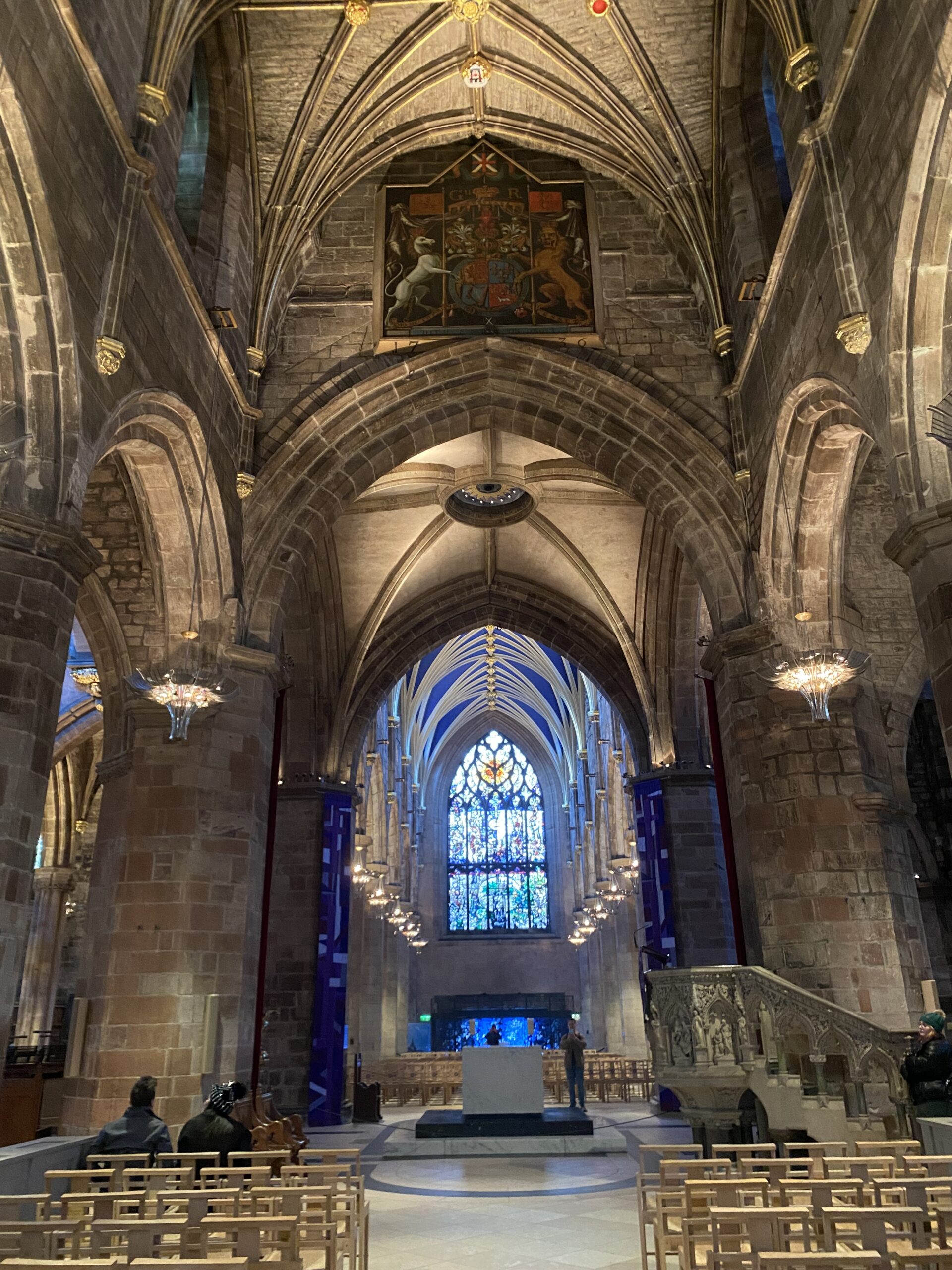
Conclusion
Edinburgh is a picturesque city with loads of free things to do. With pretty hikes, famous museums, and unlimited pubs, Edinburgh is an enticing backpacker’s destination. Just like the rest of the country
Scotland is a beautiful country with rich history and interesting culture. I cannot emphasize enough how special this country will make you feel as you come away with a meaningful cultural experience.
More from Scotland…
Introduction Berlin is an exciting and electric cultural hub that has a little bit of everything. The German capital has some of the best urban…
Introduction Berlin is full of cheap (and free) museums covering all topics of interest. The German capital had a fascinating recent history, making it a…
Introduction Stirling is a fascinating historical town. Situated at the crossroads of the highlands and lowlands of Scotland, it was a strategic location for the…
Introduction This article is a personal narrative on my 2-week road trip in Scotland. It includes 19 of the best places including Glasgow, Edinburgh, and…
Introduction Edinburgh is Scotland’s most visited city, and rightfully so. With loads of museums, hikes, and pubs, Scotland’s capital is unmissable. The city itself acts…
Introduction Glasgow is a lively city in western Scotland. This culture-rich city is full of loving and enthusiastic people. Glasgow is the cultural hub of…
